|
Life can come at you hard. One minute, you're meeting your goals, eating well, and getting all your scheduled workouts in; the next minute, the unexpected happens. It's easy to be thrown off track by family stress, work stress, or even an injury. You no longer have the time or the mental and emotional capacity, so you skip a workout. But then one missed workout turns into two, then two turns into three, and before you know it, your last time at the gym was three months ago. Life throws us curveballs that sap our motivation and force us off track; this is normal. There is nothing wrong with taking time to tend to other priorities when necessary. The problem is veering so far off track that you abandon your health altogether. Rough times are always going to happen. Something will always make it more challenging to get the day-to-day things done. But if you prioritize your health, you can find a way to ensure that tough times don't throw you back into unhealthy habits. Here are some ways to do that: 1. Find a way to keep it moving. Maybe your schedule has suddenly changed, and you can't make it to the gym to do your workouts this week. Is there something else that you can do at a different time? It isn't healthy to become so rigidly obsessed with your scheduled workout routine that you don't allow yourself space to be human. Ask yourself, "how can I still move?" 2. Scale it back. Can you still stick to your regular workout routine but do a bit less? Sometimes carrying a heavy mental or emotional load can feel like an actual physical weight that can hold us back from exerting ourselves too much. Going for a walk instead of your usual run or decreasing the weight you're lifting might make your workout feel like less of a struggle. If you can avoid veering off schedule, you can prevent starting a domino effect where you fall off track completely. 3. Channel your emotions. Sometimes tough times can make you run away from your workouts when you should be doing the opposite. The stress relief, mental clarity, and sense of confidence you get from structured exercise are often precisely what you need to face the world head-on. Finding a physical outlet for emotional energy will improve your mood and make you more resilient to stress. 4. Choose slower, kinder movement. Sometimes though, even strength training feels like too much. Sometimes, adding additional weight feels undesirable when there's a lot on your plate. In these moments, resist the urge to do nothing. Becoming sedentary may make you feel worse, especially if you stop moving for extended periods. During these times, seek out low-impact, rejuvenating, and restorative forms of movement, such as walking, yoga, or tai chi. Moving slowly, working consciously with your breath, and connecting to your body can help you feel more centered. 5. Go for a walk. Don't underestimate the restorative power of long walks in nature. Walking is the most accessible, gentle, natural form of exercise. Decompress. Breathe fresh air. Whatever you're going through, taking some time to yourself can bring you back to your center, invigorating you to continue with your usual workout routine. And don't feel like you're failing because you aren't sticking to your original workout plan. Walking is a valid and sufficient form of exercise. 6. Dance it out. Dancing is an excellent form of cardiovascular exercise and a great way to relieve stress. Like all cardio, dancing releases endorphins in your brain that make you feel good. Join a Zumba class, try some follow-along dance videos on YouTube, or put on your favorite playlist and freestyle. Dance connects you to your body in powerful ways. This concept is the idea behind dance/movement therapy, which uses dance to improve physical and emotional well-being. If you're feeling overwhelmed, dancing may be the answer. And don't worry about how you look while doing it; it's all about how you feel. 7. Ease back into it.
When you're finally ready to get back into the swing of things, don't try to go as hard as you did before. Depending on how much time you took off, you probably lost some of the conditioning you've built up along the way. Scale back a few pounds on the weights or shorten your mileage and start with an easier-to-manage workout. The last thing you want is to jump too eagerly back into your plan only to become discouraged because the exercise feels too difficult or you're too sore in the days after. 8. Pivot & evolve. Maybe your life has become too complicated and stressful to maintain the same workout schedule as before. Sometimes we're met with challenges that force us to toss out our plans entirely and come up with new ones. Don't be afraid to evolve. Find a new workout regimen that works better with your new reality. If something is preventing you from keeping up with running, the efficiency of an at-home jump rope workout routine may fit better. If you can't make it to the gym to lift weights, invest in a kettlebell or two and maintain your strength with at-home circuits. Use this as an opportunity to discover new, enjoyable ways to move. 9. Pursue a meaningful goal It's much easier to maintain your fitness in stressful times when you have concrete, meaningful goals that you want to attain. Find an activity that will drive you to want to succeed. This activity will also provide you with a mental outlet, giving you something other than your everyday troubles to focus on. Here are some goal ideas to keep you motivated and moving: "I want to be able to...
Find the goal that works for you, and get after it. The journey of working towards something new and the confidence you feel once you accomplish it can be life-changing. You may eventually find yourself more determined and capable of tackling life's challenges. 10. Find a fitness group. Joining a fitness group can help keep you active when life gets stressful. These people share your interests and goals, so they understand what's it like to lose motivation every once in a while. They can help keep you accountable while giving you a community space to decompress and take your mind off your troubles. Consider joining a running group, a spin or dance class, a CrossFit box, or any fitness group that fits your interests. 11. Cultivate discipline. If you ask regular exercisers how they maintain their motivation to stay active when life gets rough, they'll tell you that it isn't motivation at all; it's discipline. Prioritizing your health means getting up and moving your body, even when you don't want to. Life can get tricky. But preparing for these moments can help soften the blow and make things much smoother. Making physical activity a regular part of your day-to-day life can put you in the mental, emotional, and physical state necessary to conquer life's obstacles.
0 Comments
As we all learn to live with COVID-19, it's crucial to have the right tools for taking care of ourselves. Our immune systems are complex, and how well they operate depends on several factors, many of which are within our control. Our day-to-day lifestyles directly impact the health of our immune systems. Making healthy changes to our daily habits can significantly impact our ability to handle all diseases, including viral and respiratory ones. It may seem all too simple, but the resilience of our bodies depends heavily on how well we nourish ourselves and how often we exercise. How Diet Impacts The Immune SystemWhen it comes to supporting a healthy immune system, diet matters. A well-functioning immune system needs a wide variety of macro and micro-nutrients. Macronutrients such as carbohydrates and fats provide the fuel our immune cells need to carry out their duties. Proteins, which are also macronutrients, are broken down into amino acids, the building blocks for generating new cells and essential immune system components such as RNA, DNA, antibodies, and cytokines. Micronutrients include antioxidants such as vitamins A, C, and E, zinc, selenium, and plant polyphenols, which help fight inflammation and oxidative stress, preventing viral and bacterial infections and diseases such as cancer. These and many other micronutrients play specific roles in various anti-viral, anti-bacterial, and anti-inflammatory functions, making them crucial in our diets. Processed, fried, and fast foods are pro-inflammatory and often deficient in essential micronutrients. Imbalanced diets that include too many of these foods compromise the ability of the immune system to protect against invaders. However, whole, unprocessed foods are rich in the nutrients necessary to keep our immune systems strong. In particular, plant foods (fruits, vegetables, nuts, beans & legumes, seeds, mushrooms, herbs, and spices) are vital. They are potent sources of the nutrients necessary for modulating the immune system. They're also the only foods containing fiber, which feeds gut bacteria that also help regulate the immune system. Not having enough plant foods in the diet can lead to underlying nutrient deficiencies, making it harder to fight off infection. Studies published during COVID-19 found that nutrient-dense plant-based diets were associated with better health outcomes. The COVID Symptom Study surveyed 592,571 participants and found that diets with the most fruits, vegetables, and other plant foods were associated with a 41% lower risk of severe COVID and a 9% reduction in infections at all. Another study found that people who followed plant-based or pescatarian diets rich in vegetables, nuts, and legumes had a 73% lower risk of severe COVID-19. In contrast, those who ate low-carb, high-protein diets were 48% more likely to experience severe illness. Incorporating nutrient-rich plant foods while avoiding red and processed meats (which can be pro-inflammatory) can be protective against the worst outcomes of COVID-19. Supporting The Immune System With ExerciseOf course, a healthy lifestyle is about more than just what you eat - it's also how much you move. Science also supports the notion that exercise can impact your ability to handle infections. A recent study in the British Medical Journal directly measured the physical activity of 65,361 adults, all of whom had a COVID-19 diagnosis. Researchers sorted them into groups based on low (less than 60 mins/week), moderate (60-149 mins/week), and high activity levels (more than 150 mins/week). The highly active participants were less likely to be hospitalized, had lower ICU admission rates, lower rates of ventilation, and lower rates of death compared to those who were less active. People who were highly and moderately active fared significantly better with COVD-19 overall, suggesting that exercise has a protective effect. This protective effect was seen even in those with chronic medication conditions. This study is just the latest of many that show that physical activity makes a huge difference in health outcomes from infections and diseases. A 2011 study compared participants with upper respiratory tract infections and found that those who regularly did five days or more of cardiovascular exercise had shorter, less severe infections. This finding suggests that lack of exercise can cause seasonal colds, flu, and other respiratory viruses to be longer and more severe than they have to be. One review covering over 170 studies found that regular moderate-to-vigorous activity is essential for a healthy immune and inflammatory response. The science is clear: sedentary lifestyles leave people at risk for more prolonged and severe viral infections, from influenza to COVID-19. So how, exactly, does exercise improve the immune system? Almost half of the human body is muscle. When we contract these muscles via movement and exercise, they release proteins vital for regulating various biological processes. These muscle proteins, called myokines, are involved in hundreds of different functions, including helping muscle growth, supporting glucose metabolism, and regulating the immune system. Myokines have an anti-inflammatory effect and help maintain homeostasis between B and T cells. Each bout of exercise produces these B and T cells, which are crucial to a healthy immune system. B cells attack invaders such as viruses, toxins, and bacteria, while T cells attack the cells in our body that have already become infected or cancerous. Studies have found that exercise increases the proportion of healthy, anti-inflammatory cells while decreasing the accumulation of cells that have become defective and cannot perform optimally. The optimal performance of these cells is what keeps our immune system in tip-top shape, ready and able to mount a strong defense against possible invaders. When we don't move enough, we rob ourselves of opportunities to strengthen and maintain our immune system through muscle contractions. Going on a brisk, 30-minute walk each day or weight training 2-3x per week can help fortify your immune system. Even doing yoga a few times per week can be beneficial. While it may not prevent you from catching COVID-19 or any other viral infection, it will significantly reduce the severity and your risk of needing hospitalization. Other Lifestyle FactorsIn addition to diet and exercise, getting adequate sleep, staying hydrated, and managing stress can all help to keep our bodies healthy, making us more resilient against all kinds of illness and disease.
Infections and diseases can be scary, often causing feelings of hopelessness. But you have more power than you think. Your daily choices can make all the difference in how well your body can fight off whatever comes its way. "Diabetes runs in my family; it's only a matter of time until I get it." "Everyone in my family has high blood pressure; it's in our genes." "He eats everything he wants and never gains weight; he must have good genes." "My entire family is overweight; I'm never going to be smaller than this." Popular media has given many of us the impression that our genes are our destiny. But what message does this send us about the control we have over our health? If an illness or ailment is "genetic, " people automatically think, "there's nothing I can do." But in the case of the most common diseases, this is simply not true. Our genes can tell us about our predisposition - that we are at increased risk for certain illnesses, but not that we are destined to get them. Environmental factors, such as the air we breathe, the amount of movement we do, and our diet, can affect how our genes express themselves. This phenomenon is called epigenetics. In the simplest terms, epigenetics is the study of how the environment shapes the function of our genes. And while "environment" can mean a whole host of things, the environmental factors that we have the most control over are the amount of exercise we get each day and the food we put directly into our bodies. When it comes to the world's leading diseases, behavior trumps genetics. Food, in particular, can make a huge difference. Your body is constantly attempting to repair and renew itself. When you feed yourself, you provide your body with the fuel and nutrients necessary to remain healthy. These hundreds of vitamins, minerals, phytonutrients, and other vital compounds help the body resist disease. Phytonutrients, the bioactive compounds found in plant foods, assist with repairing DNA, suppressing cancer cell growth, inhibiting inflammation, etc. These phytonutrients promote immunity and reduce excess free radicals that cause inflammation and promote the progression of illnesses such as heart disease and cancer. Over-eating inflammatory foods (fried, highly processed, refined) while not eating enough nutrient-dense foods (fruits, vegetables) can leave your body vulnerable to various diseases, even if you aren't genetically at risk. For example, genetics only accounts for about 10% of cancers. The overwhelming majority arise from a combination of different lifestyle and environmental factors - the same factors that the nutrient compounds in food attempt to protect us against every day. Exercise is another important environmental factor that can affect how genes express themselves. In one study following 23 men, researchers took cell samples before and after participants began going to aerobics classes twice a week. After six months, researchers found changes in 7,000 genes, including positive changes in genes linked to obesity and diabetes. Researchers found fascinating genetic differences in another study comparing 14 sets of twins, one with diabetes and one without. In the twins with diabetes, researchers found unfavorable changes in the genes associated with inflammation and fat and glucose metabolism. Researchers believed this was due to differences in lifestyle between the two twins. While these studies were small, much of the research into the topic thus far highly suggests that differences in lifestyle can be the critical difference between favorable and unfavorable expressions of genes. Your day-to-day habits matter more than your genetic blueprint. If you've ever thought, "why is my entire family overweight?" or "why do we all have diabetes?" do you also share eating and exercise habits? Think about it: behaviors tend to run in families. We learn our dietary habits from the people who raise us. Sharing unhealthy meals and sedentary lifestyles can trigger each individual's genetic predisposition toward certain illnesses. Hence why, it's common to see children and grandchildren begin to develop the same diseases as their elders. This can also extend outwards to communities, where people who don't share genetics still share many of the same lifestyle-related diseases. Genetic predispositions can tell us a lot about how we need to operate in the world to maintain good health. If, for example, your grandparents and parents have high blood pressure, you may not be able to eat as much sodium in your diet as other people. If heart disease runs in your family, it's even more critical for you to improve your diet and maintain a fitness routine to take care of your heart. In other words, your beliefs about your genes shouldn't leave you feeling helpless and hopeless. Most risk factors for major diseases, such as high blood pressure, obesity, and hyperglycemia, are all modifiable, meaning they can be changed. Your behaviors - what you eat, how much you eat, how much you move, how often you exercise - can make all the difference, regardless of your genes.
Don't get me wrong. There are some cases where we can't outrun our genetics. But the top global killers, such as heart disease, diabetes, and high blood pressure, are lifestyle-related diseases. Your health outcomes depend more on what you can control than what you can't. So if you fear that your genetics will cause you to inherit the illnesses of the people around you, know that engaging in healthy behaviors can more than likely prevent it. You have more power than you think. Action Plan:
When you're trying to lose weight, it isn't just structured exercise that matters. Your overall activity level contributes significantly to the amount of energy you burn throughout the day. It's referred to as NEAT: Non-Exercise Activity Thermogenesis. While many people try to burn lots of calories through exercise, the calories we burn by just moving more throughout the day can make a huge impact. Some people naturally activate NEAT and feel more energetic when they eat excess calories. In response, they tend to fidget more and feel the urge to move around more. But some individuals don't activate NEAT in the same way, and rather than burning off the extra energy, it's more likely to be stored as fat. Some studies suggest that the ability to activate NEAT accounts for the difference between people who can eat similar diets but do not gain weight in the same way. Genetics may account for this. Those who tend to gain more weight show alterations in their hormonal activity, nervous system response, blood sugar response, and hunger/satiety signals. The good news is that behavior can override genetic dispositions. You may not be the person who naturally can't sit still and always feels the urge to move more throughout the day. However, you can still consciously activate your NEAT by building the habit of moving more. Being more active in general is a painless way to lose excess weight and improve your health in many ways. Because walking is a simple, low-impact activity, it's something that you can often do in small doses throughout your day. Some people like to track their steps throughout the day, aiming for a particular number goal, usually 10,000 steps. However, you can start seeing positive health results with just 5-7,000 steps. Whether you choose to track steps or not, the goal is to make walking something you naturally do often, without even thinking about it. By gradually finding more ways to walk during your day, you'll increase your overall activity levels, contributing to your overall calorie burn. You'll also reap several other benefits, such as increased energy, improved mental clarity, better circulation, etc. Here are some ways to get in more walking as you go throughout your day: 1. Take walking breaks. We've all had those moments where we get so caught up in what we're doing that time speeds by, and suddenly we've been sitting for three hours straight. Long, sedentary moments like these make it harder to lose weight and contribute to poor circulation and increase the risk of blood clots. Try setting an alarm on your phone to take regular ten-minute walking breaks throughout the day. 2. Post-meal walks. The perfect time to take a walk is right after a meal. If walking for an hour at a time doesn't appeal to you, then taking a twenty-minute walk after each meal will improve your digestion while also burning calories. 3. Take the stairs. I know; this one has become something of a cliche. But if the goal is to move more, then taking the stairs is the perfect opportunity to work towards that goal. Taking the stairs is more challenging than walking on a flat surface, so your glutes, quadriceps, and core muscles have to work harder, boosting overall energy expenditure. According to Duke University, you can lose up to six pounds in a year simply by climbing two flights of stairs each day. 4. Create a walk-only range. Pick a distance from your home that's challenging yet doable, such as a half-mile or mile. If whatever you need to do is within this distance, choose to walk instead of driving or taking public transportation. 5. Drive partway to your destination. This one's perfect for those events that you're dreading. Park your car a half-mile away (or whatever distance you choose) and walk the rest of the distance. It'll give you time to breathe, calm your mind, and gather yourself before the event. 6. Choose the farthest parking spot. Most people clamor for the parking spots closest to the entrance. Make it a habit to do the opposite: choose a parking spot away from the fray. 7. Take many little trips. It's normal for humans to want to be efficient and conserve energy. That's why we're inclined to try carrying all twenty-five grocery bags at once instead of trying to make multiple trips. But with all the technological advancements we've made over the years, we've become efficient enough not to need to leave the couch much. Because of this, we have to make a conscious effort to move even when we don't necessarily have to. Instead of depriving yourself of movement, try taking in those grocery bags one at a time. 8. Invest in a treadmill desk. If you spend many hours a day on a computer, you probably don't get enough opportunities to move. So why not multitask? This mom of three lost fifty pounds by walking on a treadmill while working. This is an excellent way to painlessly incorporate more movement into your day if you work from home. 9. March in place. Most of us have found ourselves sitting on the couch binge-watching Netflix. Try standing up and marching in place for an episode. Marching in place may seem silly, but it can actually be quite beneficial, and it's much better than sitting still for hours.
10. Go on walking dates. Hanging out with a friend or family member? Instead of just chilling on the couch, why not go for a walk? You can walk when taking long phone calls. Finding more reasons to walk throughout the day is the perfect way to increase your non-exercise activity. Our modern lifestyles have made it extremely easy not to move and eat way more calories than we need. This disrupts our metabolisms and puts our health at risk. To lose excess weight and promote good health, we need to move more, and walking is the perfect way to do that. Walking is excellent for your physical, mental, and emotional health. It's also one of the most effective and painless ways to achieve and maintain weight loss. So every couple hours or so, take a moment, stop what you're doing, and walk a little. Not only will you shed excess weight, but you may also find that you're more energized, more positive, and more productive throughout your day. Many people underestimate how effective a consistent walking routine can be for weight loss. Strolling at an average walking pace is sufficient for achieving weight loss as long as it's long enough and frequent enough. Thirty minutes to an hour a day of walking can make a massive difference for most people. But if you've hit a plateau or want to burn more calories, you'll have to increase the intensity. Here are some fun and effective ways to get more out of your walk to achieve weight loss. 1. Take longer walks. The easiest way to boost the calorie burn of your walk while still keeping it low-intensity is to simply walk for longer. However, because longevity is the key, don't attempt to do daily hour-long walks if you know that you'll feel less motivated to do them in a couple of weeks. Remember, the most effective workout is the one you'll actually show up for. 2. Pick up the pace. If you aren't too keen on long walks, there's still a lot that you can accomplish in thirty minutes. Walking briskly and swiftly means expending significantly more energy than simply strolling. Walk fast enough to get your breathing and heart rate up a bit, but you're still able to carry on a casual conversation. Over time, you can push yourself to go faster to really break a sweat. 3. Walk to the beat. Put on a playlist full of high-tempo music that makes you want to dance and challenge yourself to walk to the beat. You can put in a serious amount of work in thirty minutes without even realizing it. 4. Power walking intervals. Interval training is an effective way to lose weight, even when walking. Adding short bursts of speedy power walking to your steady stroll can increase the efficiency of your walk. Try this: Every couple of minutes, speed walk for about thirty seconds. If your heart is pumping and your breathing is slightly labored, you're doing it right. 5. Take the hills. Adding an incline to your walk requires greater recruitment of your gluteal, quadriceps, and core muscles. This increased intensity boosts the amount of energy you expend, turning your walk into a muscle-strengthening, calorie-burning workout. Find some hilly terrain for a hike, or turn up the incline on your treadmill. 6. Take the stairs. Can't find any hills? You can instantly boost the intensity of your walk by finding a set of stairs and going up and down a few times before continuing along your way. 7. Add some calisthenics. Find a park bench or a sturdy, elevated surface and do some push-ups, dips, squats, and lunges. Add some high knees, jumping jacks, or mountain climbers for some high-intensity movement. Bonus points if you do these after a few flights of stairs! 8. Pile on the resistance. Your body weight is likely more than enough to do the job, but if you're looking to really boost the burn, try adding more weight. You can keep it simple with a set of two-pound hand weights, or if you're looking for a real challenge, add a weighted vest.
9. Go backward. Backward movement is becoming more popular thanks to the popularity of the Knees Over Toes Guy. Walking backward can help strengthen the joints and ligaments in your ankles and knees while also hitting muscles that may not get much attention during a regular walk. 10. Make it fun. Having a supportive friend with similar goals can push you to do more than you'd typically do on your own. Grab a buddy and turn your morning walk into a speed walking race! This is also a fun activity to do with a child. Challenge each other to keep up, and your walking session will feel more like playtime than exercise. Remember, the best long-term weight loss plan is to find forms of movement that you love. Don't be afraid to boost the intensity of your walk now and then, but consistency matters more. Taking a simple thirty-minute stroll every day will benefit you much more than a power walk with calisthenics every couple of weeks. If you're looking to find the perfect balance, working with a coach can help you create a fitness plan that works best for you.
While I've tried and enjoyed numerous forms of exercise throughout my weight loss and fitness journey, walking has been the easiest, most consistent, and most reliable way to lose excess fat. It's such a simple and common task that most people don't realize how effective it can be as a weight-loss tool.
The biggest misconception about exercising is that it must be vigorous and soul-crushing to be effective. This belief often saps people's motivation to exercise before they've even begun. Overzealous and aggressive exercise also leads to injury, as people often earnestly attempt to "go hard" before their body is ready. But there is no need to risk injury to start seeing results. What's important is that you get yourself moving - consciously, mindfully, and frequently - and the easiest way to do this is by walking. So if you've got a lot of weight to lose, don't feel pressured to start running immediately; you can achieve a lot by simply going for a walk. Benefits of Walking for Weight Loss
Walking is easy on the joints.
When many people think of exercise, they envision lacing up a pair of sneakers and going for a run. While running does have its benefits and burns a ton of calories, it isn't the best form of exercise for people whose bodies are just getting off the couch. Running is a high-impact activity that requires good movement patterns and form. If you're carrying extra weight, the impact of running on your joints and ligaments increases exponentially with each pound. It's a good idea to start slow before you begin running. You don't want to develop knee or other joint issues that may sideline you and prevent you from doing any form of exercise.
Walking, however, is a low-impact activity that is gentle on the joints and ligaments while still providing a lot of the same benefits as running. The key to sustainable weight loss is longevity; you're more likely to find success with the exercise you can keep doing for years and years, not the one that leaves you achy and injured. If running is truly what your heart desires, then walking is the perfect starting point for building a foundation that can allow you to run with a lesser chance of injury in the future.
Walking increases energy expenditure (burns calories). Not all calories are created equally, and weight loss is more complicated than "calories in vs. calories out." But it's nearly impossible to lose weight if you're taking in more energy (in the form of food) than you're expending through daily movement and exercise. Walking is an easy, painless way to increase your overall metabolic rate or the amount of energy you use daily. Of course, the specific numbers will vary from person to person as each body is different, but the basic rule still applies - and it doesn't have to be complicated. It can be as easy as a daily 30-minute brisk walk. One study followed adult women for 15 years and found that those who walked more gained less weight and were more likely to lose or maintain weight than those who didn't walk. The walkers gained a pound less each year per half-hour walked each week. Walking to stave off weight loss was especially effective for the women participants who were heavier at the beginning of the study. The specific amount of calories you burn during your walk depends on several factors such as your body weight, your speed, how long you walk, inclines, and more. But you don't need to worry about the numbers. The general rule is that the more intense the walk, and the more frequently you walk, the more effective it will be at helping you lose weight.
Walking enhances your regular exercise regimen.
Weight training is an effective way to build lean muscle and improve body composition, making it crucial for any healthy weight loss plan. Many fitness trainers create weight loss programs that combine weight training with intense forms of cardio, and while this can be pretty effective, it often leaves clients feeling exhausted and burned out. However, when lifting weights is combined with walking, you can experience excellent results with less pain. Not only does a daily walking habit add to your overall metabolic rate, but it does so without putting extra strain on your muscles, so you can easily do both. It isn't as exhausting and taxing on your nervous system as more intense forms of cardio. Walking also helps your muscles recover by boosting blood circulation, so it's a win-win. Walking doesn't make you ravenously hungry. If you've ever done a weight loss program where you exercised aggressively while also eating less, you know how tormenting that feeling of hunger can be. Some people find themselves overcompensating and accidentally eating more in response to an increased appetite which can slow or prevent weight loss. Walking, however, can help you burn calories without struggling against that desperate feeling of hunger. One study on young men found that even an hour-long brisk walk did not boost appetite. Despite what one would expect, there was no increase in ghrelin, the hunger hormone, nor did the participants feel hungrier or eat more throughout the day. Personally, my daily hour-long walks don't boost my appetite, making it easier to resist the urge to overeat. Walking With Good Form
Walking may seem like a pretty intuitive task since we all do it every day, but it's essential to have good form to get the most out of your walking routine. These days, most of us spend several hours each day sunken into chairs and hunched over phones and computer screens, which weakens muscles in our glutes, hips, back, and core. It's important to ensure that you aren't unintentionally carrying poor posture into your exercises. Here's what you should pay attention to while walking:
When's The Best Time To Go For A Walk?
The way you structure your walking routine is really up to you. Your daily movement should enhance your overall day rather than being a burden, so don't try to force something that doesn't work with your lifestyle.
Maybe you'd enjoy hour-long nature walks in the morning or walks around the neighborhood during your lunch break. Or perhaps you'd rather get your steps in on a treadmill in your garage or at the gym after work. If you have a busy schedule and can't fit in long walks, you may find it easier to do multiple 10-minute walks throughout your day. Or, maybe you'd rather just move as much as possible throughout your day while tracking your steps on a watch or an app. Integrating your walking routine into your schedule and customizing it for your lifestyle is key to making it a part of your daily life for the long term. How Much Walking Is Necessary For Weight Loss?
Remember, each person is unique. What's necessary for one person may not work for another due to differences between them, such as genetics, diet, living environment, and other forms of activity they may be doing throughout the day. People also have different goals that will require different levels of effort.
While it's often recommended to aim for upwards of 10,000 steps per day, you can still reap health benefits with fewer steps. Even just 5,000 steps per day can be beneficial, especially if you're already participating in other forms of exercise. In fact, pushing yourself to walk more than 10,000 steps per day can cause more harm than good. You can be flexible because walking is a fairly low-impact activity that you can easily incorporate throughout your day. Start with what you can do, and increase how much and how often you walk each day. If you remain consistent and aren't eating in excess, you're bound to see results. If you're being consistent with your walking but still not seeing results, there are several things you can do, such as increasing the intensity of your walks or making changes to your diet. Working with a fitness and nutrition coach can help you develop a customized weight loss plan to suit your schedule and your body's specific needs. How To Enhance Your Walking Experience
Having an exciting, enjoyable, and soul-nourishing walking routine makes you much more likely to incorporate it into your daily lifestyle. Here are some ways to turn a boring walk into the part of the day you'll look forward to:
A Complete Weight Loss Plan
Walking is a great way to kick start and maintain weight loss, but it's only one part of the equation. While it's feasible to lose weight by adding daily walks to your routine, you'll likely have to change some of your eating habits to see results. But this doesn't mean that you need to go on a deprivation diet. Reducing fast food, processed food, and fried food in your diet and replacing those foods with whole, unprocessed foods is one way to reduce your caloric intake without counting calories.
Strength training (aka weight or resistance training) a few times per week can also help burn calories while increasing muscle, building bone strength, and boosting your metabolic rate. You don't have to train like a bodybuilder or a powerlifter. You can build strength with a single kettlebell, a set of resistance bands, a yoga practice, or some bodyweight calisthenics. When weight training is combined with walking and a balanced, nutritious diet, weight loss becomes more achievable and sustainable. Coming up with a complete weight loss plan may seem daunting, but it doesn't have to be. Gradually making changes by adopting one new habit at a time is the key to building a sustainable, healthy lifestyle. Spending some time working with a certified coach can help you create a long-term nutrition plan and fitness routine while guiding you through the changes. Customize Your Walking Routine & Be Consistent
Losing weight doesn't have to be complicated or painful. Rather than focusing on a number on the scale, first, focus on moving your body more regularly. Walking is an excellent way to do this and can serve as a starting point for building a more robust fitness routine as time goes on.
Remember: consistency is key. Find a distance and pace that's manageable for you, and do it as often as you can. And most importantly, don't forget to make it fun! Eventually, not only will you lose weight, but you'll also experience many improvements in your overall health and well-being. Want to get more out of your walk?
|
|
Planks
|
|
|
Getting used to moving your body weight is especially important if you've been spending a lot of time on the couch or sitting at a desk. Some muscles may become inactive, while others become overactive. Resistance training with your body weight can help "wake up" muscles you aren't otherwise using. Your muscles, connective tissues, and nervous system will benefit from practicing proper movement patterns. Bodyweight exercises are also great warmups for your weight training workouts.
Weight Training At Home
There are various tools available to you if you're getting started with weight training at home. The equipment you decide to use will depend on your preferences and budget. Keep in mind that you don't need to purchase an entire gym's worth of equipment at once. You can always start small and build up a modest home gym over time.
Dumbbells
The most basic pieces of weight training equipment are dumbbells. Dumbbells are pieces of solid iron tubes with weights on each end. They can be found as bare metal or coated with rubber or neoprene, a synthetic rubber. These coated dumbbells tend to be lighter and colorful, making them perfect for the home.
Adjustable dumbbells can be found in several varieties, from small metal tubes with weights that can be screwed on and off to larger, more complicated sets. These are great for workouts that require different weights for different movements.
It's best to purchase dumbbells in pairs, one for each hand. The benefits of dumbbells are that they're easy to use and quite versatile. Buying two sets of dumbbells about 5-10 pounds apart is a great place to start.
However, as you become stronger, you'll require more and more pairs of dumbbells to continue seeing progress, which can strain your budget. It can also be an issue if you live in an apartment or are limited in space. For these scenarios, investing in a pair of adjustable dumbbells can be a great solution.
It's best to purchase dumbbells in pairs, one for each hand. The benefits of dumbbells are that they're easy to use and quite versatile. Buying two sets of dumbbells about 5-10 pounds apart is a great place to start.
However, as you become stronger, you'll require more and more pairs of dumbbells to continue seeing progress, which can strain your budget. It can also be an issue if you live in an apartment or are limited in space. For these scenarios, investing in a pair of adjustable dumbbells can be a great solution.
Kettlebells are solid cast-iron weights shaped like a sphere with a handle on top. The weight sits directly underneath the handle instead of evenly distributed on opposite sides like a dumbbell. Like dumbbells, they can be found in a wide range of weights, from very light (less than 10 pounds) to very heavy (over a hundred pounds and more).
Kettlebells are incredibly versatile tools that you can use to build strength, endurance, and power. Kettlebells have an advantage against dumbbells with their ability to perform more ballistic exercises such as swings, cleans, and snatches.
You'll also progress less slowly as it takes a bit longer to adapt to the off-center weight distribution of the bell. Because of this, you can accomplish a lot with just one or two kettlebells before you need to buy bigger weights. And while there are plenty of double kettlebell workouts that you can do, you don't need to purchase kettlebells in pairs to get a great workout.
Kettlebells are an excellent tool for weight loss because you can get more bang for your buck. They're great for muscle strengthening exercises but can also add a hefty dose of cardio into your workout sessions with ballistic movements.
You'll also progress less slowly as it takes a bit longer to adapt to the off-center weight distribution of the bell. Because of this, you can accomplish a lot with just one or two kettlebells before you need to buy bigger weights. And while there are plenty of double kettlebell workouts that you can do, you don't need to purchase kettlebells in pairs to get a great workout.
Kettlebells are an excellent tool for weight loss because you can get more bang for your buck. They're great for muscle strengthening exercises but can also add a hefty dose of cardio into your workout sessions with ballistic movements.
Resistance Bands
Resistance bands are another great solution for people who are short on space. These bands come in varying weights that can neatly fold and store away. They're also an excellent option for travel as they can be brought and used pretty much anywhere.
Flat resistance bands (also called loop bands) are one continuous circle used for exercises like banded squats and bridges. There are also thicker, larger bands of heavier weights that are often used with and without free weights for some types of squats, deadlifts, and other movements.
Tubular resistance bands are long, hollow tubes with handles attached to the ends. These handles are often detachable and can be replaced with special attachments such as bars and ankle straps, allowing for a broader range of exercises.
Tubular resistance bands are long, hollow tubes with handles attached to the ends. These handles are often detachable and can be replaced with special attachments such as bars and ankle straps, allowing for a broader range of exercises.
Ankle Weights, Wrist Weights & Weighted Vests
As mentioned above, bodyweight exercises are a perfectly valid way to begin weight training, as your muscles still have to put in work to move your body. But if those bodyweight exercises aren't feeling like enough, you can always make yourself heavier with ankle and wrist weights.
While ankle and wrist weights aren't as heavy as free weights such as dumbbells and kettlebells, they're a great way to boost calorie burn while doing lesser-impact movements such as walking or doing chores around the house.
Weighted vests are another way to increase your body weight resistance. You can add or remove weights to the vest to adjust the resistance to your liking. Short on cash? Try taking an empty backpack and filling it with a few moderately heavy items before your next walk. You'll burn more calories while also putting your core to work.
Weighted vests are another way to increase your body weight resistance. You can add or remove weights to the vest to adjust the resistance to your liking. Short on cash? Try taking an empty backpack and filling it with a few moderately heavy items before your next walk. You'll burn more calories while also putting your core to work.
Weighted Cardio Equipment
Getting fit should always be an enjoyable endeavor, and what's more fun than some of our favorite childhood toys? Weighted hula hoops and jump ropes can take joyful movement to a whole new level. Hula hooping with weighted hoops can offer a low-intensity core and cardio workout, a great supplement to your heavier weight training sessions. Weighted hoops come in pieces that can be quickly snapped together and taken apart for convenience.
Jumping rope is an excellent cardio exercise that can help you burn lots of fat while requiring less intensity and putting less stress on your joints than running or jogging. You can get the most out of your weight training sessions by ending with a set of jump rope intervals.
But you can also take jumping rope to the next level by using weighted or heavy ropes. The resistance in these ropes recruits more muscles, allowing for a strengthening, fat-burning workout. Jump ropes are also a portable tool you can take outside to a park or even on vacation.
But you can also take jumping rope to the next level by using weighted or heavy ropes. The resistance in these ropes recruits more muscles, allowing for a strengthening, fat-burning workout. Jump ropes are also a portable tool you can take outside to a park or even on vacation.
Weight Training At The Gym
At the gym, you will have access to a wide range of equipment that may not be feasible or cost-effective to buy for your home. Depending on the gym, it may make more sense for your budget and lifestyle to pay for a monthly membership instead.
Having access to a squat rack, barbells, heavy weights, and a wide variety of cable machines can be a game-changer for your weight training routine, but you can still achieve your fat loss goals without them.
Commercial gyms also have a reputation for becoming too crowded during "rush hours," such as during lunchtime or right after work. If time is of the essence for you, finding a less-crowded gym or working out at home may be better for your lifestyle.
Having access to a squat rack, barbells, heavy weights, and a wide variety of cable machines can be a game-changer for your weight training routine, but you can still achieve your fat loss goals without them.
Commercial gyms also have a reputation for becoming too crowded during "rush hours," such as during lunchtime or right after work. If time is of the essence for you, finding a less-crowded gym or working out at home may be better for your lifestyle.
Best Weight Training Exercises For Fat Loss
Once you're ready to start incorporating weights into your exercises, you'll want to remain focused on fundamental compound movements. Compound movements help boost calorie burn while building strength and muscle. You'll also reap other additional benefits, such as improving your balance and coordination.
Here are some of the foundational compound weight training movements to add to your workouts. Each of these moves has countless variations and can be done using the weight training equipment of your choice. Schedule a session with a fitness professional for assistance in properly performing each of these movements with the tools you have available.
Here are some of the foundational compound weight training movements to add to your workouts. Each of these moves has countless variations and can be done using the weight training equipment of your choice. Schedule a session with a fitness professional for assistance in properly performing each of these movements with the tools you have available.
Overhead/Shoulder Press Examples
Muscles Worked: Anterior & Lateral Deltoids, Triceps, Trapezius
Chest Press Examples
Muscles Worked: Pectoralis, Anterior Deltoids, Triceps
Squat Examples
Muscles Worked: Quadriceps, Gluteus, Adductors
Deadlift Examples
Muscles Worked: Hamstrings, Gluteus, Adductors, Erector Spinae
Row Examples
Muscles Worked: Latissimus Dorsi, Trapezius, Posterior Deltoids, Biceps
Hybrid movements combine two exercises into one move and are excellent for your fat loss goals. These movements challenge more muscles while increasing the heart rate, boosting the overall calorie burn during the workout. Here's an example of a dumbbell squat press, where a shoulder press immediately follows a dumbbell squat:
Grouping compound and hybrid movements into circuit-style workouts where you perform exercises back to back with minimal rest between each exercise is an effective way to push the intensity and burn more calories. Utilizing this tactic is an effective way to use weight training to reach your fat loss goals.
However, burning extra calories should never be prioritized over your health, safety, or overall enjoyment. If you have mobility or health issues or know that it will make weight training unpleasant for you, avoid doing circuits without rests. Use a standard multiple-set style, performing each exercise for a set, followed by a rest of 30s-60s before moving on to another movement. Repeat three to four times.
However, burning extra calories should never be prioritized over your health, safety, or overall enjoyment. If you have mobility or health issues or know that it will make weight training unpleasant for you, avoid doing circuits without rests. Use a standard multiple-set style, performing each exercise for a set, followed by a rest of 30s-60s before moving on to another movement. Repeat three to four times.
You'll also want to progressively overload, meaning that you consistently increase the amount of weight you lift over time so that your muscles remain challenged to adapt. You may have heard that the best way to weight train for weight loss is to lift heavy. While that's true, "heavy" is subjective. Start where you are and gradually build strength over time. Doing too much too soon can lead to injury.
Creating Your Weight Training Schedule
An effective fat loss program integrates both weight training and aerobic (cardio) exercises. Studies have shown that combining resistance training with cardio intervals is the most effective way to lose weight and keep it off in the long term. Scheduling a mix of weight training, high-intensity cardio intervals, and low-intensity movement into each week will reap the best results. Here's an example of a workout schedule that incorporates multiple forms of activity:
In this schedule, there are three weight training sessions for the week. Two-four days of weight training is enough to see results. If you only have two days to spare, you may choose to dedicate those days to full-body workouts where all muscles are targeted at once. If you have more days, you may decide to do a split routine like the one shown above, where you target different muscle groups on different days.
You may be wondering why there are no "rest" days. Resting between lifting days doesn't mean being inactive and spending the entire day on the couch. Being sedentary is a leading cause of disease and disability, and working out a few times per week isn't enough to offset that.
Incorporating easy, low-impact movement such as walking each day will help you be healthier and fitter overall. Developing a daily walking regimen in addition to your structured exercise is a great way to get you closer to your health and fitness goals. A great tip is to take multiple ten-minute walks throughout the day to prevent you from sitting too long in one place.
You may be wondering why there are no "rest" days. Resting between lifting days doesn't mean being inactive and spending the entire day on the couch. Being sedentary is a leading cause of disease and disability, and working out a few times per week isn't enough to offset that.
Incorporating easy, low-impact movement such as walking each day will help you be healthier and fitter overall. Developing a daily walking regimen in addition to your structured exercise is a great way to get you closer to your health and fitness goals. A great tip is to take multiple ten-minute walks throughout the day to prevent you from sitting too long in one place.
Flexibility is also an essential part of fitness. Even if you aren't interested in doing yoga, you should still spend time doing a bit of stretching. You should definitely stretch during warmups and cooldowns on weight training days, but you will also benefit from taking a brief moment to stretch on non-lifting days as well.
Warming Up Before Weight Training
It's essential to warm up before each workout to prepare your body for exercise. Beginning with a short foam rolling and stretching session can help loosen up any knots, boost blood flow, and get your muscles warmed up. Taking the time to warm up your muscles allows them to move more efficiently during your workout.
Follow up with a minimum of 5 minutes of movement to gradually bring up your heart rate. You can use a stationary bike, walk on a treadmill, jump rope, or even go old school with some arm circles or jumping jacks. You also have the option of warming up with bodyweight versions of the exercises you plan to do, such as squats or lunges.
Follow up with a minimum of 5 minutes of movement to gradually bring up your heart rate. You can use a stationary bike, walk on a treadmill, jump rope, or even go old school with some arm circles or jumping jacks. You also have the option of warming up with bodyweight versions of the exercises you plan to do, such as squats or lunges.
Sample Beginner's Full-Body, Fat-Burning Weight Training Dumbbell Circuit
This sample routine requires two dumbbells of a moderate weight, around 10-15 pounds is suitable for most beginners. You can always use lighter or heavier weights, depending on your strength.
Cooling Down After Weight Training
Just as it's essential to warm up before you exercise, it's also crucial to cool down after the workout. Cooling down allows your heart rate, blood pressure, and body temperature to come back down to normal gradually. You can cool down with a brief bout of steady-state cardio (like walking on the treadmill or using a stationary bike) followed by stretches of the muscles you've just exercised.
Staying Safe While Weight Training
Be sure always to remain safe while working out with weights. Wear proper footwear, such as closed-toe shoes, especially if training at the gym or close to other people. Wear comfortable clothing that allows you to move freely. Always be aware of your surroundings. If training at the gym, be sure to give space to the people around you as they're lifting. If training at home, be aware of any children or pets roaming around, as accidents happen.
Use a spotter when lifting heavy weights, especially if you're lifting this weight overhead. It's never a good idea to "ego lift" by trying to lift more than you're capable of lifting for the sake of showing off. The attention isn't worth the possibility of injury.
It also isn't a good idea to lift heavy weights if you aren't feeling well. Illness can adversely affect your coordination and strength, leaving you vulnerable. If you're feeling under the weather, it's best to give your body time to get better. When you start feeling better, ease yourself back into training gradually.
Use a spotter when lifting heavy weights, especially if you're lifting this weight overhead. It's never a good idea to "ego lift" by trying to lift more than you're capable of lifting for the sake of showing off. The attention isn't worth the possibility of injury.
It also isn't a good idea to lift heavy weights if you aren't feeling well. Illness can adversely affect your coordination and strength, leaving you vulnerable. If you're feeling under the weather, it's best to give your body time to get better. When you start feeling better, ease yourself back into training gradually.
Weight Training & Diet
No amount of weight training can compete with poor diet choices. Diet and exercise go hand-in-hand. What you eat fuels your muscles both for exercising and recovery. Food also provides the energy you'll need both during and between workouts. Eating a diet full of ultra-processed junk food will not only make you feel sluggish during your training, but it will also make it harder for you to reach your fat loss goals.
Struggling with how to eat? Here are some tips:
- Ditch fried, greasy, packaged, refined, and fast food and make whole, unprocessed foods the foundation of your diet. These foods are very high in calories while providing very little nutrition. The lack of fiber makes them easy to overeat, leading to weight gain.
- Prioritize whole grains, fruits, vegetables, legumes, nuts, and seeds. Whole plant foods are rich in fiber, which helps you to feel fuller for longer. Plant foods also provide necessary micronutrients to support your body's needs.
- Introduce plant-based protein sources such as organic tofu, tempeh, lentils, and other legumes to your diet, even if you aren't interested in giving up meat altogether.
- Prepare your own whole-food meals at home in bulk so that you have food available during the week, lessening the chance that you'll rely on outside food.
- Be discerning about any packaged foods you do include in your diet. Check for whole ingredients and avoid products with high amounts (more than 10% daily value) of saturated fat and sodium, even if the product is marked "vegan" or "plant-based."
- If it suits you, use an online calculator to figure out your caloric and nutritional needs for a day and spend a week tracking your meals with an app. Understanding the caloric density of the foods you're eating can help you better gauge whether you're eating too much or too little. Whether or not you continue to track your caloric intake after a week is up to you.
Getting Help From A Fitness & Nutrition Coach
Weight training is an excellent way to build muscle and burn fat. Even if you never join a gym, you can achieve great results with very few tools. Of course, this is only the tip of the iceberg for putting together a complete, long-term fat loss plan.
The finer details of your weight training program or diet may need to be adjusted over time to account not only for your progress but for any other changes that may have occurred in your life. Working with a fitness coach can take the guesswork out of putting a program together while helping to keep you on track.
The finer details of your weight training program or diet may need to be adjusted over time to account not only for your progress but for any other changes that may have occurred in your life. Working with a fitness coach can take the guesswork out of putting a program together while helping to keep you on track.
You Got This!
While your goal may be to lose weight, don't become a slave to the scale. The number you see there can be misleading, especially when you're building muscle a the same time. As long as you're doing the work, you will still be making beneficial changes to your body composition - even when it isn't registering on the scale.
The great thing about weight training is that it provides ample opportunities to measure progress. Celebrate the fact that you're getting stronger and fitter and taking the time to improve your overall health. Savor every victory, big and small.
Lastly, don't rush the process - these things take time. Be compassionate with yourself and enjoy the journey. You got this. As long as you're willing to put in the work and remain consistent, you will achieve things you never thought possible.
The great thing about weight training is that it provides ample opportunities to measure progress. Celebrate the fact that you're getting stronger and fitter and taking the time to improve your overall health. Savor every victory, big and small.
Lastly, don't rush the process - these things take time. Be compassionate with yourself and enjoy the journey. You got this. As long as you're willing to put in the work and remain consistent, you will achieve things you never thought possible.
So you finally went vegan. You may have heard that a plant-based diet is a great way to lose weight and decided to give it a shot. But for some reason, it doesn't seem to be working. Even worse, you may even be gaining weight on this diet. What could be going wrong?
First, it's important to clarify that veganism, though it does have a significant dietary component, is not a diet per se. It's a lifestyle based on an ethical choice not to consume animals or products that involve the abuse or killing of animals. While there are many health-conscious vegans, veganism itself isn't about removing meat from the diet for the sake of health. It's for the sake of animals' lives.
Vegans don't just stop loving the meals that they grew up eating. They just don't want to harm animals to eat the foods they love. This is where vegan meat and dairy substitutes come in. So-called "fake" meats and cheeses allow vegans to eat familiar favorites like grilled cheese, cheeseburgers, and pizza, without harming animals in the process.
But your priorities are different. It's not that you don't care about animals. You're just more focused on working on your health, which is also essential. But if you want to meet your goals, vegan meat and cheese substitutes may be doing you more harm than good. Here are the different ways your favorite vegan substitutes may be sabotaging your weight loss:
First, it's important to clarify that veganism, though it does have a significant dietary component, is not a diet per se. It's a lifestyle based on an ethical choice not to consume animals or products that involve the abuse or killing of animals. While there are many health-conscious vegans, veganism itself isn't about removing meat from the diet for the sake of health. It's for the sake of animals' lives.
Vegans don't just stop loving the meals that they grew up eating. They just don't want to harm animals to eat the foods they love. This is where vegan meat and dairy substitutes come in. So-called "fake" meats and cheeses allow vegans to eat familiar favorites like grilled cheese, cheeseburgers, and pizza, without harming animals in the process.
But your priorities are different. It's not that you don't care about animals. You're just more focused on working on your health, which is also essential. But if you want to meet your goals, vegan meat and cheese substitutes may be doing you more harm than good. Here are the different ways your favorite vegan substitutes may be sabotaging your weight loss:
Too Much Saturated Fat
The problem with many vegan substitutes is that they often contain high saturated fat. But without it, vegan meats and cheeses wouldn't taste anything like the real thing. It's a cruel fact of life that the very things that make foods taste irresistibly delectable are the same things that make us unhealthy.
Researchers compared people who ate baked goods made with saturated fat to those who ate baked goods with unsaturated fats. The saturated fat group not only gained more fat, but they also gained more visceral fat. [1] Unlike subcutaneous fat, which sits just below the skin, visceral fat accumulates in the liver and other internal organs. Visceral fat is a dangerous fat that produces inflammatory compounds linked to various diseases.
Unsaturated fats are more accessible for the body to break down and use for fuel, while saturated fat is more likely to be stored. By regularly eating vegan meat and dairy substitutes, you may be overeating the kind of fat that is more likely to be stored in your body as fat. Even worse, saturated fat can contribute to plaque build-up in your arteries, putting you at risk for heart disease.
Researchers compared people who ate baked goods made with saturated fat to those who ate baked goods with unsaturated fats. The saturated fat group not only gained more fat, but they also gained more visceral fat. [1] Unlike subcutaneous fat, which sits just below the skin, visceral fat accumulates in the liver and other internal organs. Visceral fat is a dangerous fat that produces inflammatory compounds linked to various diseases.
Unsaturated fats are more accessible for the body to break down and use for fuel, while saturated fat is more likely to be stored. By regularly eating vegan meat and dairy substitutes, you may be overeating the kind of fat that is more likely to be stored in your body as fat. Even worse, saturated fat can contribute to plaque build-up in your arteries, putting you at risk for heart disease.
Too Much Sodium
Water retention can really mess with your head when you're trying to lose weight. You're confident that you're putting in the work, you're getting all your workouts in, and you're eating differently, but you're unsatisfied. It doesn't seem like things are changing when you know they should be. Maybe the problem is too much sodium.
Sodium attracts water - this is true both outside and inside our bodies. When we overeat sodium, water follows salt into our cells, causing them to expand. So while you may be losing fat, it may not be evident because you're holding on to water weight.
Research has also found that people with high-salt diets tend to drink less water than those with low-salt diets. They also tend to feel hungrier, which causes them to eat more food than they need. When they attempt to quench their thirst, they're more likely to go with calorie-laden beverages such as soda.
Sodium attracts water - this is true both outside and inside our bodies. When we overeat sodium, water follows salt into our cells, causing them to expand. So while you may be losing fat, it may not be evident because you're holding on to water weight.
Research has also found that people with high-salt diets tend to drink less water than those with low-salt diets. They also tend to feel hungrier, which causes them to eat more food than they need. When they attempt to quench their thirst, they're more likely to go with calorie-laden beverages such as soda.
While researchers have yet to pinpoint the mechanisms behind why excess sodium links to obesity, various studies have found the connection. Water retention may give the illusion of weight gain, but excess salt consumption can contribute to actual weight gain.
Unfortunately, vegan meats and cheeses are often extremely high in sodium to make them taste like the real deal. Not only does this excess sodium contribute to water retention and overeating, but it raises blood pressure as well. A successful weight loss plan would keep sodium under the recommended daily value of 2300 milligrams.
Unfortunately, vegan meats and cheeses are often extremely high in sodium to make them taste like the real deal. Not only does this excess sodium contribute to water retention and overeating, but it raises blood pressure as well. A successful weight loss plan would keep sodium under the recommended daily value of 2300 milligrams.
|
Too Much, Too Often
Be honest: are you measuring out and sticking to one serving? Let's be real; replicating some of the most popular and familiar American meals requires multiple servings of meat or dairy substitutes.
Take, for example, grilled cheese. Most people are layering upwards of three or four slices of cheese. And what's a grilled cheese without that delicious buttery toastiness? It wouldn't be the same without a hearty smear of vegan butter.
Take, for example, grilled cheese. Most people are layering upwards of three or four slices of cheese. And what's a grilled cheese without that delicious buttery toastiness? It wouldn't be the same without a hearty smear of vegan butter.
Maybe you're making sandwiches with vegan mayo and multiple slices of vegan meat and cheese. Or perhaps you're eating a lot of salads, but you're piling on vegan "chik'un", vegan cheese shreds, and vegan dressing.
All of these meals use multiple servings of vegan substitutes. Using these products together means piling on unproductive amounts of the ingredients that cause weight gain. These things add up, and they add up fast.
Before you know it, you've eaten more than your recommended daily value of both saturated fat and sodium. You've probably eaten more calories than your body needs, as well. Doing this multiple times per week is a sure-fire way to stall your weight loss.
All of these meals use multiple servings of vegan substitutes. Using these products together means piling on unproductive amounts of the ingredients that cause weight gain. These things add up, and they add up fast.
Before you know it, you've eaten more than your recommended daily value of both saturated fat and sodium. You've probably eaten more calories than your body needs, as well. Doing this multiple times per week is a sure-fire way to stall your weight loss.
|
Whether you choose to remove vegan substitutes from your diet altogether is really up to you. But if losing weight and improving your overall health is your main priority, you'll want to drastically reduce or remove processed foods from your diet altogether.
If you enjoy these products and don't want to remove them completely, try to incorporate them in healthier ways that won't put your weight loss and health at risk. Having them as a weekend treat is much better than eating them every day.
Prioritizing whole-plant foods can help to reduce calories, saturated fat, and sodium while boosting your nutrient intake. They're also more filling and can be just as tasty and fun to make. Give it a shot!
If you enjoy these products and don't want to remove them completely, try to incorporate them in healthier ways that won't put your weight loss and health at risk. Having them as a weekend treat is much better than eating them every day.
Prioritizing whole-plant foods can help to reduce calories, saturated fat, and sodium while boosting your nutrient intake. They're also more filling and can be just as tasty and fun to make. Give it a shot!
References
[1] Greger, Michael. How Not to Diet (p. 160). Flatiron Books. Kindle Edition.
[1] Greger, Michael. How Not to Diet (p. 160). Flatiron Books. Kindle Edition.
When I was 16 years old, my mom hired a personal trainer in a well-meaning attempt to deal with my weight. It was at a gym that I'd never been to before, though I was no stranger to exercise. At the time, I was pretty overweight, and I'd tried in earnest to do the things that I thought would address the problem, but I honestly had no clue what to do.
Though I was a bit apprehensive, I embraced the idea of having someone with the experience and expertise to help me along my journey. It turned out to be one of the most embarrassing experiences of my life.
I don't think he liked me much. Why? To this day, I'm unsure. I don't want to assume that it was because I was an overweight Black teenaged girl, but I don't think it helped that we had absolutely nothing in common.
He was a muscular white guy, probably in his late twenties or early thirties. Considering that we were in a wealthier, majority-white neighborhood that I did not live in, he probably hadn't had many clients like me. I was quiet and shy, but I did everything he asked of me, without complaint.
The workout would begin with a strength circuit, silently jumping from machine to machine. He'd adjust the weights, and I'd perform the movements. Next, he'd bring me over to the dreaded stairs where I'd have to run up and down for what seemed like ages.
These were the moments when my lack of fitness came to the fore. Those stairs would leave me winded, and I'd always feel like a pathetic mess after the fact.
Once it was all over, he'd plant me on one of the treadmills, tell me to walk for a half-hour, then leave. No praise, no discussion of how I'm improving, nothing.
The moment of embarrassment, when I decided that I sure as hell would not be renewing my contract once it was over, came during a review of my diet journal. As requested, I kept a detailed journal (as detailed as a 16-year-old could anyway) of the meals I ate during the day and presented it to him for review.
One day, I proudly handed over my diet journal, pleased with how many salads I'd managed to eat, confident that he'd see my efforts and be thrilled. Wrong.
He blew up at me.
Within view and earshot of other patrons, my trainer yelled at me and accused me of trying to sabotage myself. I was confused until he asked why the hell I would be eating a beef patty so high in saturated fat when I was trying to lose weight.
Though I was a bit apprehensive, I embraced the idea of having someone with the experience and expertise to help me along my journey. It turned out to be one of the most embarrassing experiences of my life.
I don't think he liked me much. Why? To this day, I'm unsure. I don't want to assume that it was because I was an overweight Black teenaged girl, but I don't think it helped that we had absolutely nothing in common.
He was a muscular white guy, probably in his late twenties or early thirties. Considering that we were in a wealthier, majority-white neighborhood that I did not live in, he probably hadn't had many clients like me. I was quiet and shy, but I did everything he asked of me, without complaint.
The workout would begin with a strength circuit, silently jumping from machine to machine. He'd adjust the weights, and I'd perform the movements. Next, he'd bring me over to the dreaded stairs where I'd have to run up and down for what seemed like ages.
These were the moments when my lack of fitness came to the fore. Those stairs would leave me winded, and I'd always feel like a pathetic mess after the fact.
Once it was all over, he'd plant me on one of the treadmills, tell me to walk for a half-hour, then leave. No praise, no discussion of how I'm improving, nothing.
The moment of embarrassment, when I decided that I sure as hell would not be renewing my contract once it was over, came during a review of my diet journal. As requested, I kept a detailed journal (as detailed as a 16-year-old could anyway) of the meals I ate during the day and presented it to him for review.
One day, I proudly handed over my diet journal, pleased with how many salads I'd managed to eat, confident that he'd see my efforts and be thrilled. Wrong.
He blew up at me.
Within view and earshot of other patrons, my trainer yelled at me and accused me of trying to sabotage myself. I was confused until he asked why the hell I would be eating a beef patty so high in saturated fat when I was trying to lose weight.
Now, at 16, I had no clue what the hell saturated fat was or why I should be avoiding it. I'd never had any nutritional counseling or education whatsoever. It wasn't something that was taught in school, and it wasn't something that my trainer had discussed with me. All I knew was that I should "eat better," and so I ate as well as I knew how.
I ate salads when possible and smaller amounts of everything else. But being of Jamaican descent and living in a Jamaican neighborhood, beef patties were ubiquitous, and it felt like such a normal and harmless thing to eat. I figured, hell, it's high in protein, right? Never in my wildest dreams did I think that having one beef patty would be such a problem.
I was humiliated. I felt smaller than I had already been feeling throughout the process, the smallest I'd felt since the entire thing started. I struggled, but I held back tears until our training session was over. I would continue to go to my training sessions for a few more weeks, but the tension between us never dissipated.
Once the training package had run its course, I told my mother to save her money because I would not be going back. I would continue to struggle with my weight and diet for many years after this, putting on much more weight than when I began. I was no better off for having had a trainer, and in some ways, in the emotional and mental ways, I was worse off.
My confidence was shot, and I felt like a hopeless cause.
I ate salads when possible and smaller amounts of everything else. But being of Jamaican descent and living in a Jamaican neighborhood, beef patties were ubiquitous, and it felt like such a normal and harmless thing to eat. I figured, hell, it's high in protein, right? Never in my wildest dreams did I think that having one beef patty would be such a problem.
I was humiliated. I felt smaller than I had already been feeling throughout the process, the smallest I'd felt since the entire thing started. I struggled, but I held back tears until our training session was over. I would continue to go to my training sessions for a few more weeks, but the tension between us never dissipated.
Once the training package had run its course, I told my mother to save her money because I would not be going back. I would continue to struggle with my weight and diet for many years after this, putting on much more weight than when I began. I was no better off for having had a trainer, and in some ways, in the emotional and mental ways, I was worse off.
My confidence was shot, and I felt like a hopeless cause.
I've heard many similar stories since then.
Stories of people shelling out their hard-earned cash to pay for training packages with trainers who were rude, dismissive, judgmental, and racially or culturally insensitive.
Trainers who resorted to verbal and emotional abuse instead of providing support.
Trainers who put their clients through the motions of working out without explaining why they were doing the things they were doing.
Television shows such as The Biggest Loser popularized this kind of training. Overweight and obese contestants were regularly yelled at, belittled, and broken down under the guise of building them back up stronger.
The contestants were subjected to disturbing weigh-ins where normal, healthy weight loss was treated as a failure while losing massive, unrealistic amounts of weight was celebrated as a success.
We now know that the long-term result of all of this was metabolic damage, not to mention any emotional or psychological pain.
Shows like The Biggest Loser perpetuate the idea that people who are overweight and obese deserve to be abused and humiliated. That they must pay penance for daring to exist in their fat bodies.
While there are many reasons everyone should eat healthier and get regular exercise, abuse, belittlement, and judgment are not the ways to go about it.
After years and years of jumping from gym to gym and tinkering with my diet, I was finally able to lose a substantial amount of weight on my own. But I resented the fact that I had to go it alone.
I had to do extensive research to successfully navigate the clusterfuck of nutrition and fitness misinformation that's out there.
Now, with fitness training and nutrition coaching certifications under my belt, I see much more clearly just how fucked up my experience has been.
It shouldn't be this hard. It shouldn't be this difficult to take control of your own body. It shouldn't be this hard to be healthy.
But this is the environment that we live in.
As a nation, we don't know how to eat correctly, and it's by design.
Stories of people shelling out their hard-earned cash to pay for training packages with trainers who were rude, dismissive, judgmental, and racially or culturally insensitive.
Trainers who resorted to verbal and emotional abuse instead of providing support.
Trainers who put their clients through the motions of working out without explaining why they were doing the things they were doing.
Television shows such as The Biggest Loser popularized this kind of training. Overweight and obese contestants were regularly yelled at, belittled, and broken down under the guise of building them back up stronger.
The contestants were subjected to disturbing weigh-ins where normal, healthy weight loss was treated as a failure while losing massive, unrealistic amounts of weight was celebrated as a success.
We now know that the long-term result of all of this was metabolic damage, not to mention any emotional or psychological pain.
Shows like The Biggest Loser perpetuate the idea that people who are overweight and obese deserve to be abused and humiliated. That they must pay penance for daring to exist in their fat bodies.
While there are many reasons everyone should eat healthier and get regular exercise, abuse, belittlement, and judgment are not the ways to go about it.
After years and years of jumping from gym to gym and tinkering with my diet, I was finally able to lose a substantial amount of weight on my own. But I resented the fact that I had to go it alone.
I had to do extensive research to successfully navigate the clusterfuck of nutrition and fitness misinformation that's out there.
Now, with fitness training and nutrition coaching certifications under my belt, I see much more clearly just how fucked up my experience has been.
It shouldn't be this hard. It shouldn't be this difficult to take control of your own body. It shouldn't be this hard to be healthy.
But this is the environment that we live in.
As a nation, we don't know how to eat correctly, and it's by design.
We constantly hear about how obesity rates continue to rise. Yet the industries that promise to help solve this problem continue to profit.
The majority of working people toil day in and day out to afford a living. Busy and stressful lifestyles force people to prioritize financial survival over health and wellness, and billion-dollar industries - from food to fitness to pharmaceuticals - profit from that fact.
These industries keep people confused on purpose, and when people slip up and find themselves in a poor state of health, the entirety of the blame is placed squarely on their shoulders. It becomes your fault for being misled, misinformed, and unaware.
Too many personal trainers are guilty of putting profits over people, as well.
One scroll through Instagram will show you countless examples of "professionals" who approach fitness from a place of vanity and showmanship, who are just as misinformed about health and nutrition as the people they're trying to take on as clients.
People deserve better.
People deserve to be seen as individuals and understood for who they are in the context of their lives and the experiences they've had, not as stereotypes.
They deserve to have their needs and concerns addressed in a manner that is understanding and empathetic, not judgmental and dismissive.
They deserve proper guidance on living a cohesive lifestyle where movement is accessible, enjoyable, desirable, and safe, rather than painful and punishing.
They deserve to enjoy food confidently, knowing that they have the tools necessary to make healthy decisions for themselves and their families.
Unfortunately, I don't envision that the billion-dollar industries that profit from poor health will all of a sudden gain a conscience. Nor do I see our elected officials putting their financial positions at stake by facing these industries head-on.
Change has to begin at the grassroots.
As fitness and wellness professionals, we must provide our clients with proper knowledge and treat them with the respect they deserve.
Otherwise, people will continue to fall prey to the insidious traps of diet and fitness fads.
The majority of working people toil day in and day out to afford a living. Busy and stressful lifestyles force people to prioritize financial survival over health and wellness, and billion-dollar industries - from food to fitness to pharmaceuticals - profit from that fact.
These industries keep people confused on purpose, and when people slip up and find themselves in a poor state of health, the entirety of the blame is placed squarely on their shoulders. It becomes your fault for being misled, misinformed, and unaware.
Too many personal trainers are guilty of putting profits over people, as well.
One scroll through Instagram will show you countless examples of "professionals" who approach fitness from a place of vanity and showmanship, who are just as misinformed about health and nutrition as the people they're trying to take on as clients.
People deserve better.
People deserve to be seen as individuals and understood for who they are in the context of their lives and the experiences they've had, not as stereotypes.
They deserve to have their needs and concerns addressed in a manner that is understanding and empathetic, not judgmental and dismissive.
They deserve proper guidance on living a cohesive lifestyle where movement is accessible, enjoyable, desirable, and safe, rather than painful and punishing.
They deserve to enjoy food confidently, knowing that they have the tools necessary to make healthy decisions for themselves and their families.
Unfortunately, I don't envision that the billion-dollar industries that profit from poor health will all of a sudden gain a conscience. Nor do I see our elected officials putting their financial positions at stake by facing these industries head-on.
Change has to begin at the grassroots.
As fitness and wellness professionals, we must provide our clients with proper knowledge and treat them with the respect they deserve.
Otherwise, people will continue to fall prey to the insidious traps of diet and fitness fads.
Author's Note: A version of this post first appeared on my Black Vegan Diaries blog in 2021.
Author
Niv Mullings is a Plant-Based Personal Trainer and Weight Loss Specialist from the Bronx, New York, currently residing in Jacksonville, Florida. After years of struggling with obesity, anxiety, depression, painful menstruation, and other chronic health complaints, Niv changed her life for the better through fitness and a healthy plant-based diet. Now she helps others to do the same.
Archives
December 2022
April 2022
March 2022
February 2022
January 2022
December 2021
Categories
All
Disease
Fitness
Genetics & Epigenetics
Menstrual Health
Nutrition
Personal Stories
Plant Based Nutrition
Veganism
Walking
Weight Loss
Workout Motivation
|
COPYRIGHT © NIV MULLINGS 2021
|
Proudly powered by Weebly
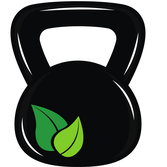

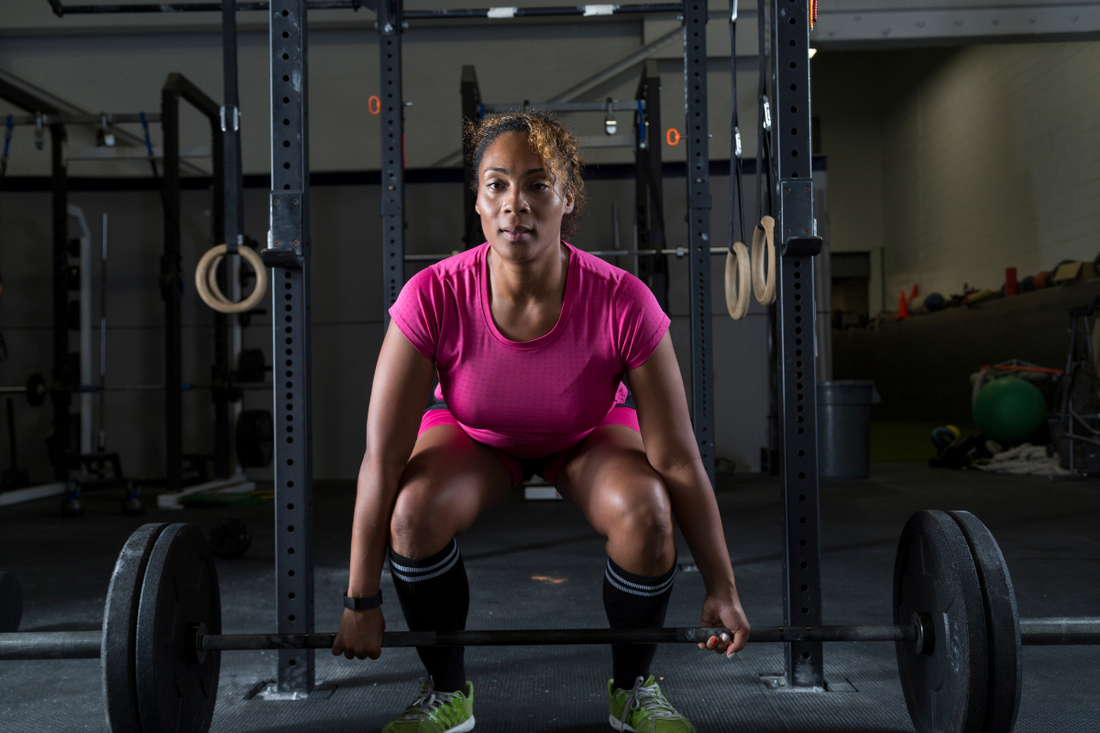
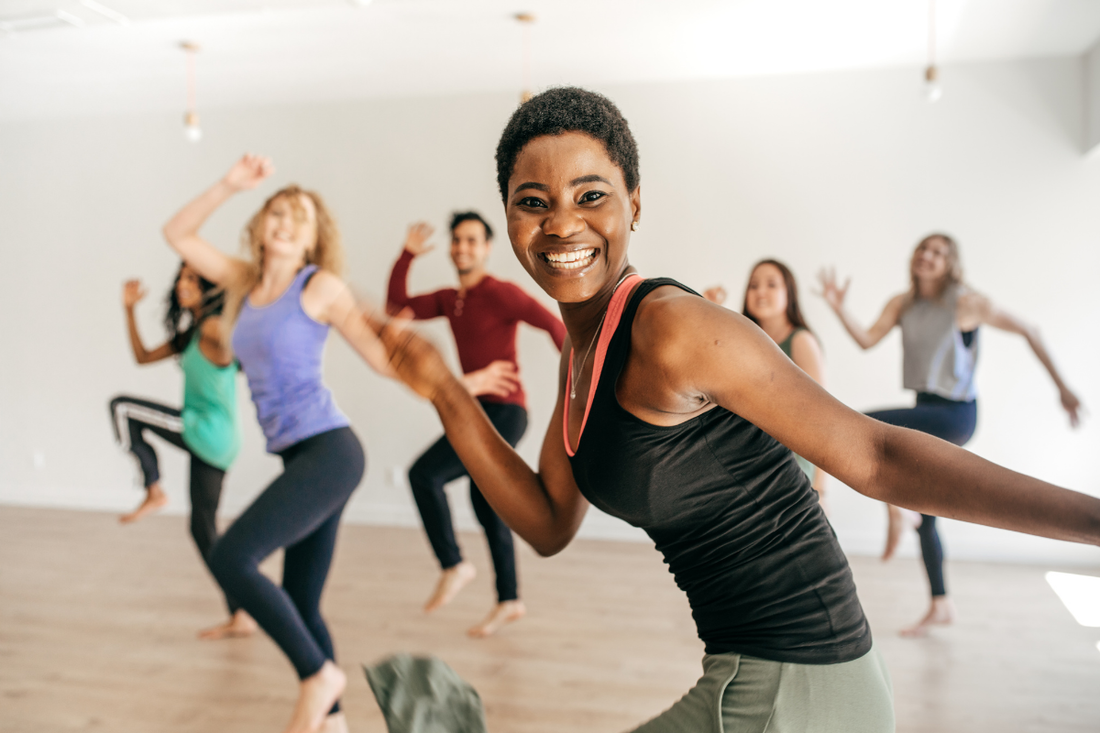
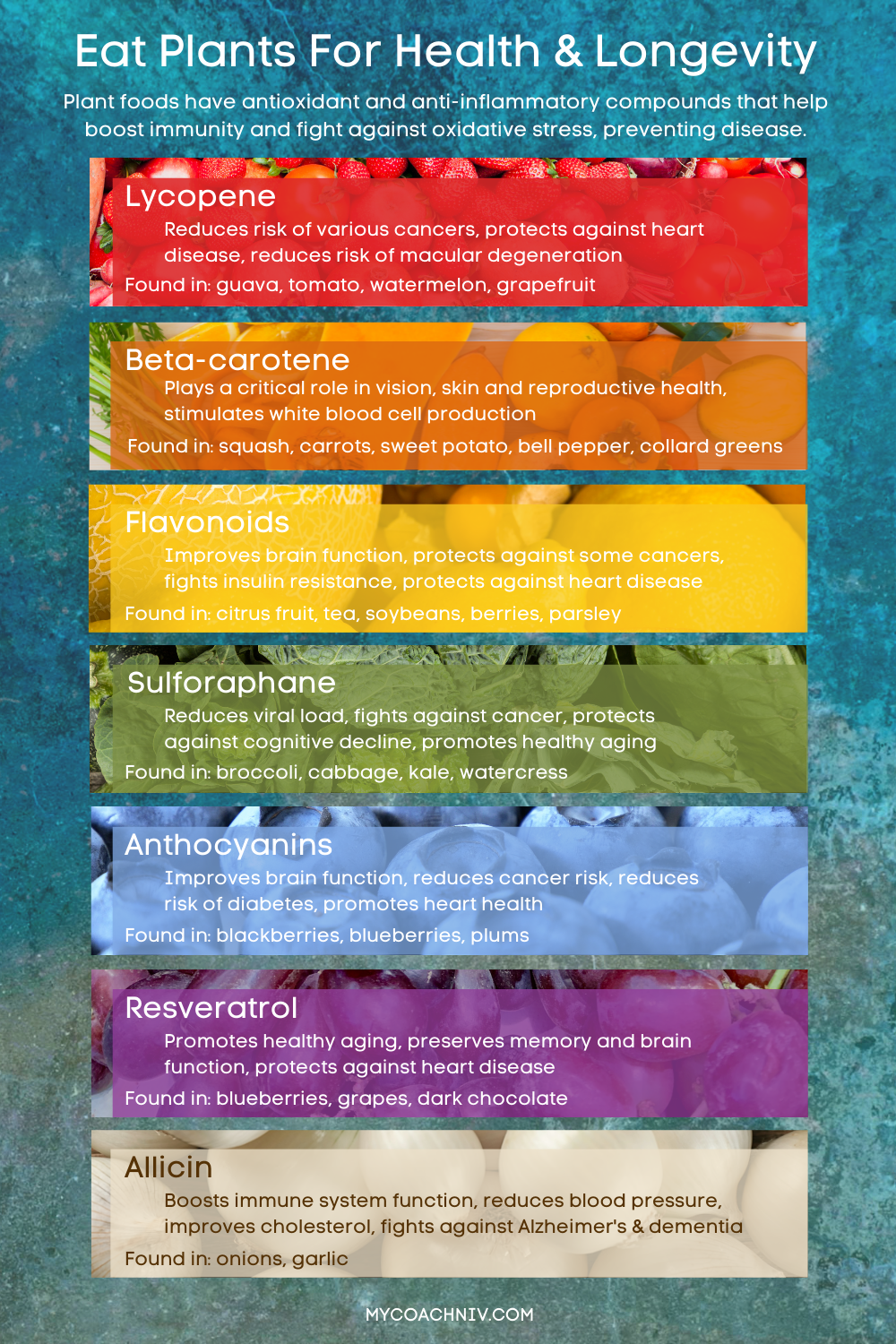

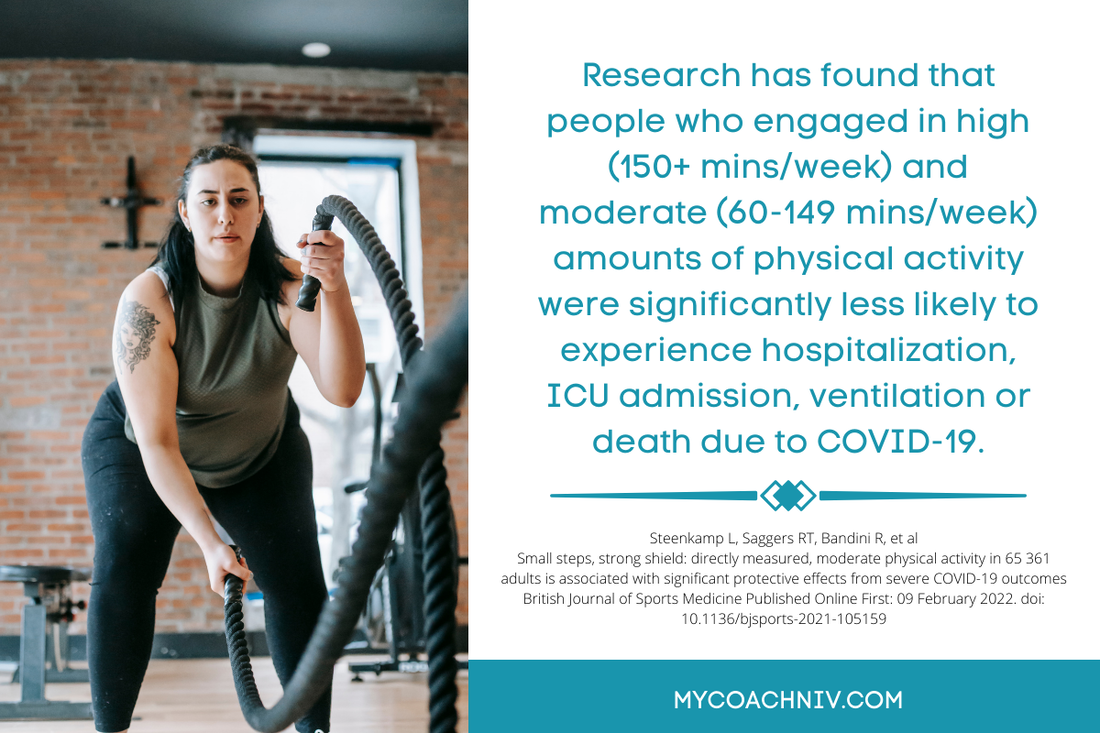

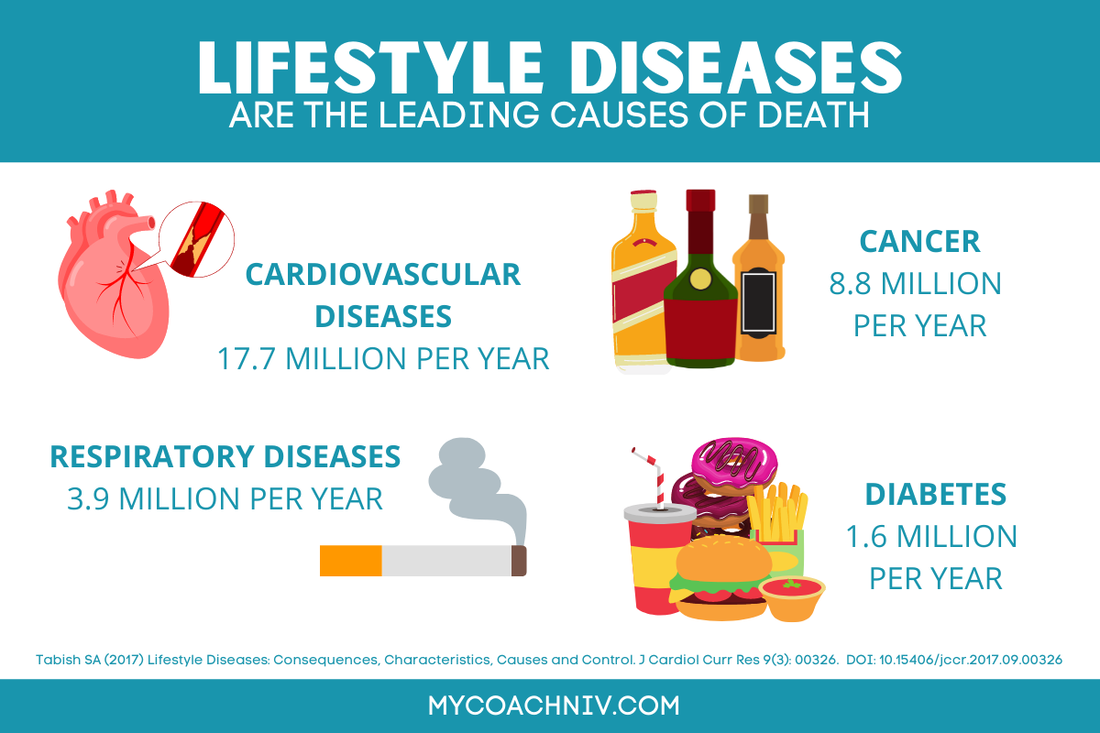
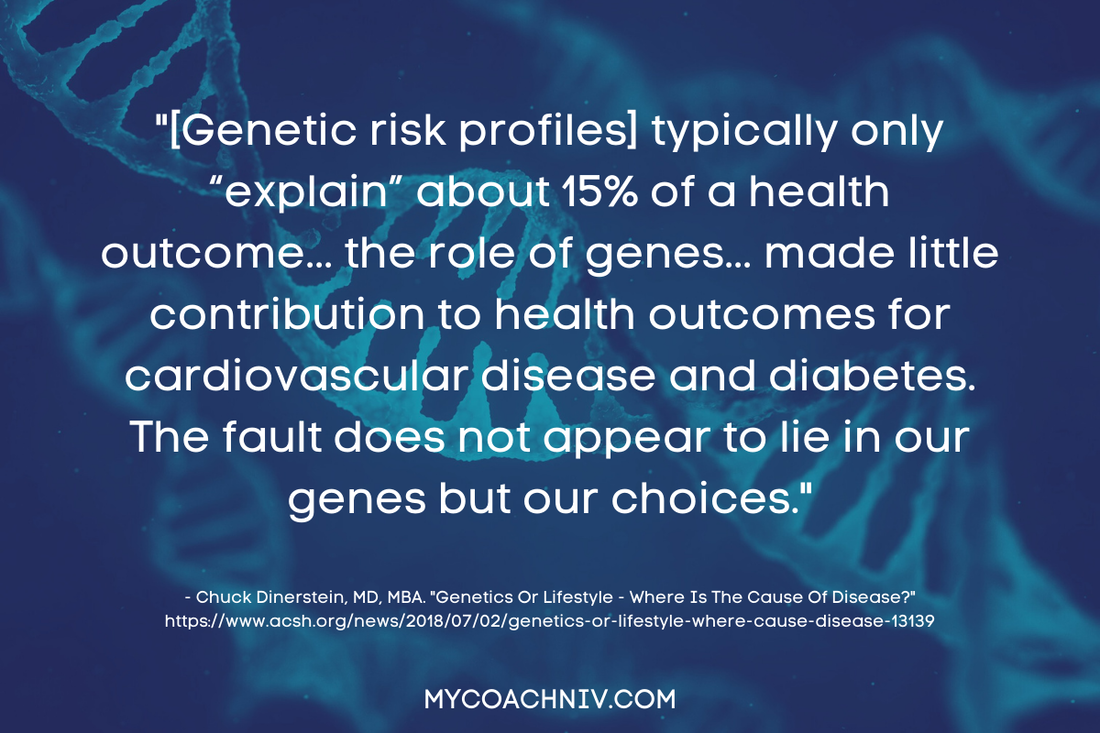
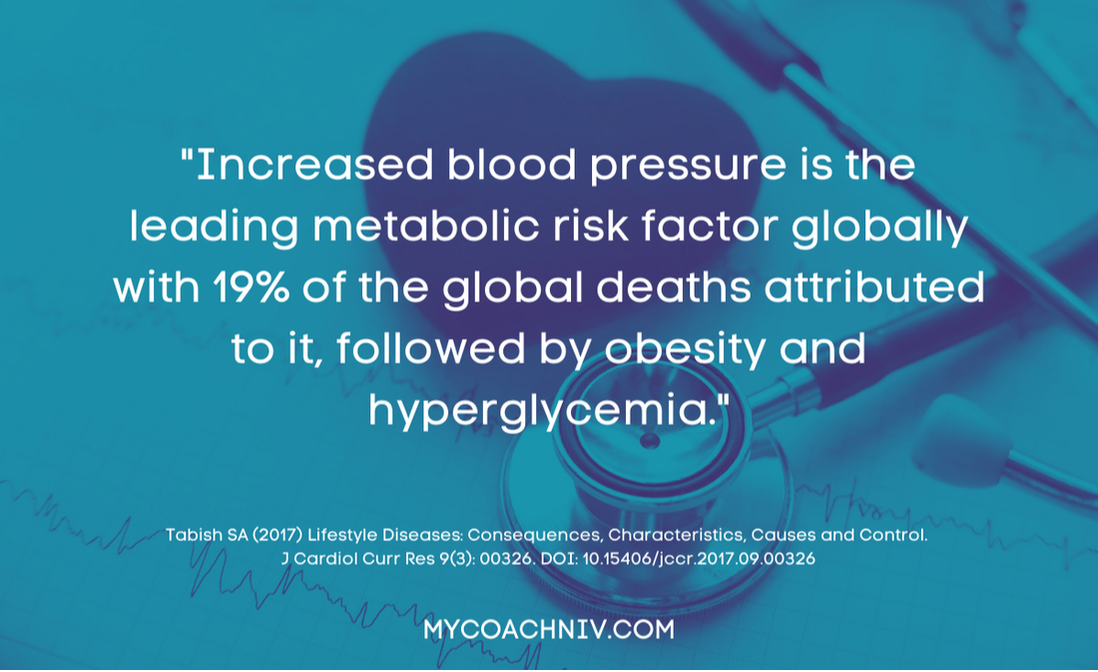
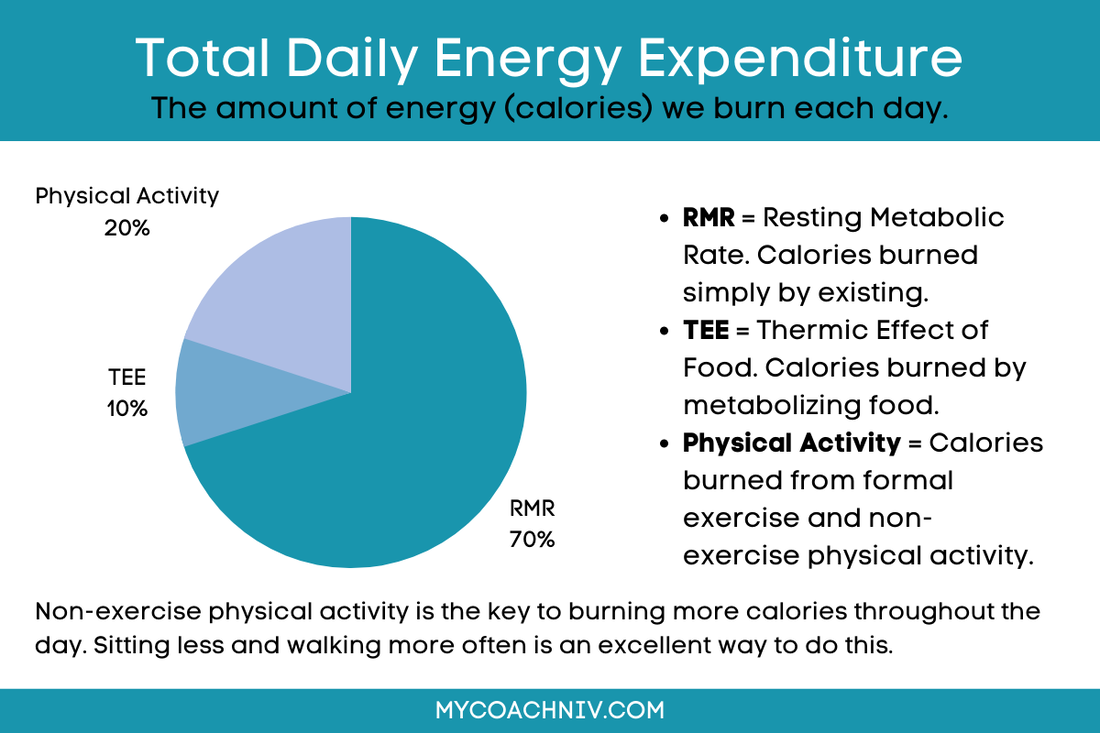
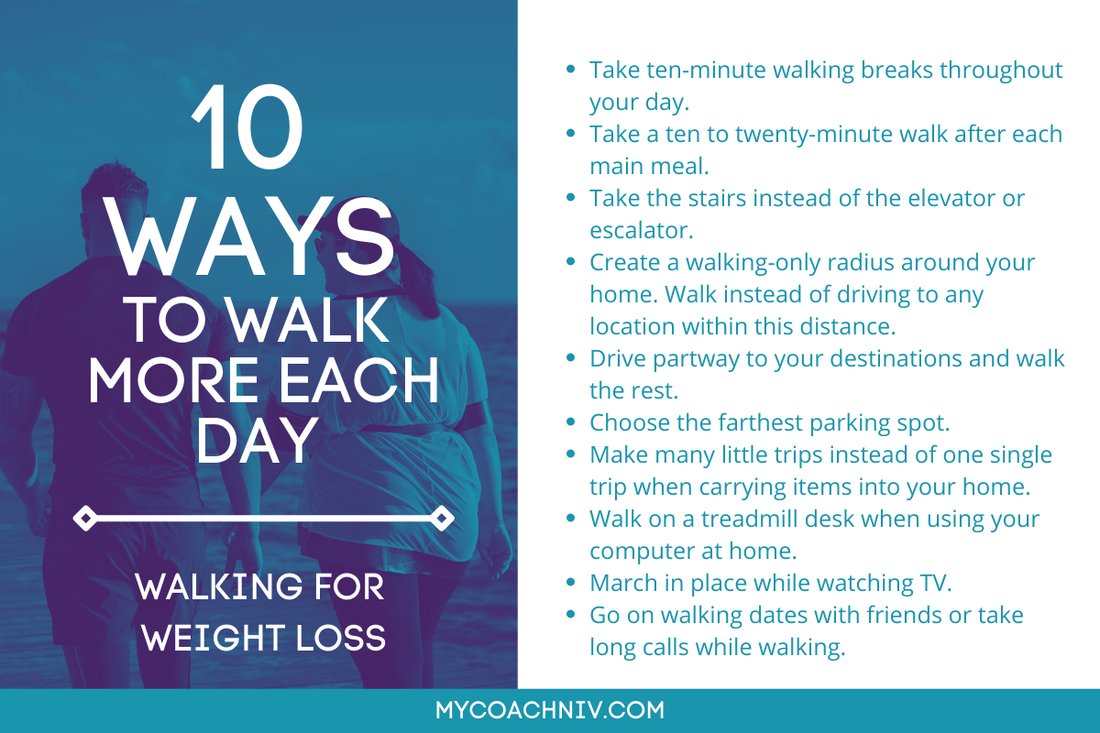
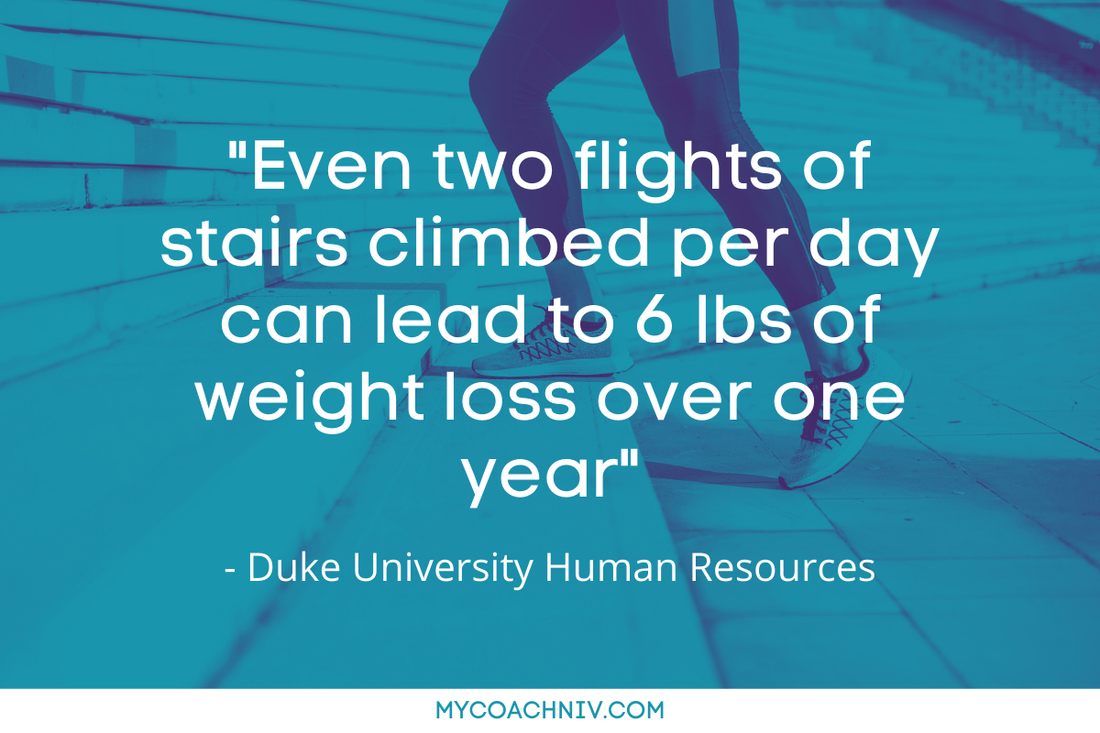
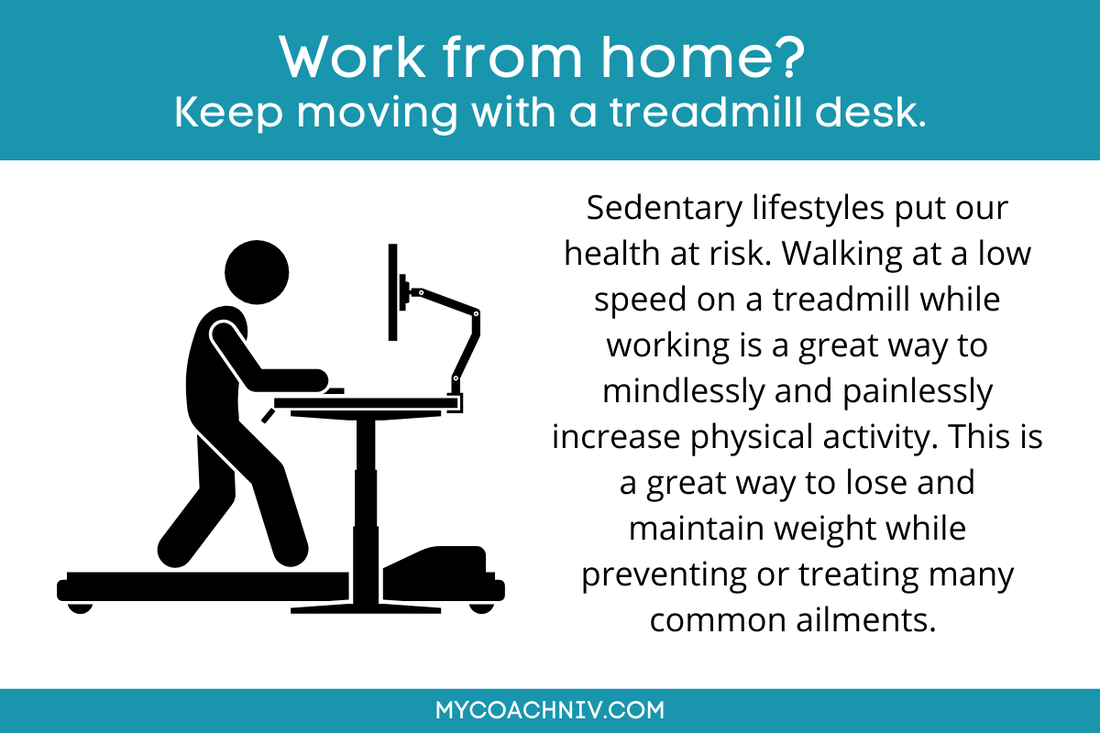
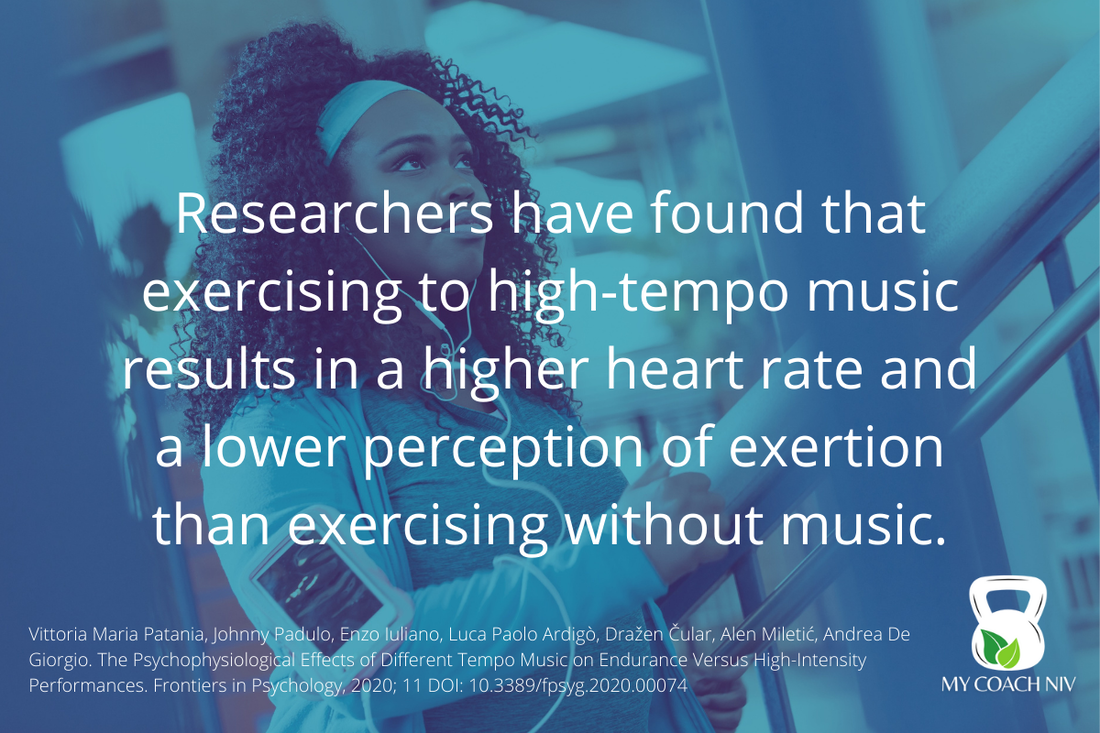
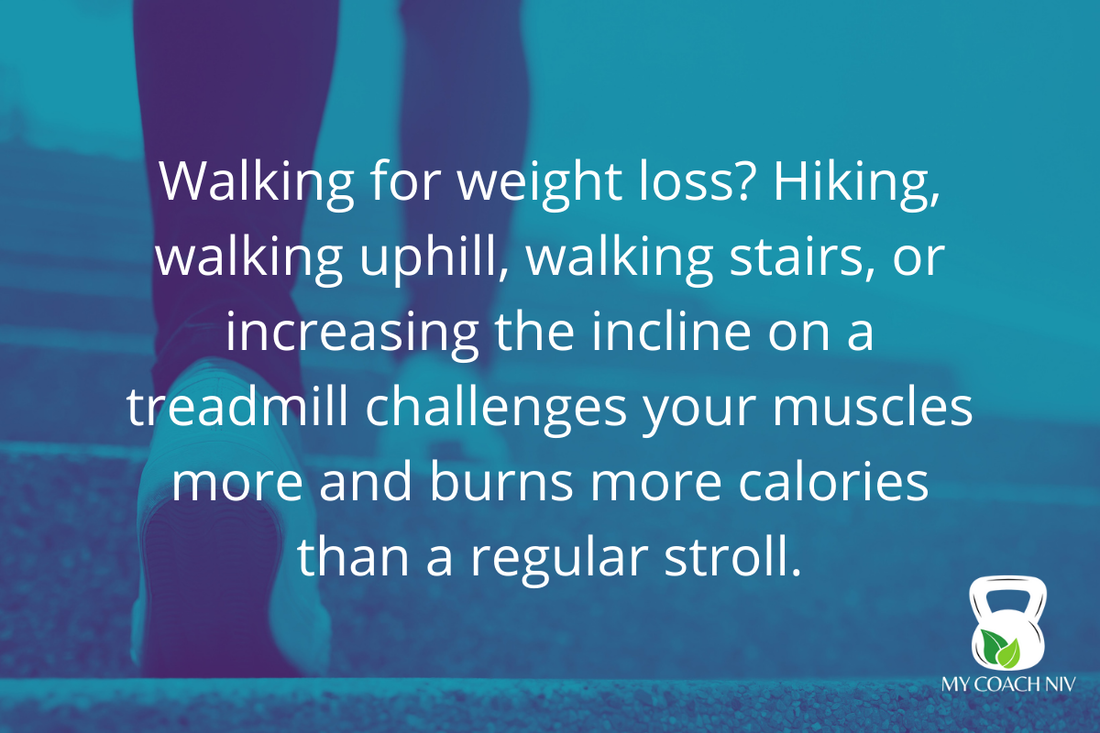
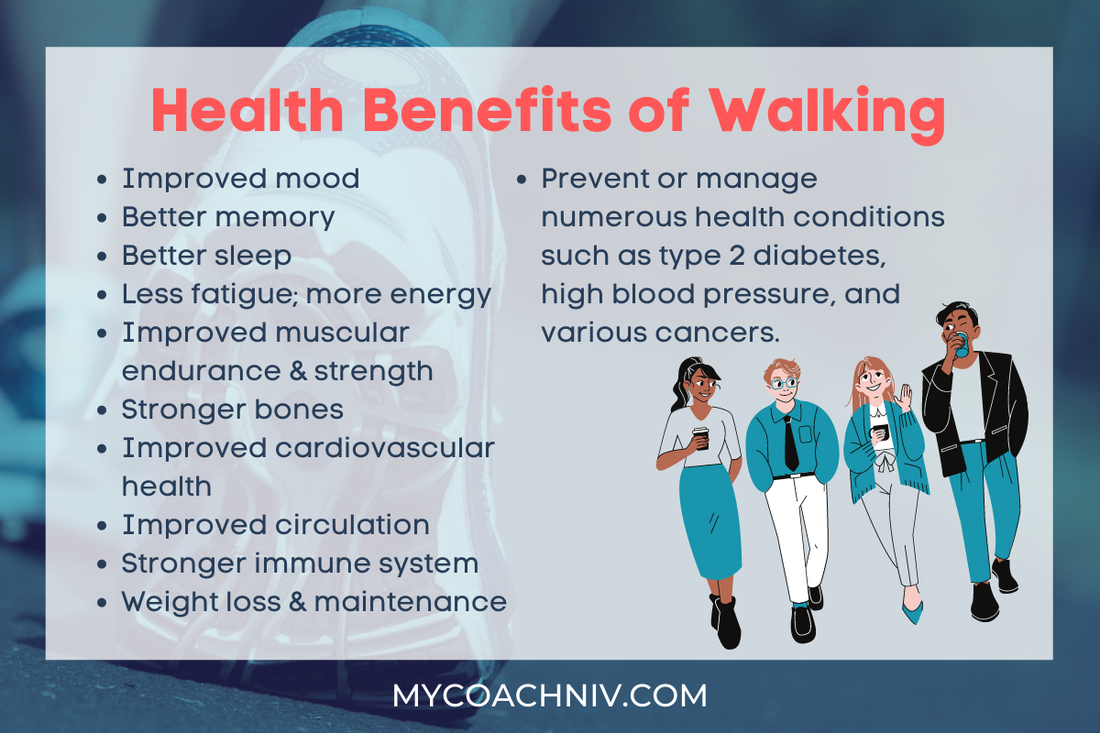
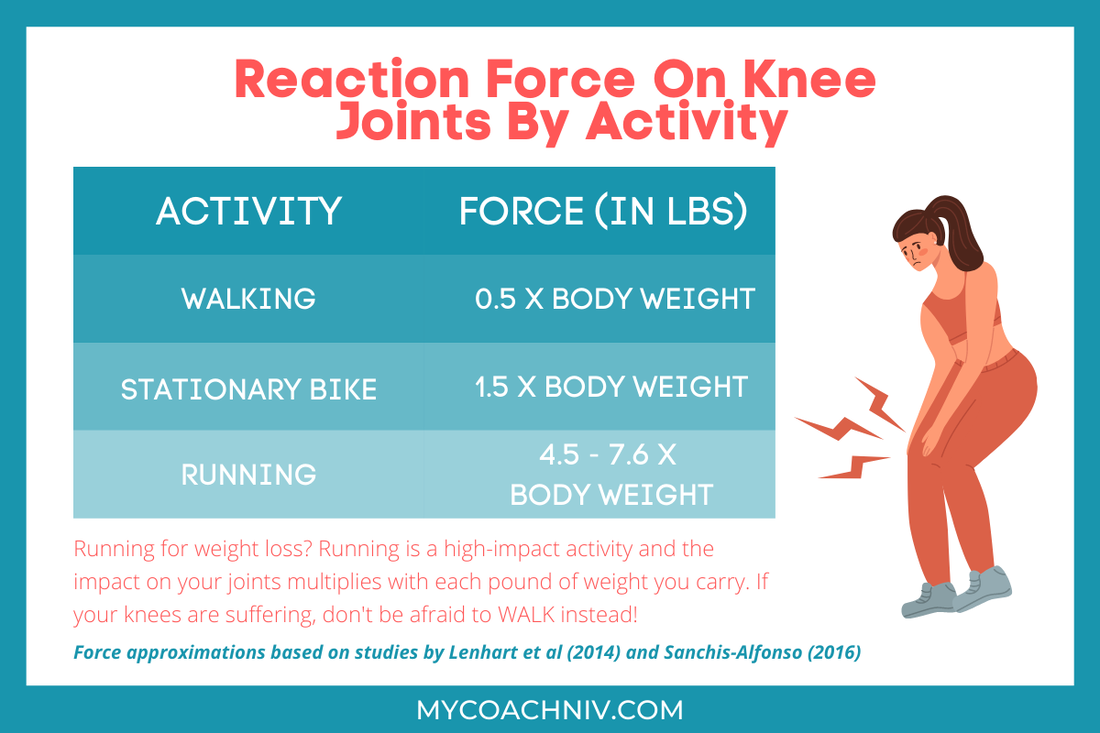
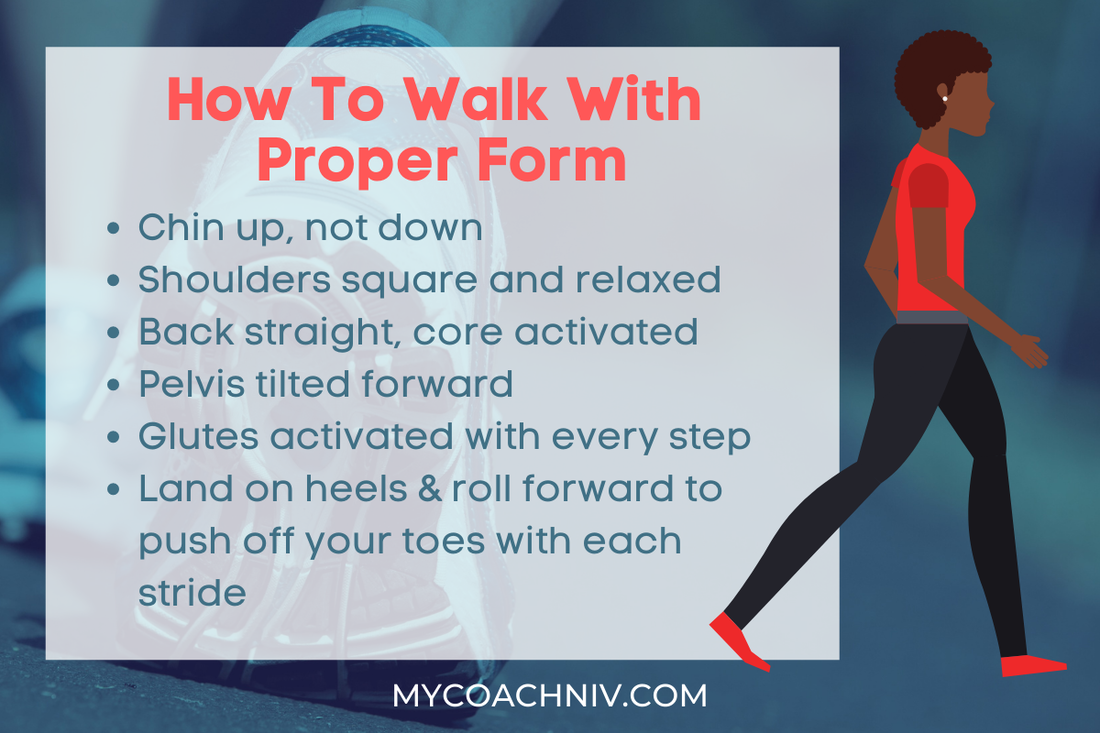


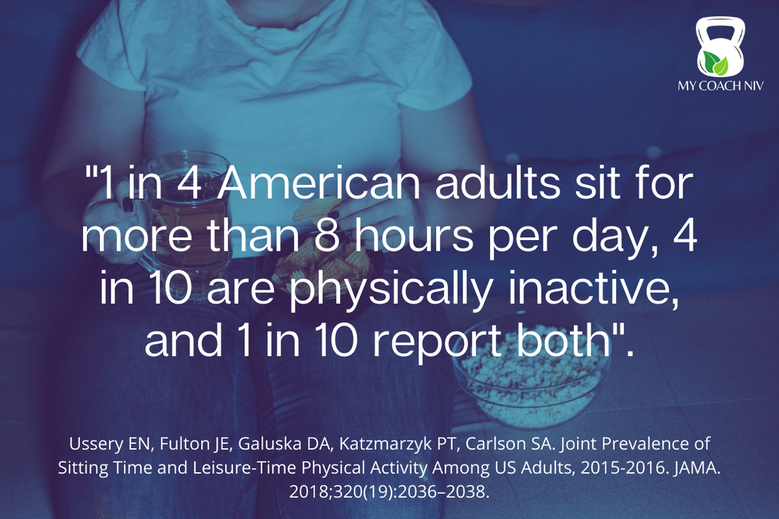
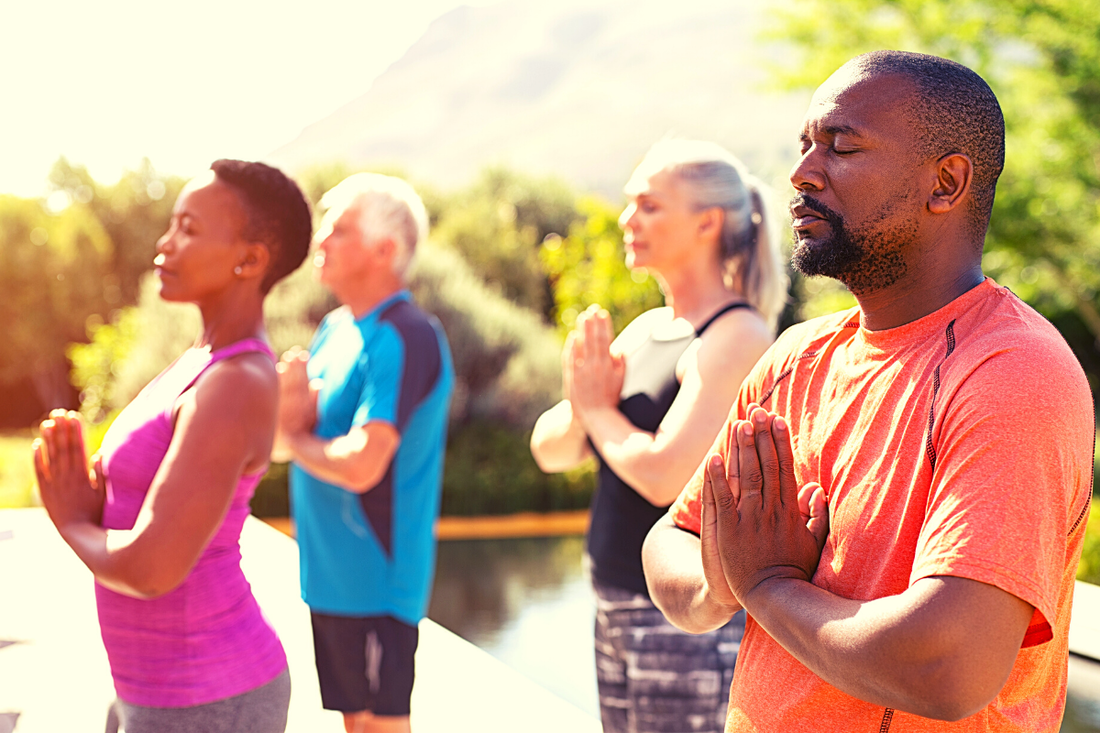
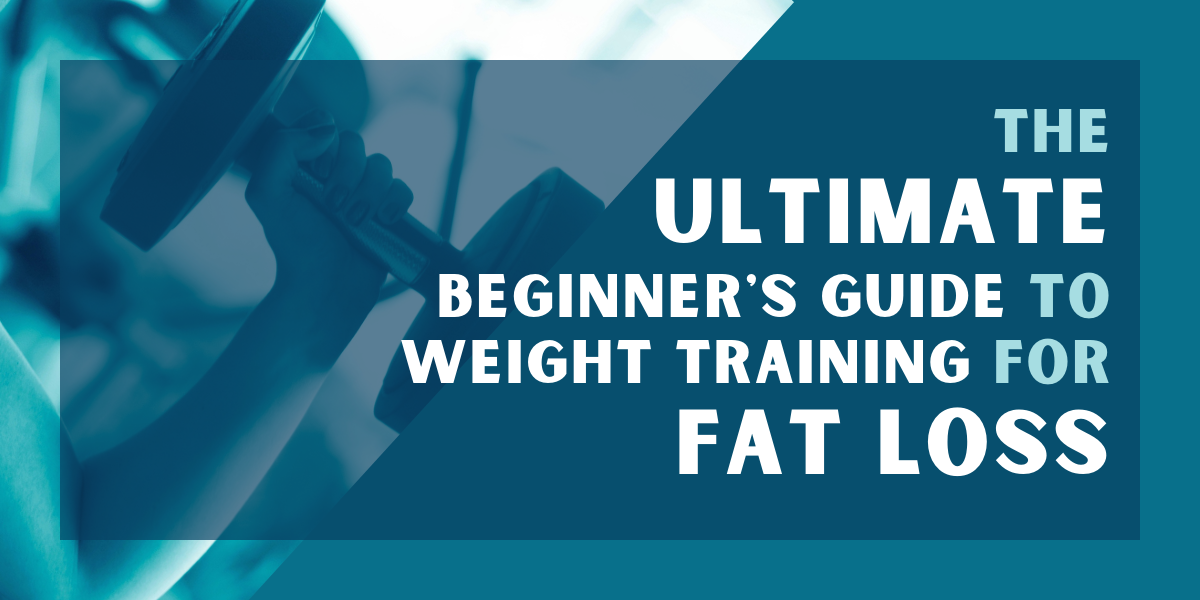
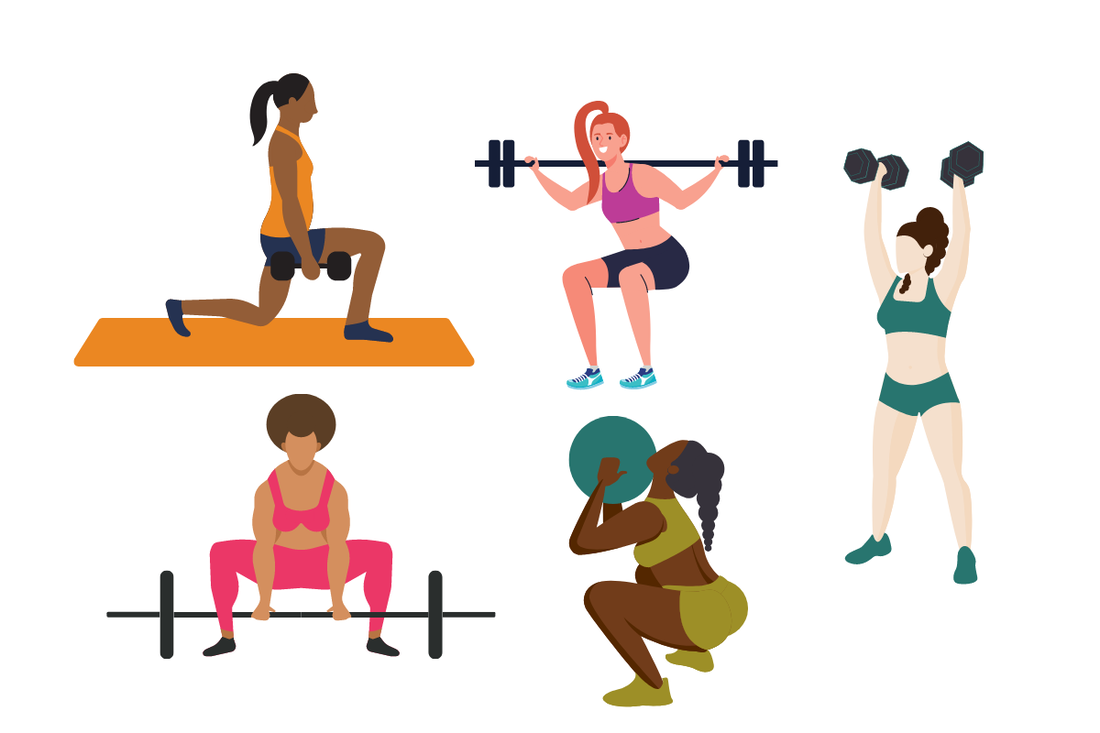
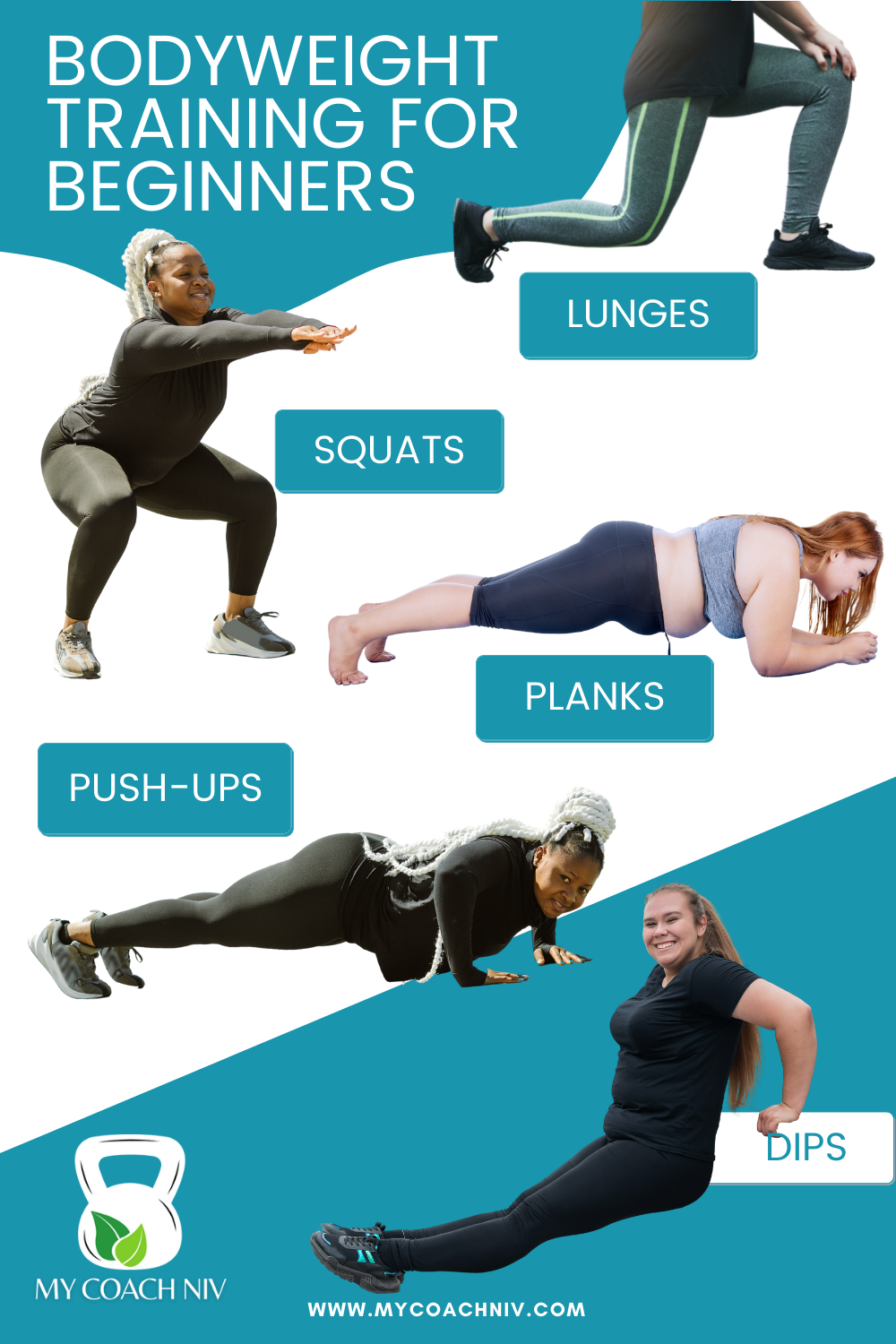
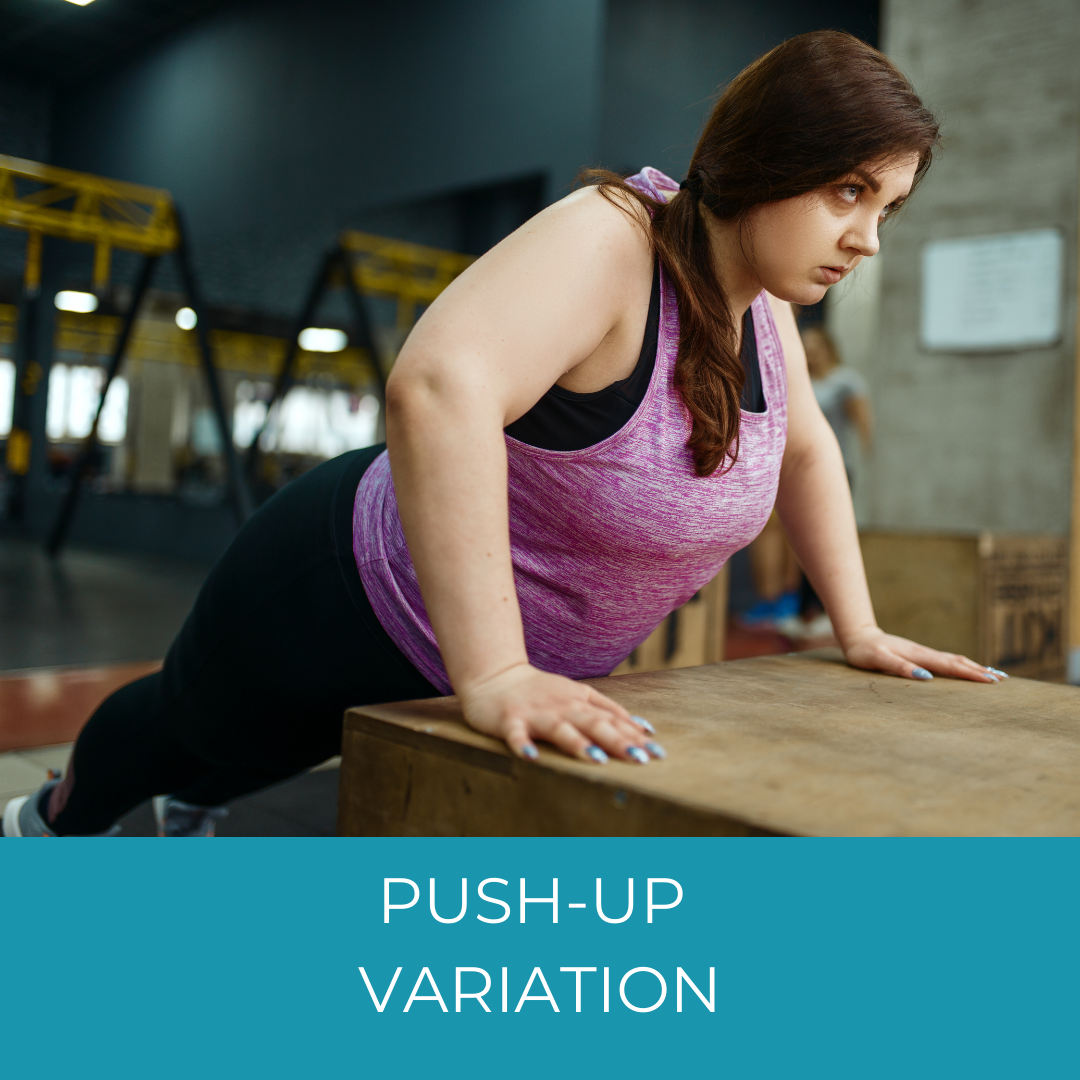
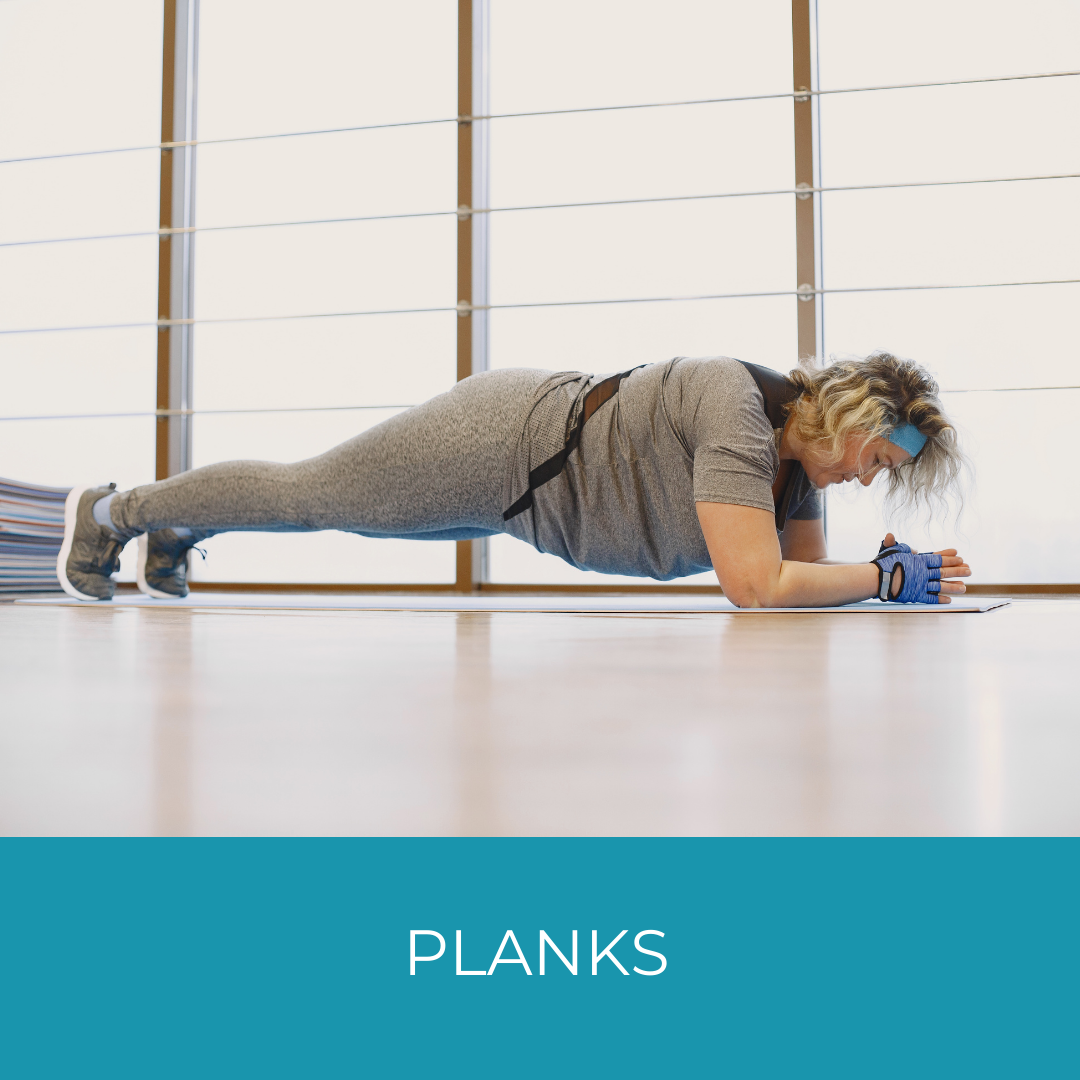
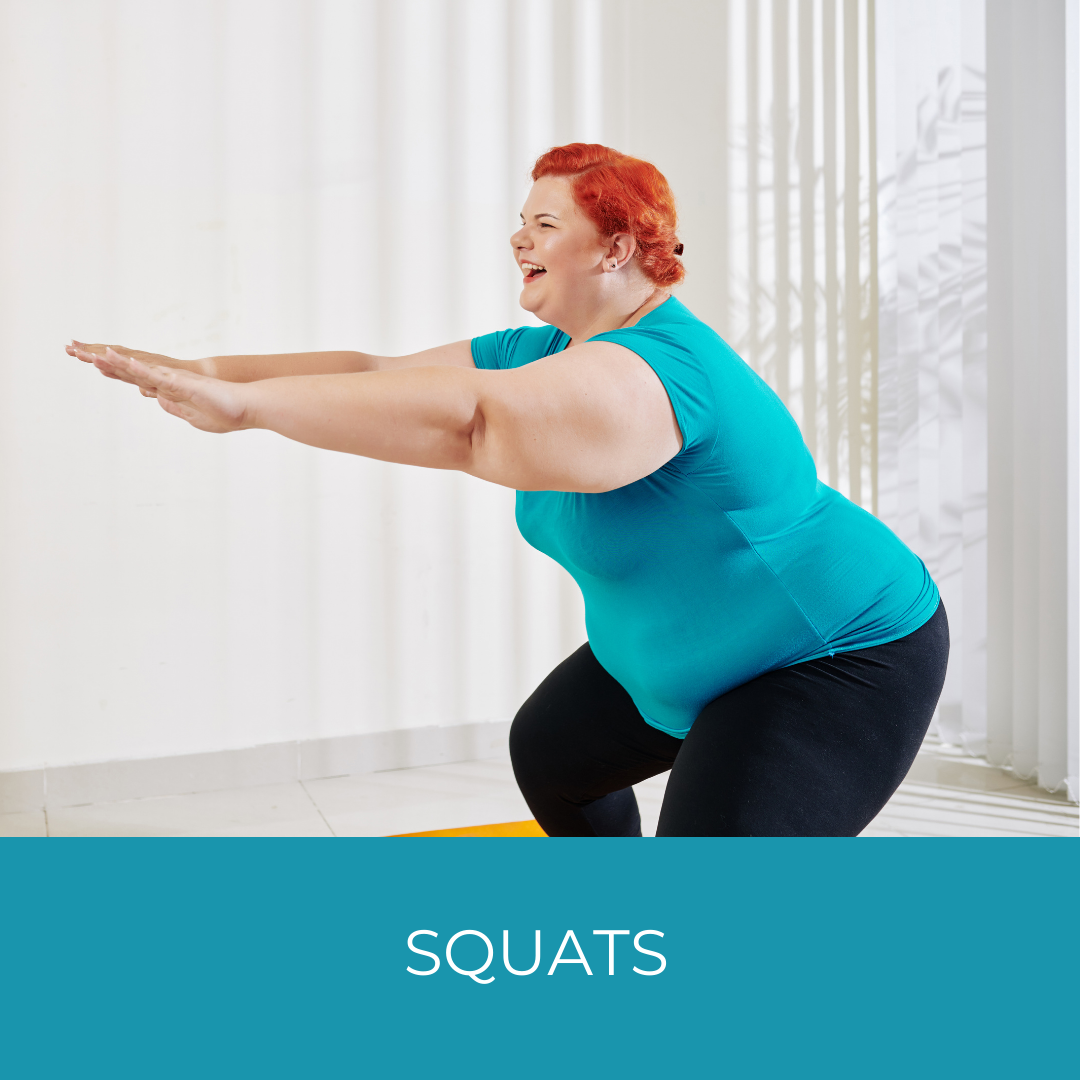
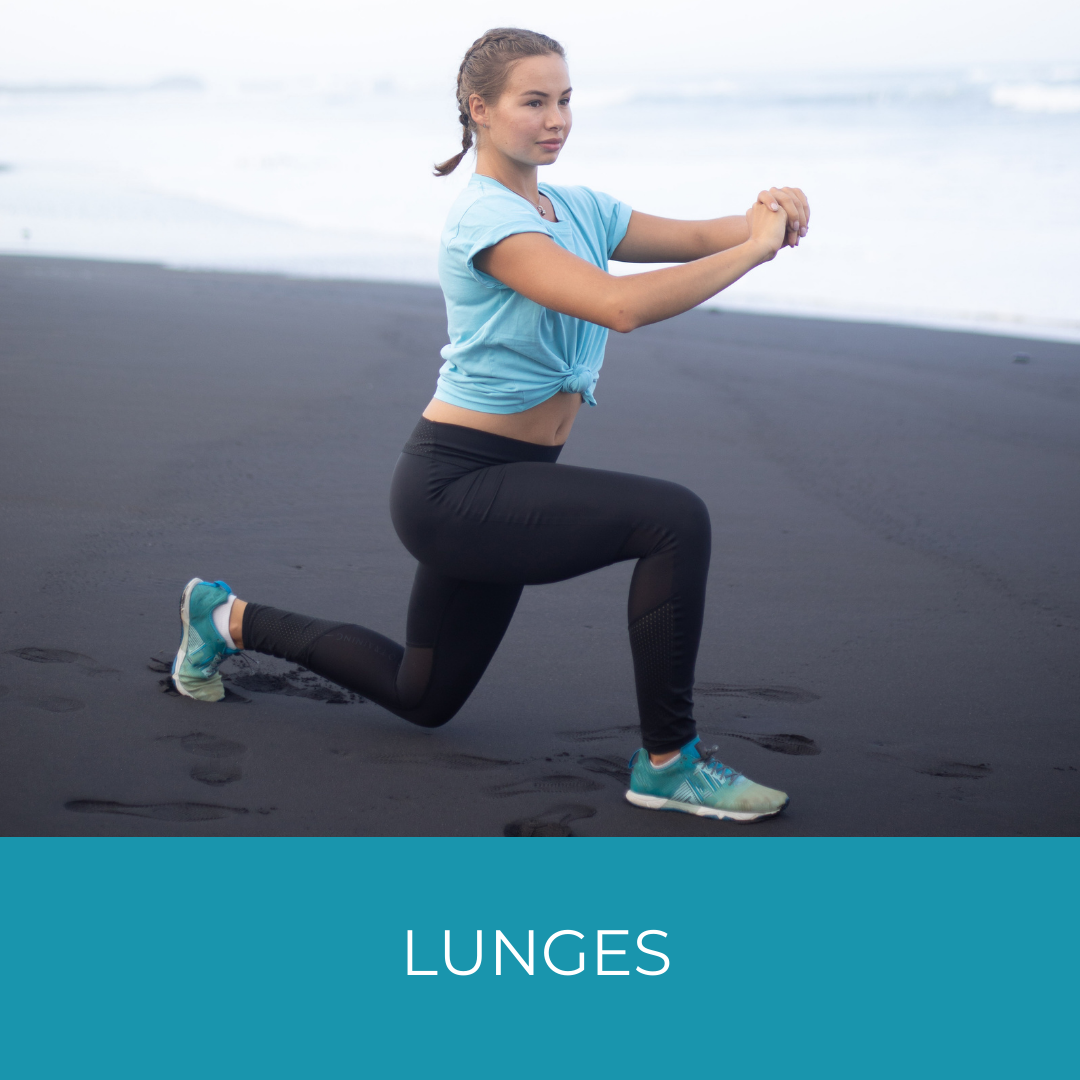
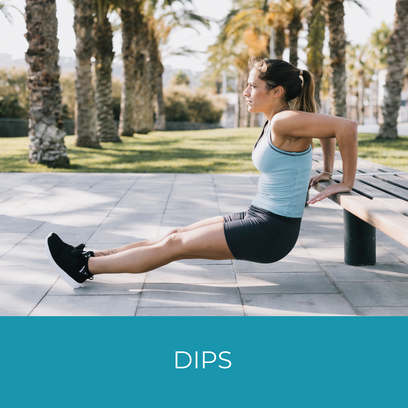
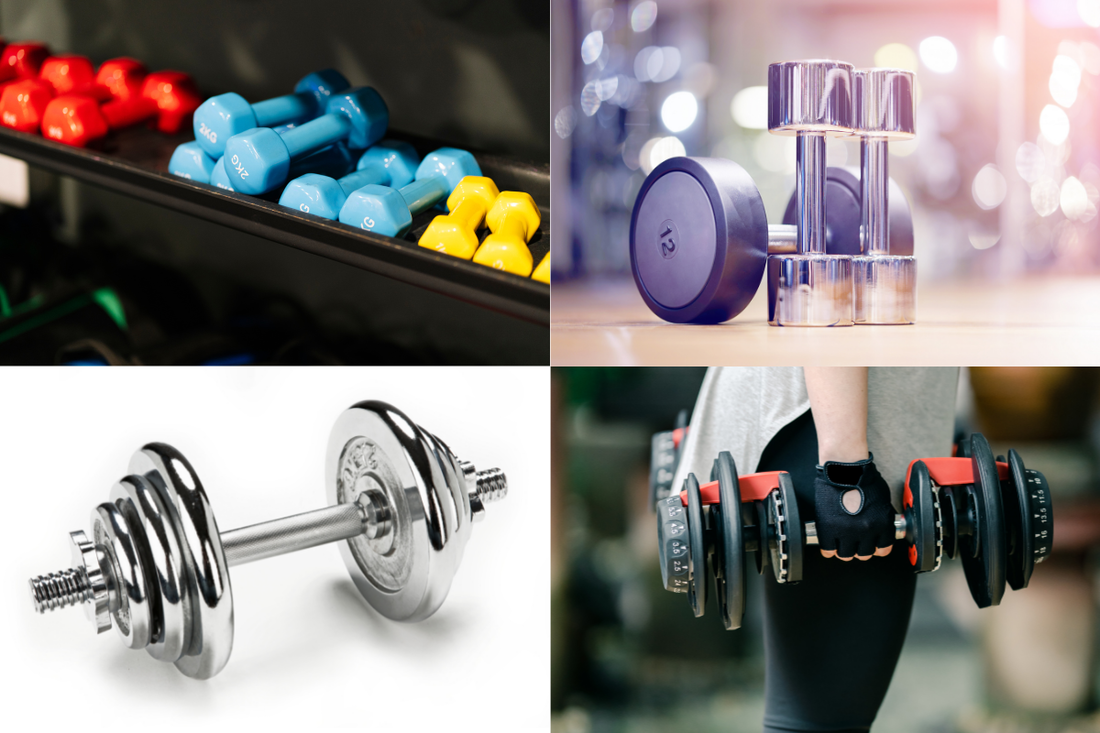
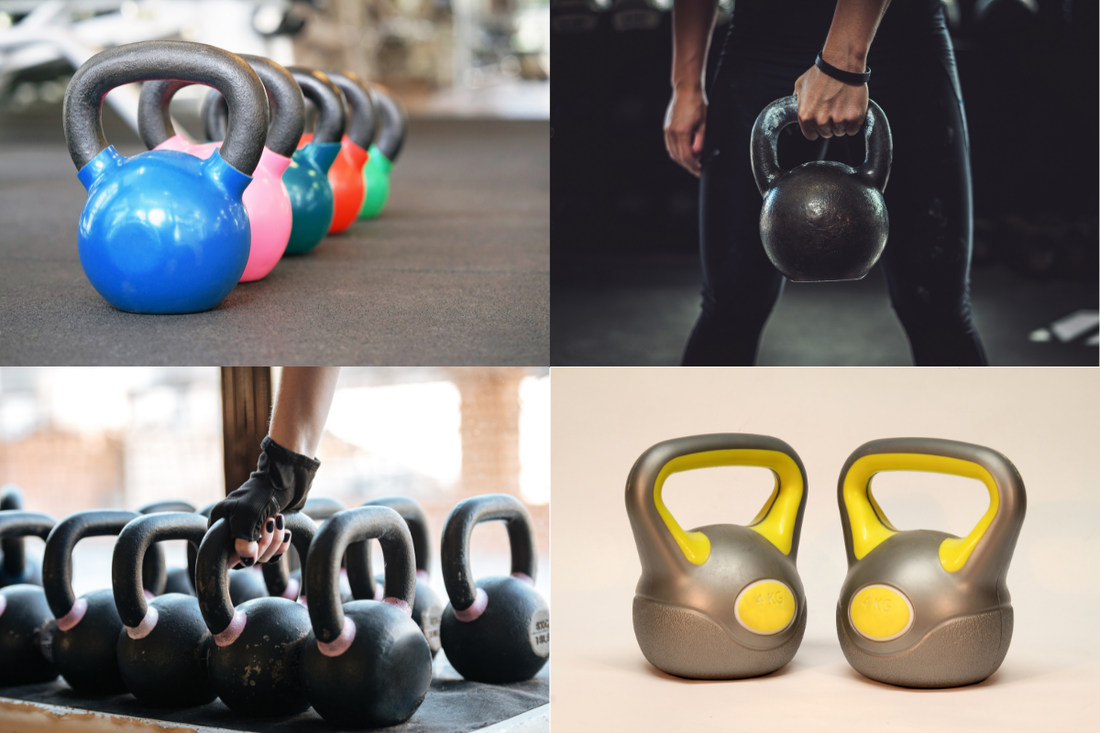
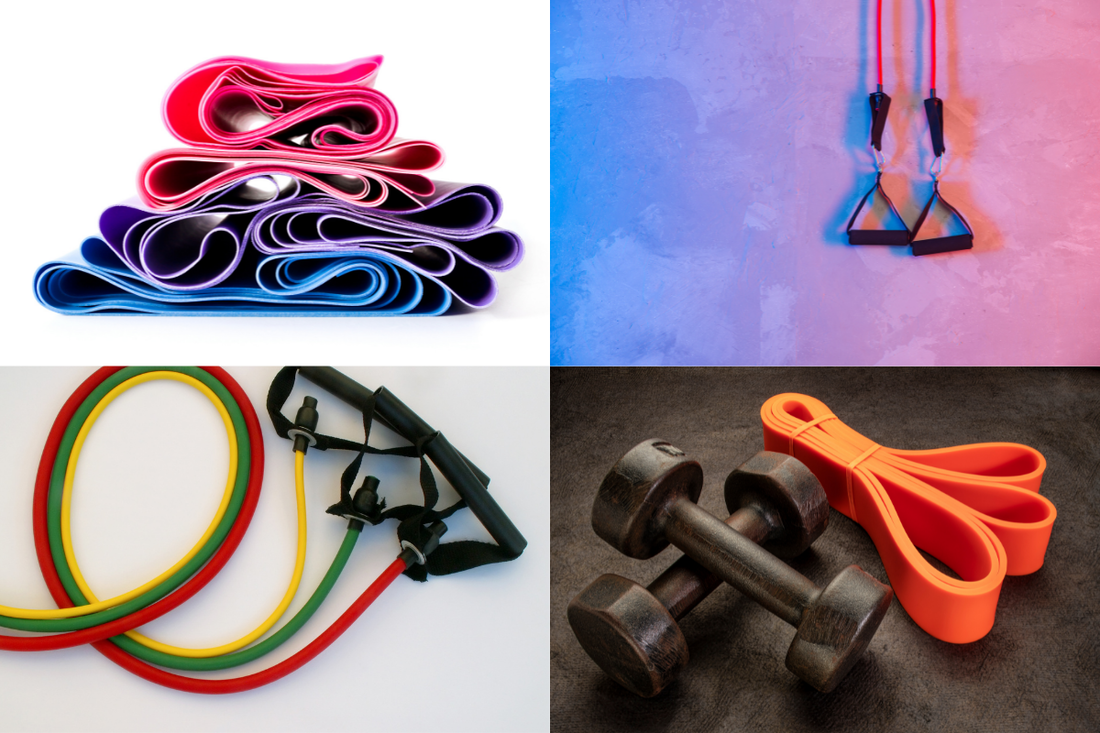
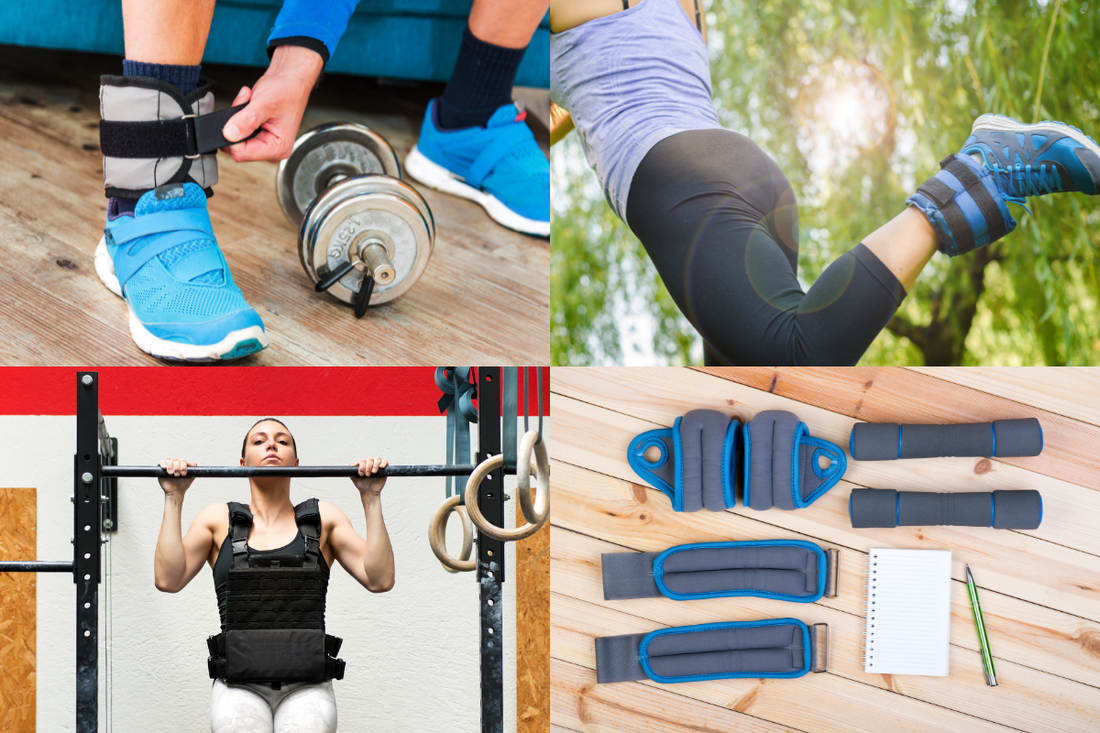

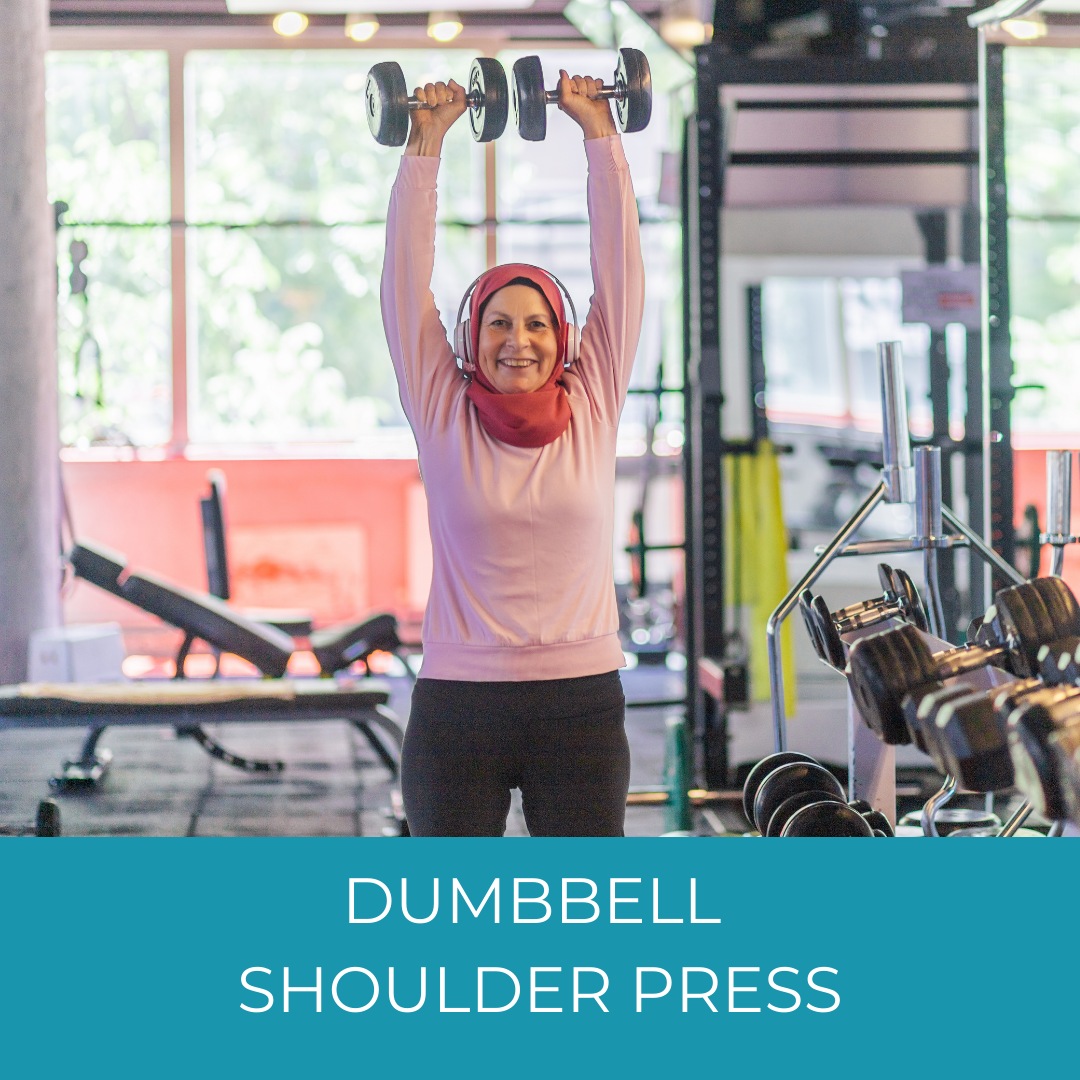
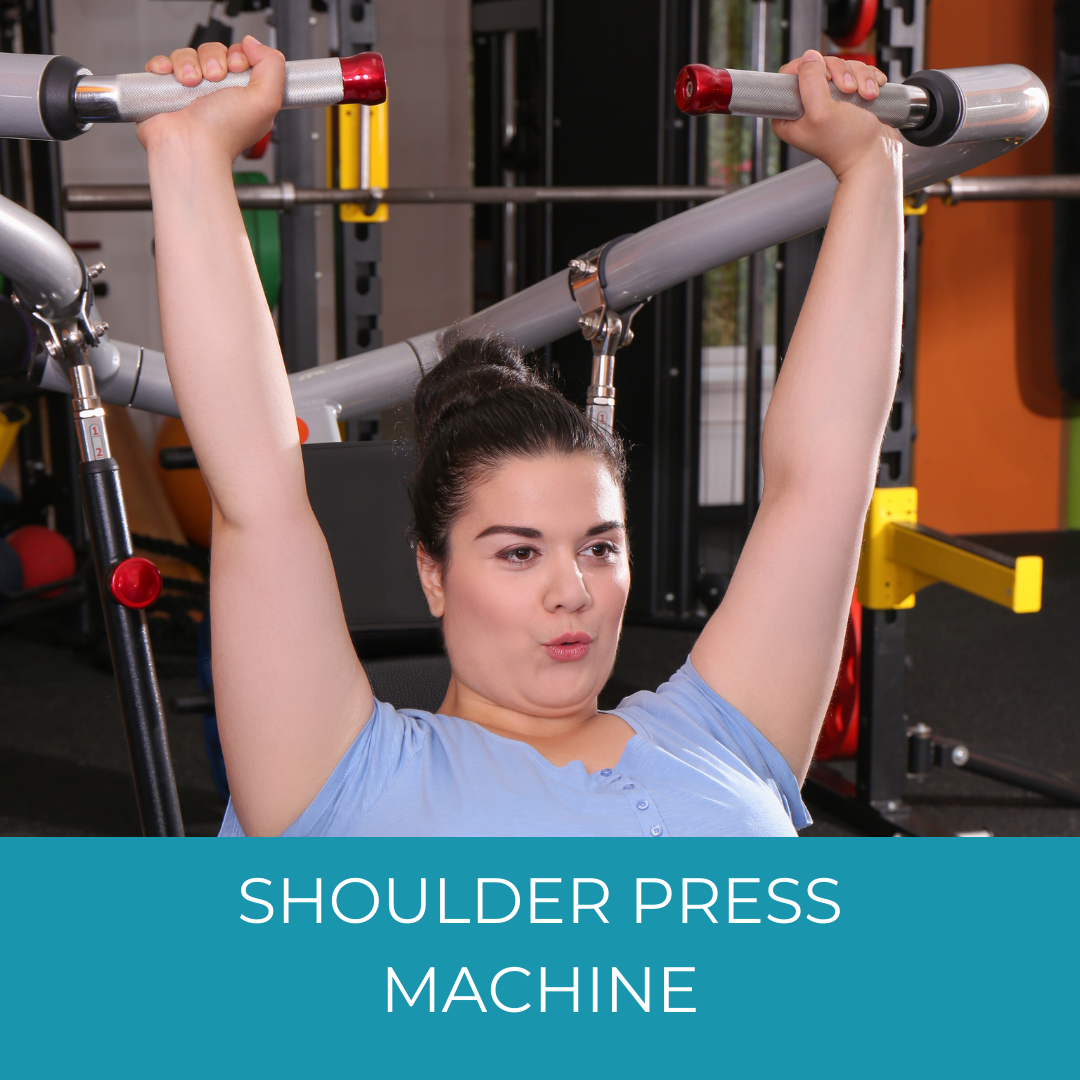
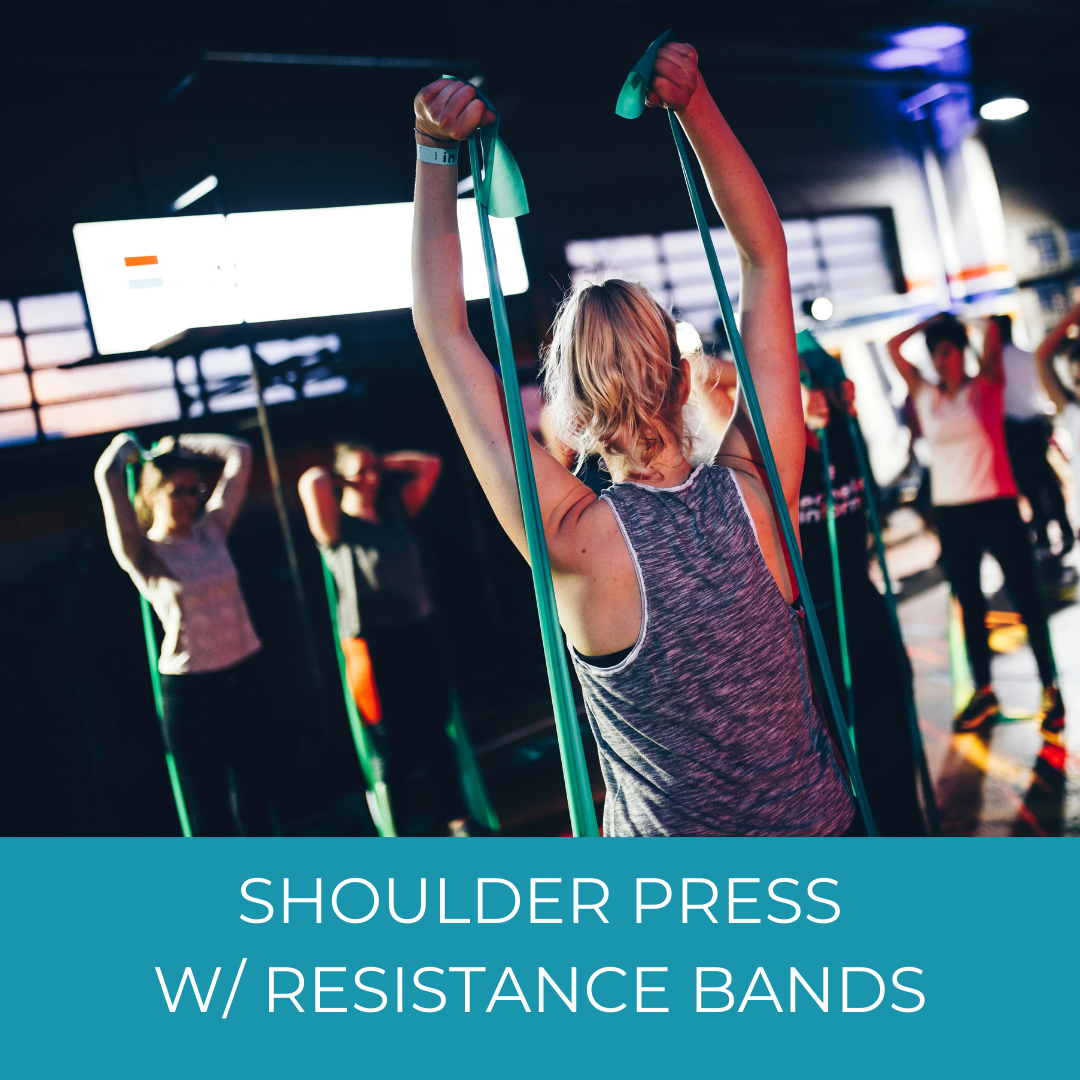
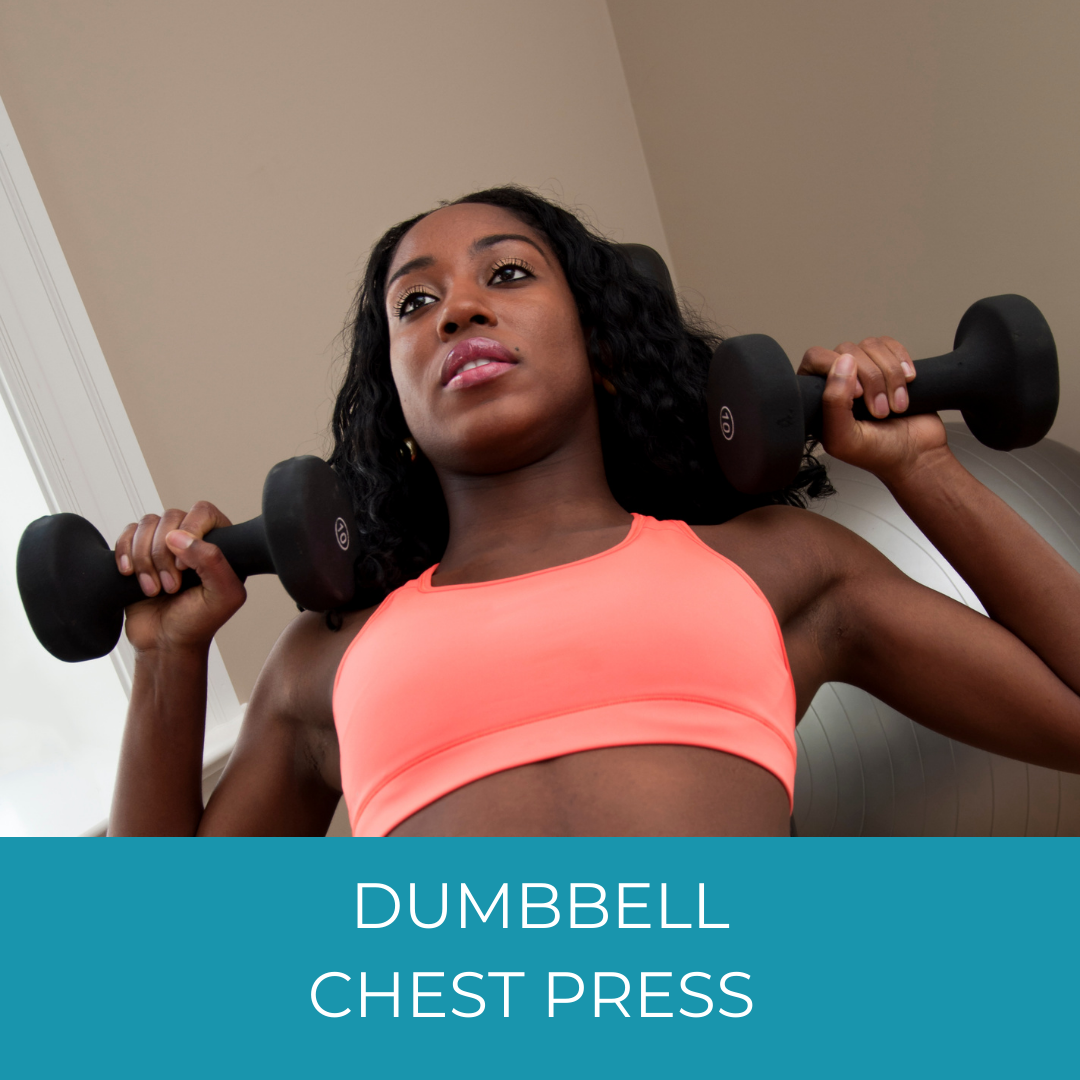
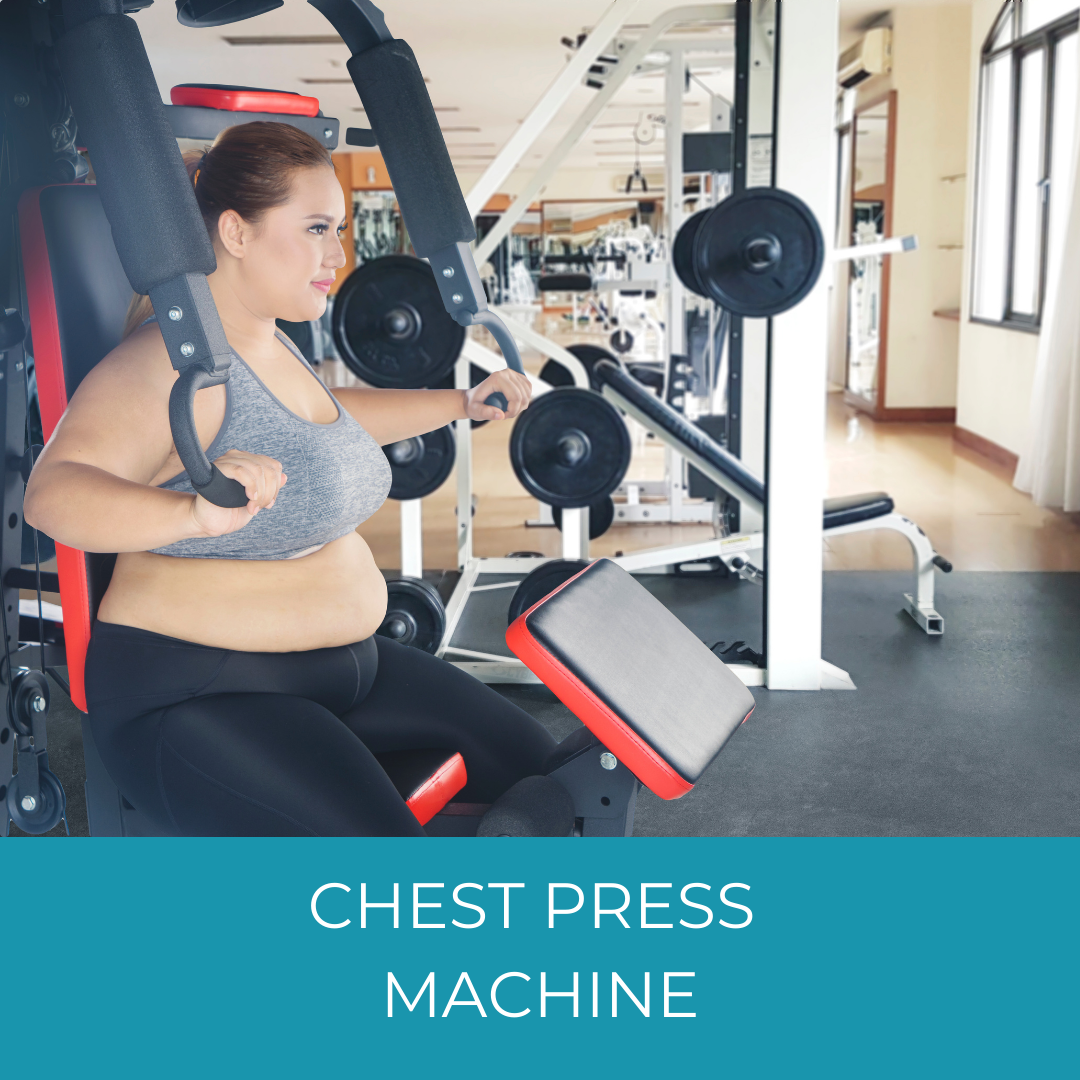
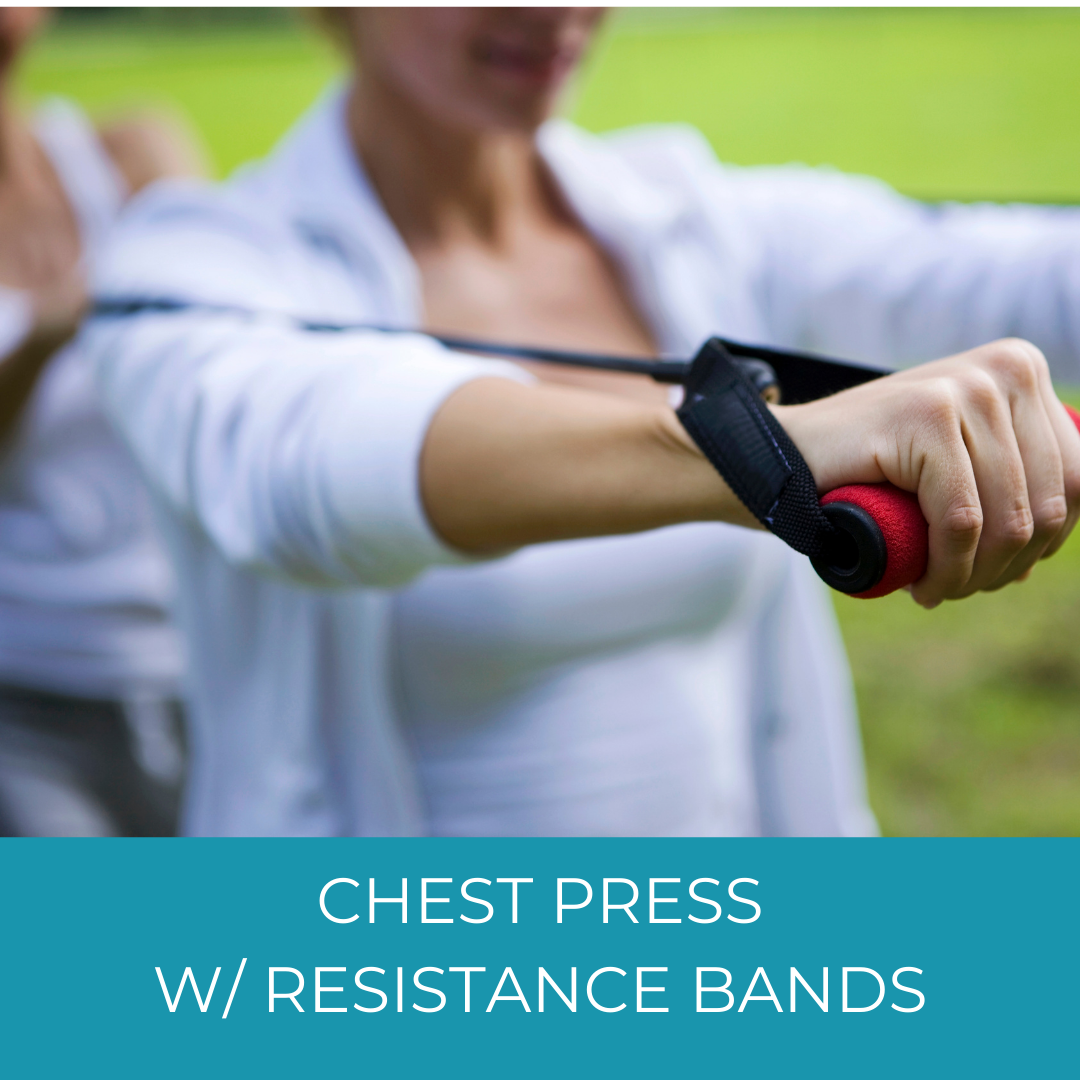
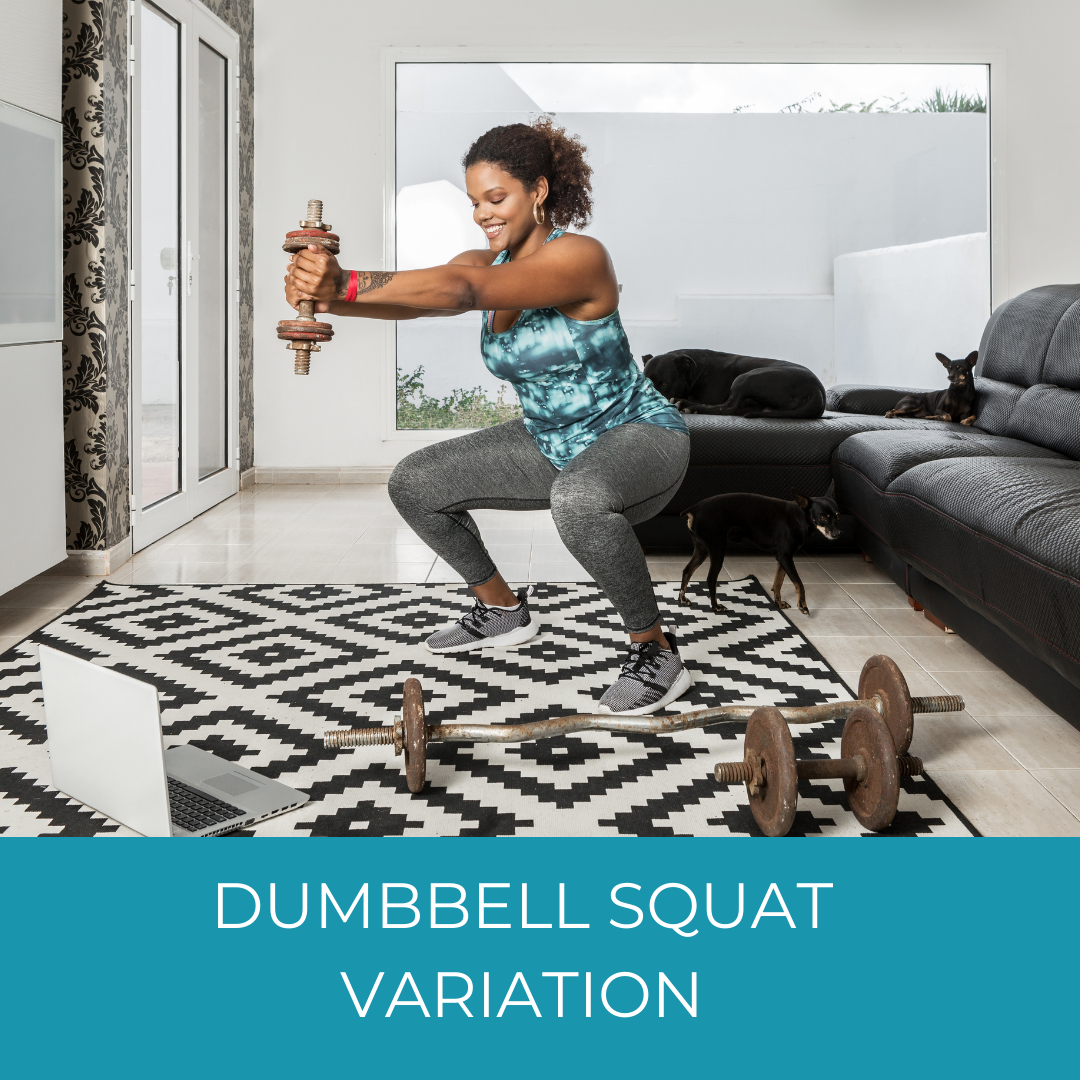
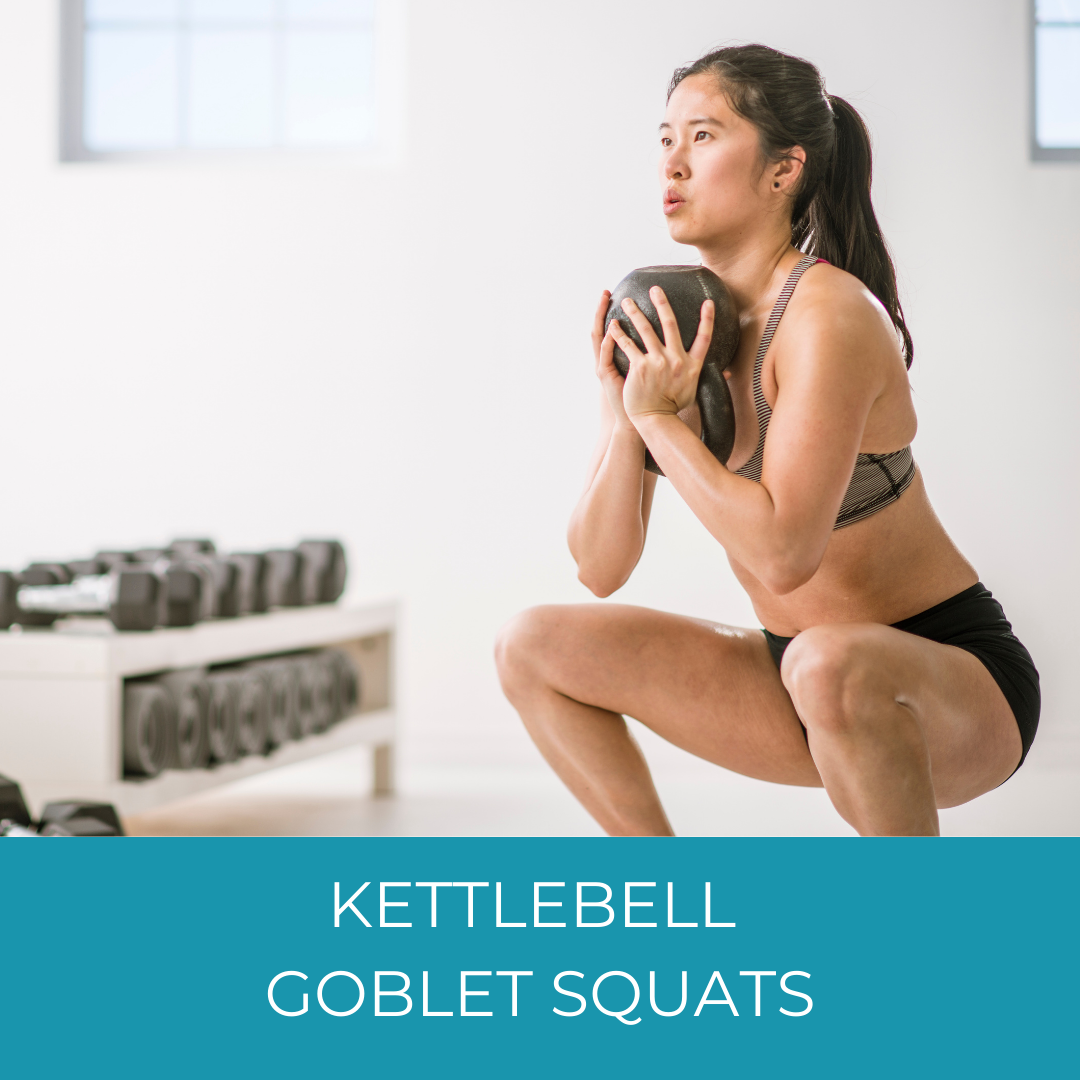

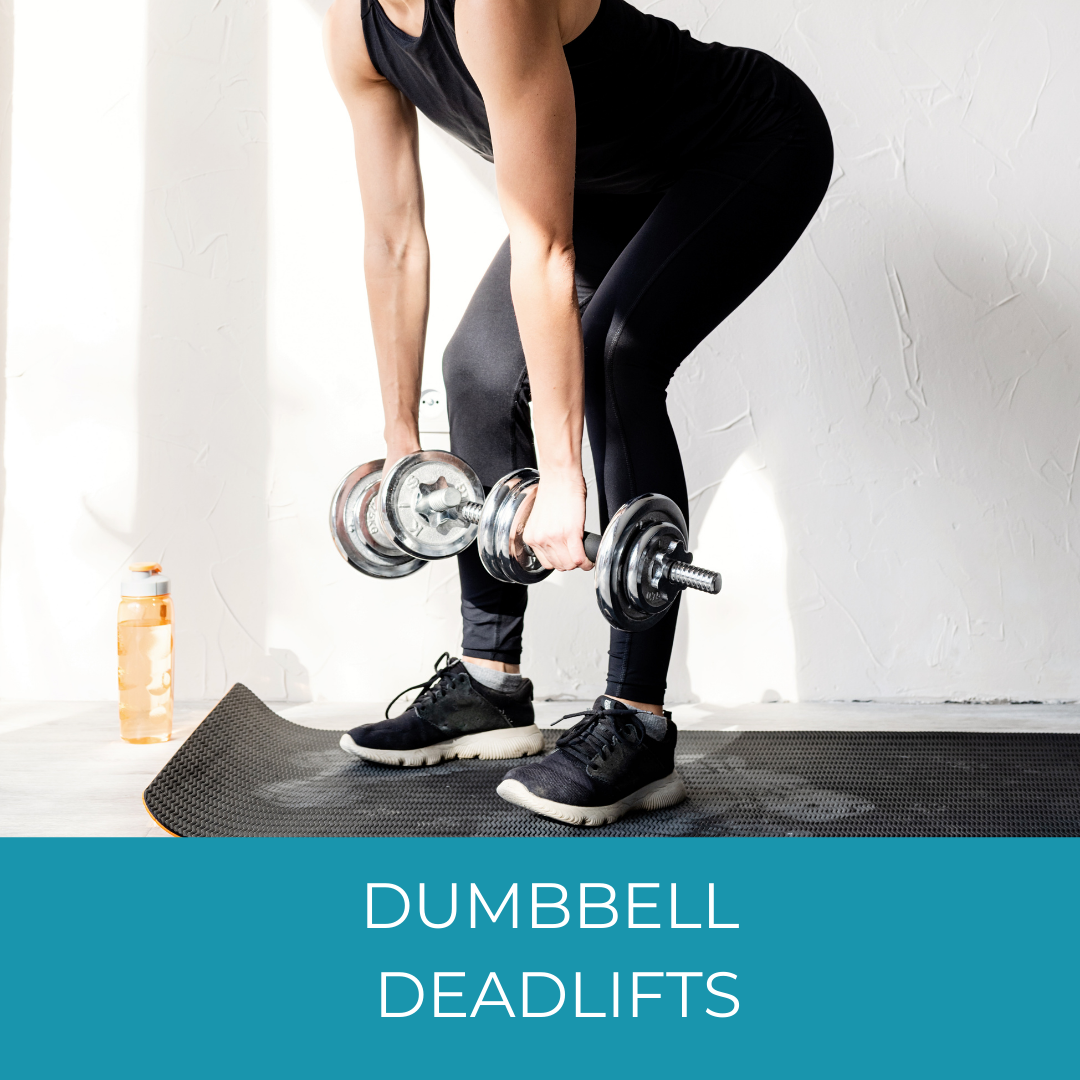
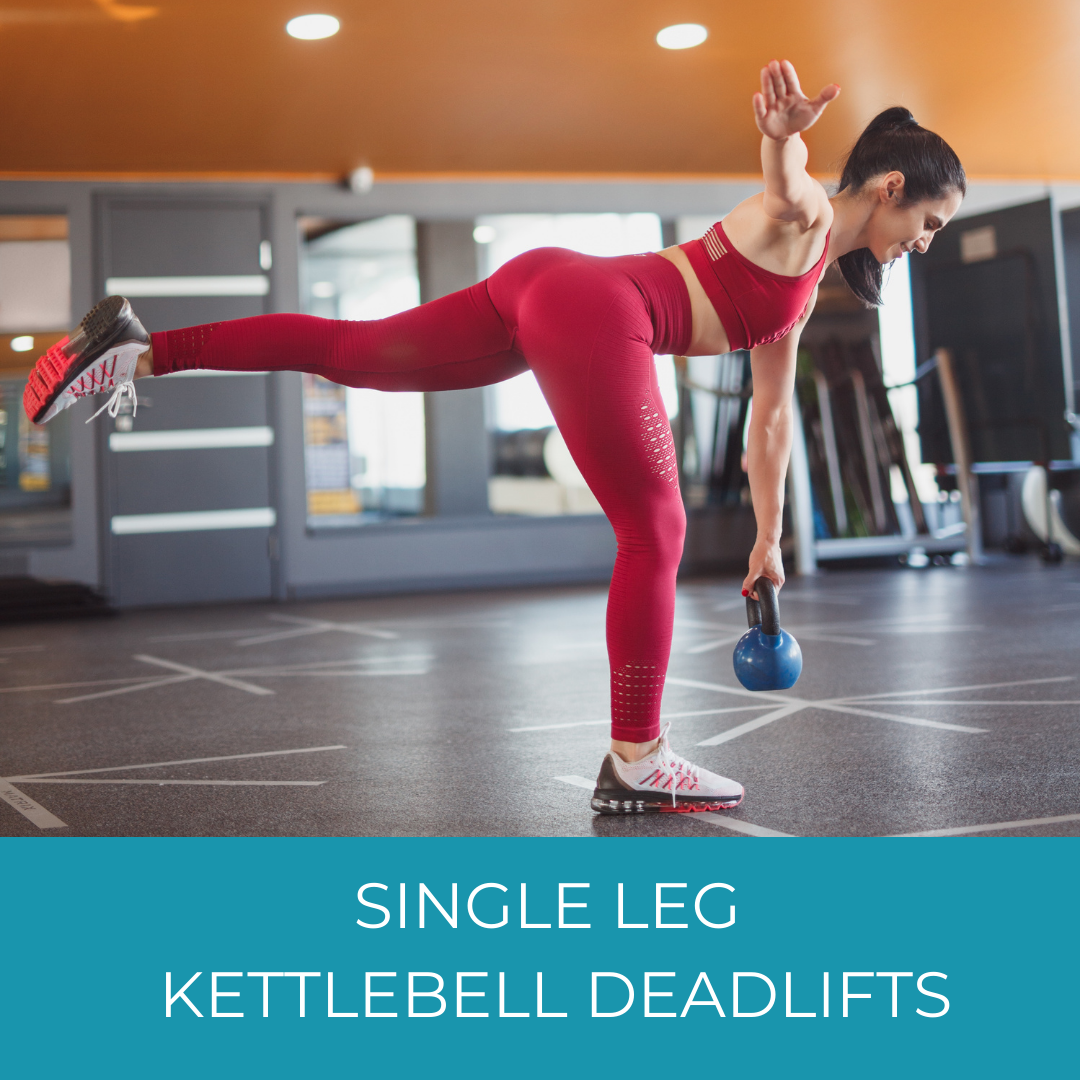
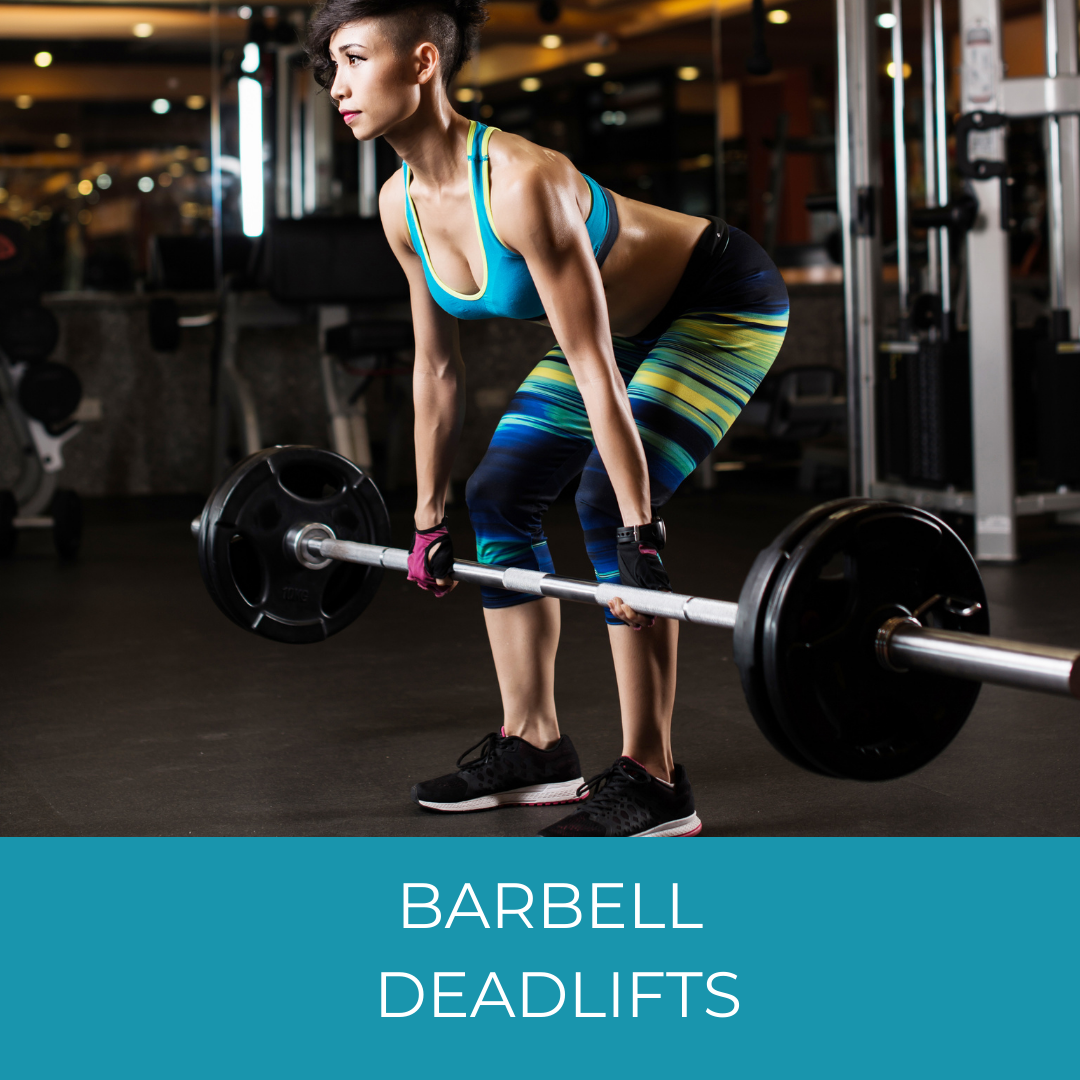

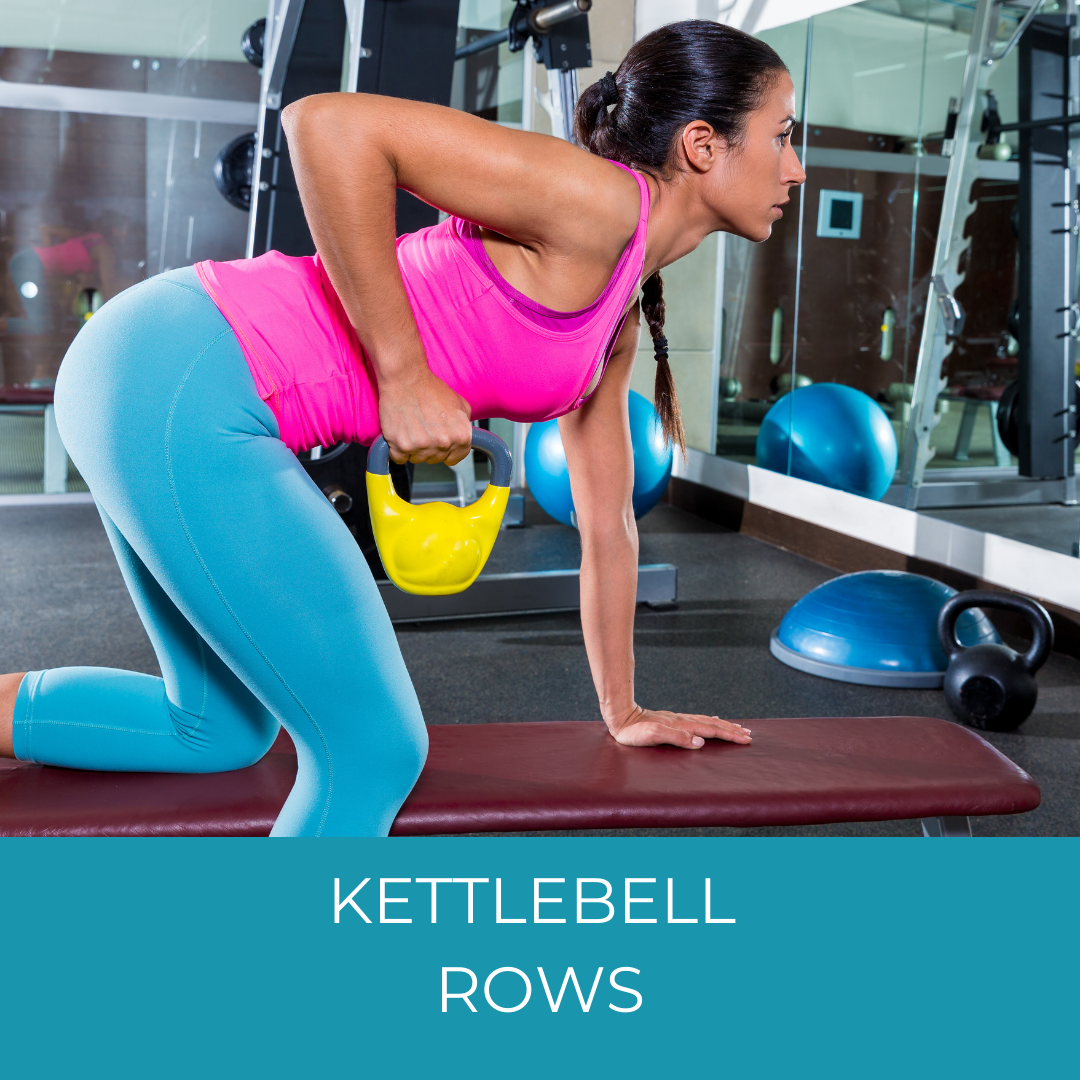
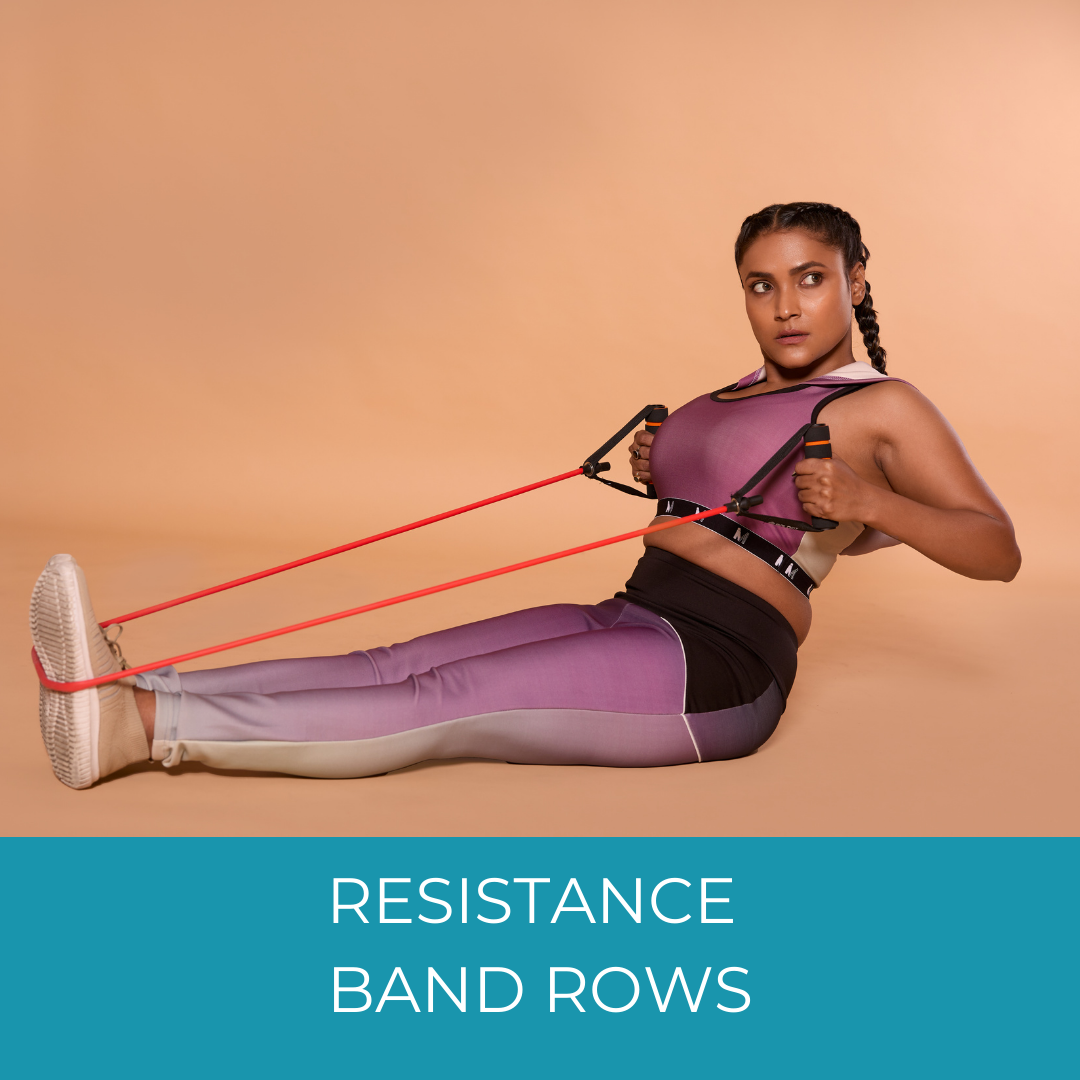


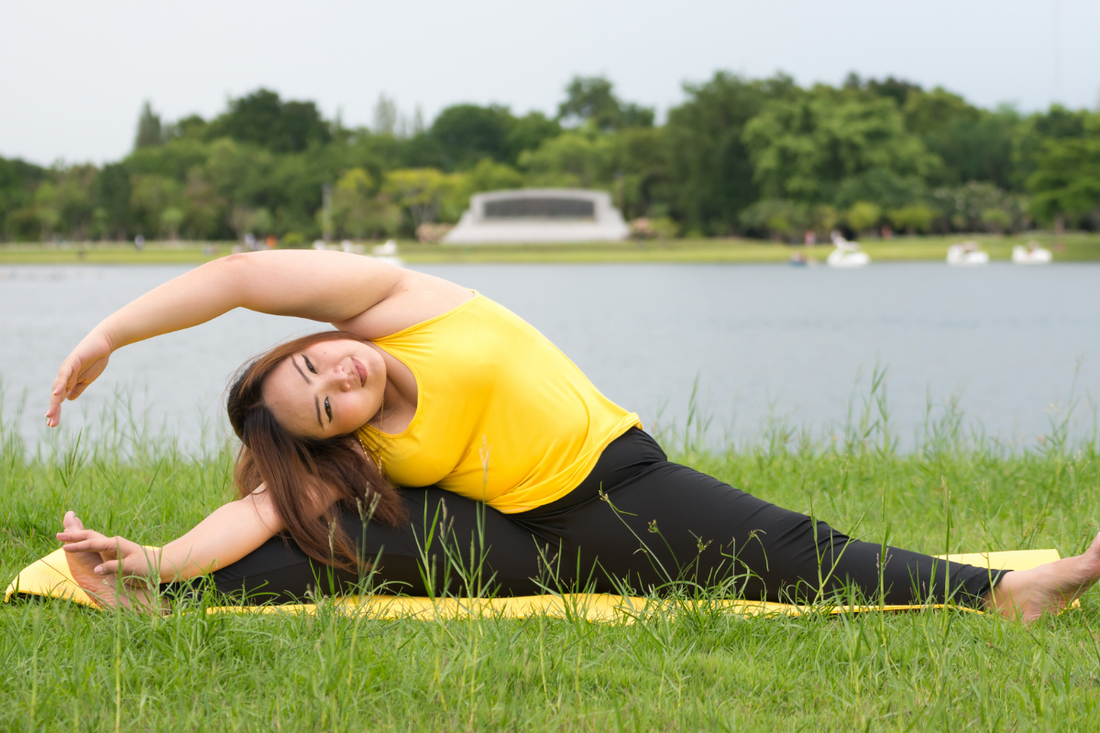
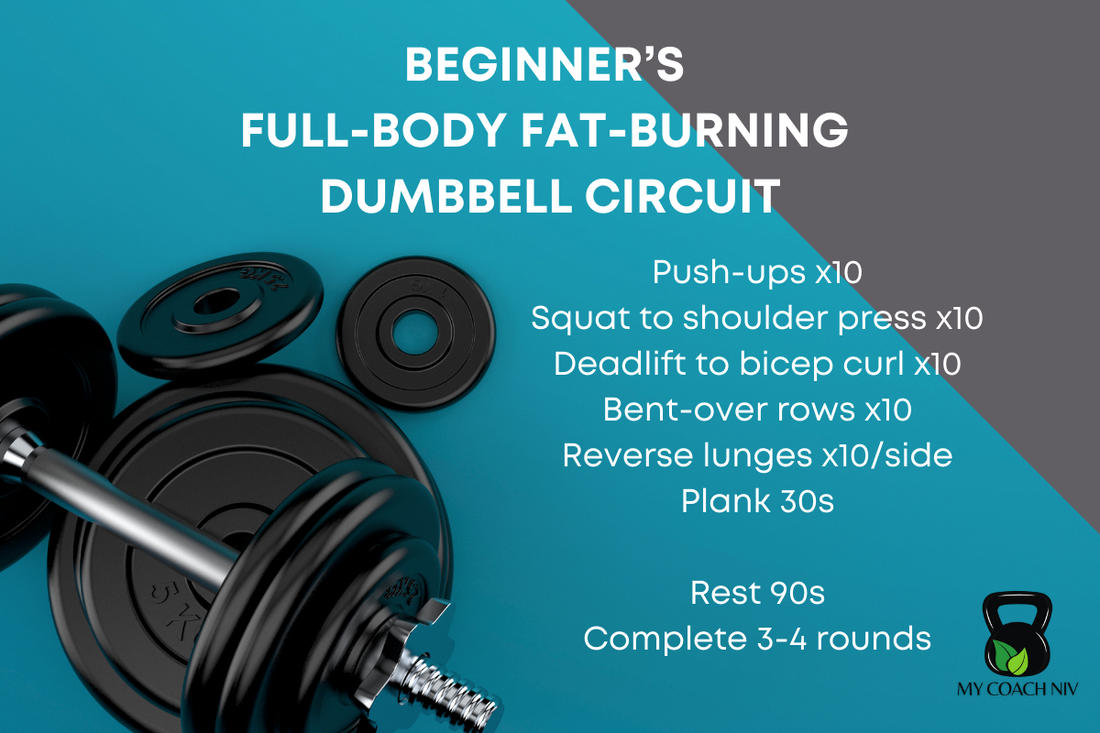
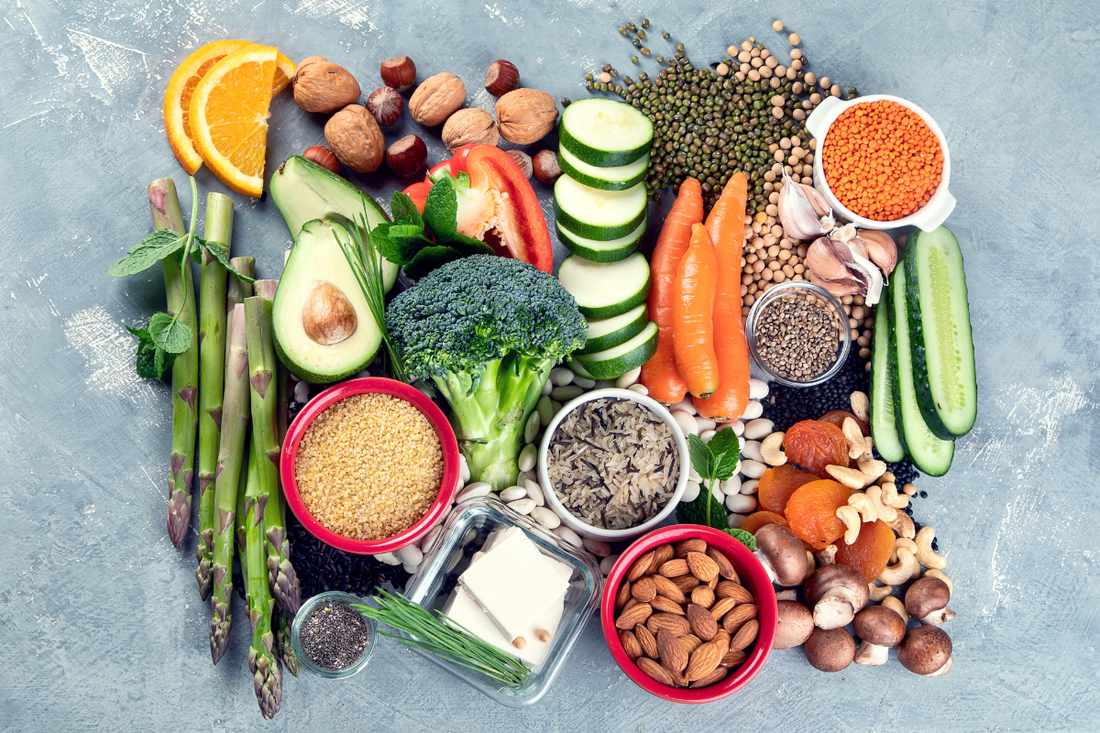
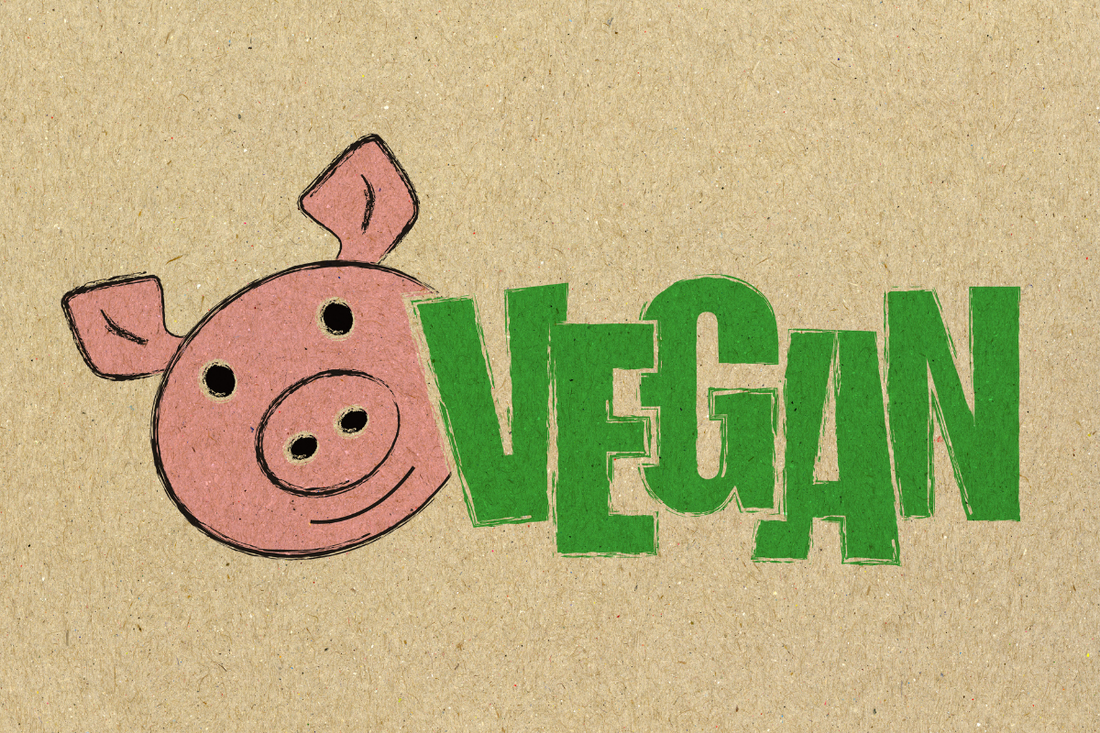
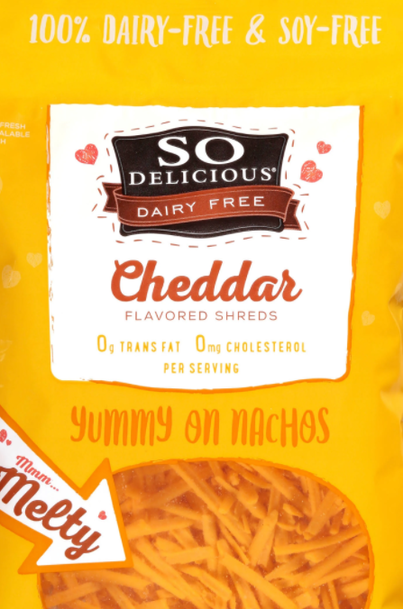


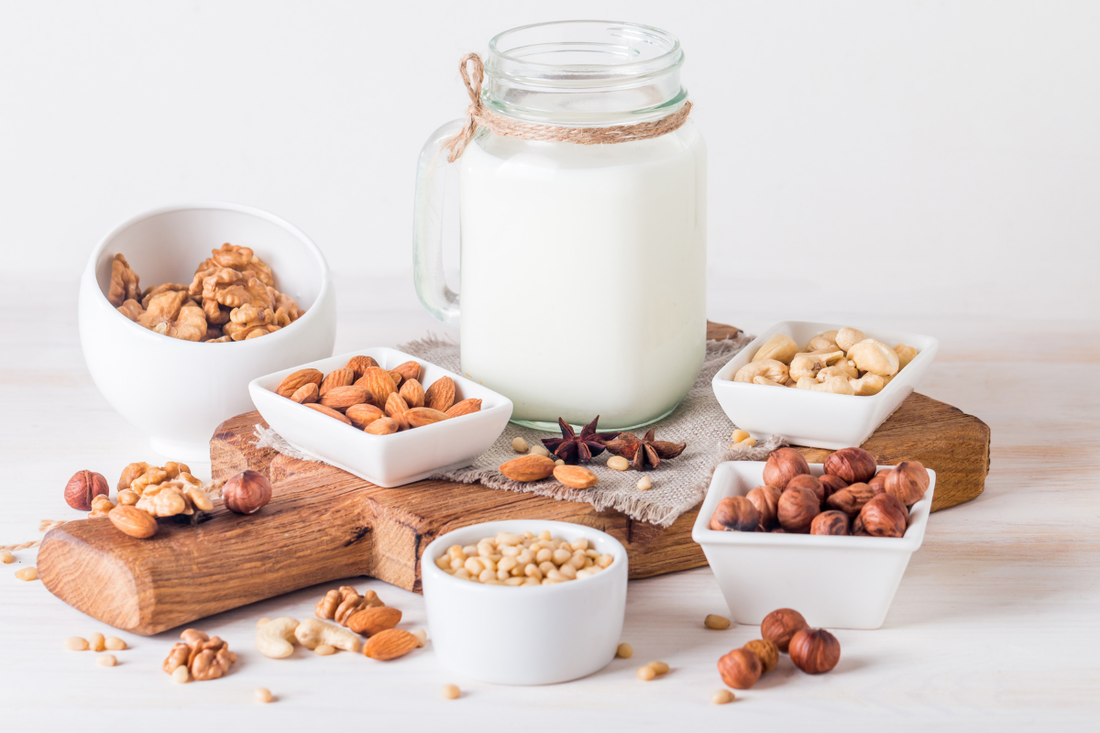
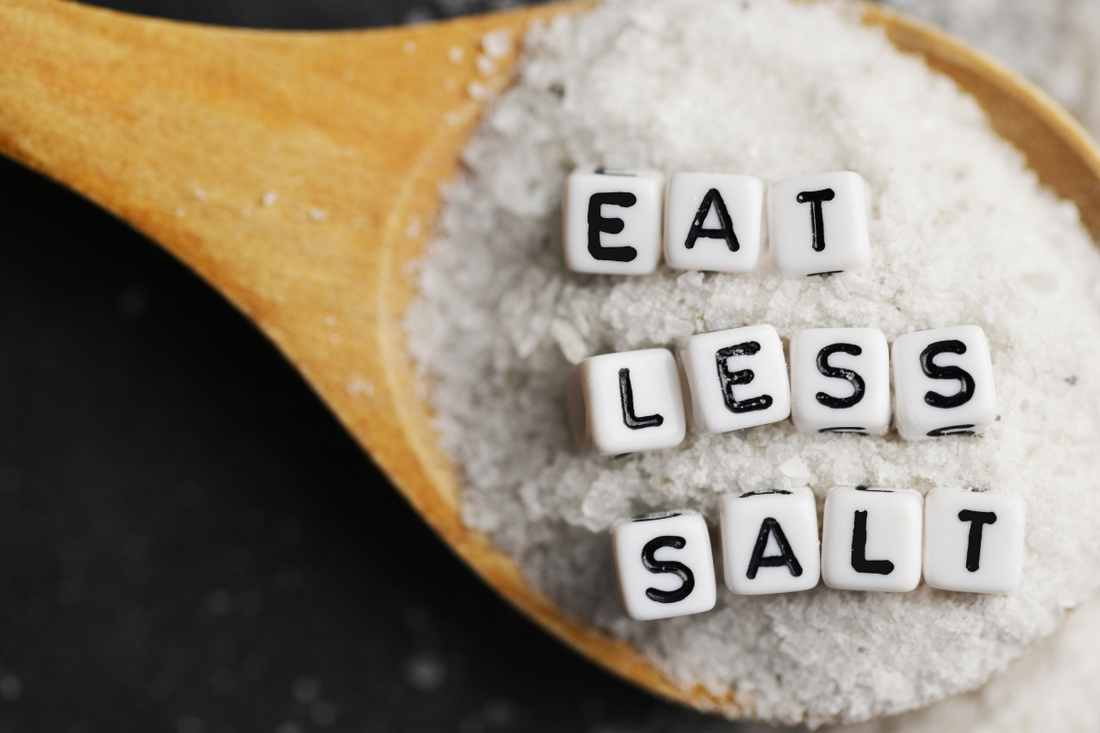
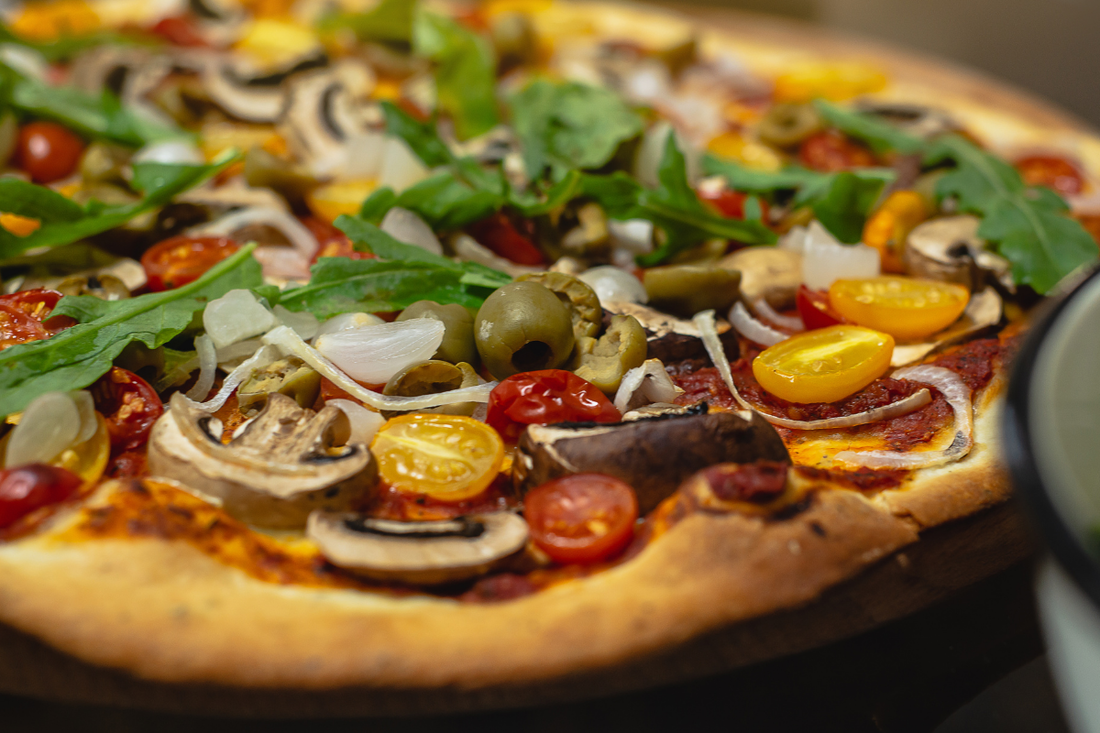

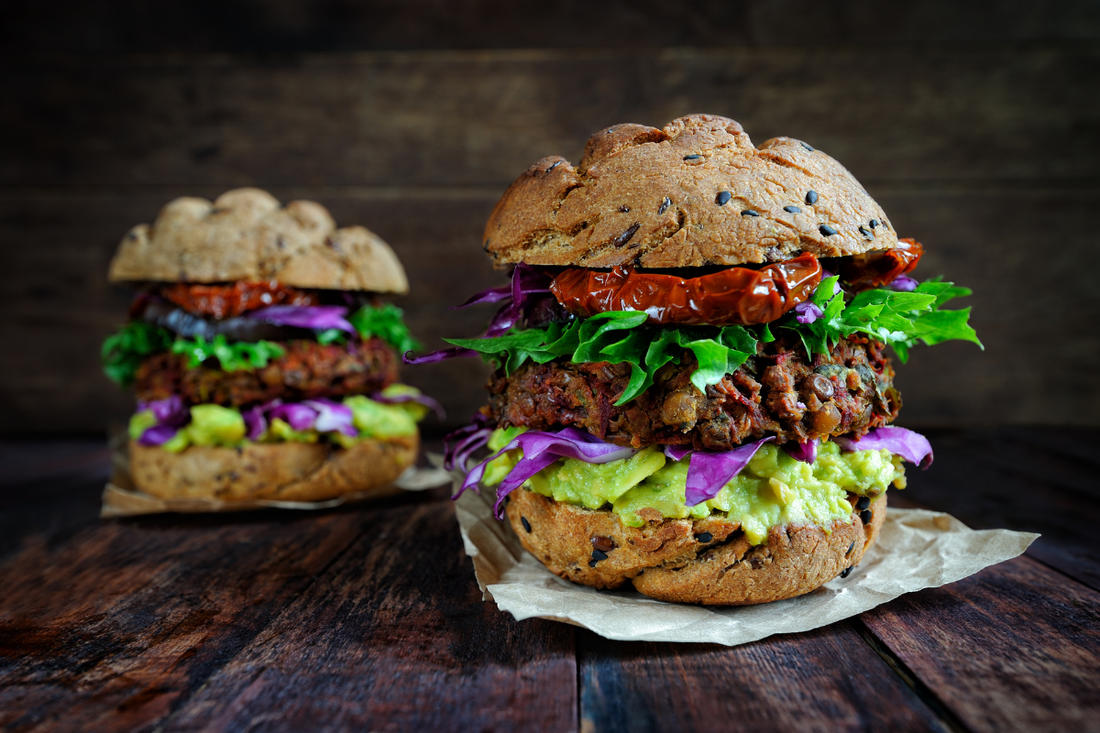
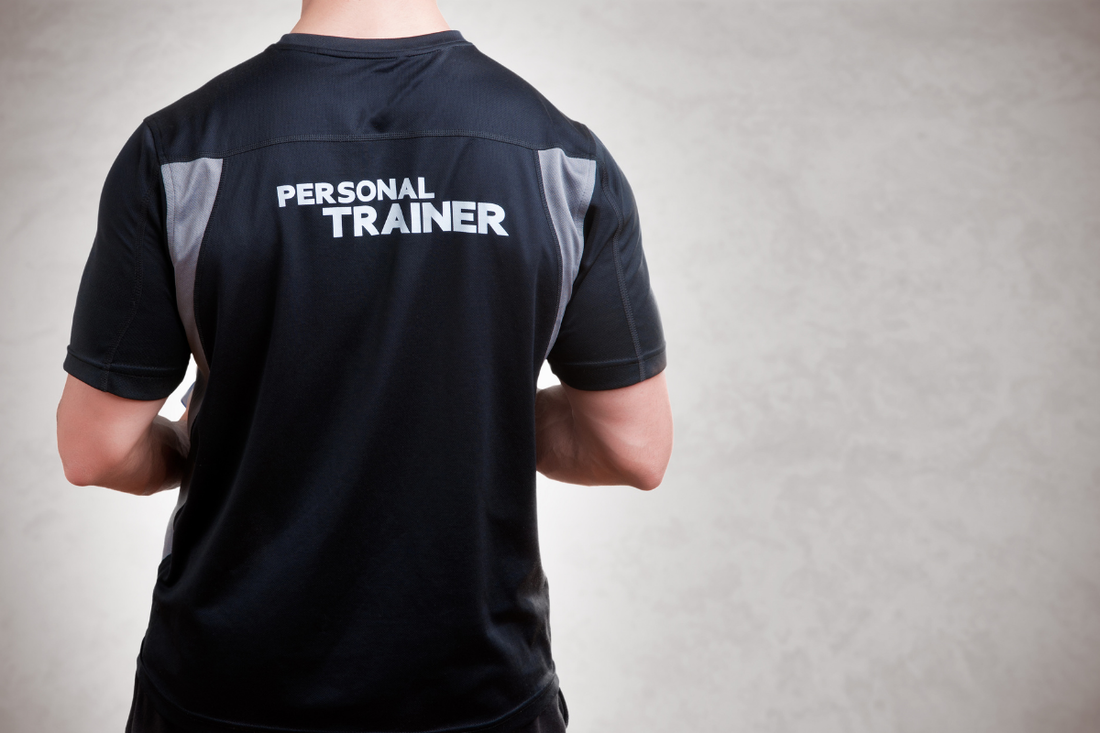


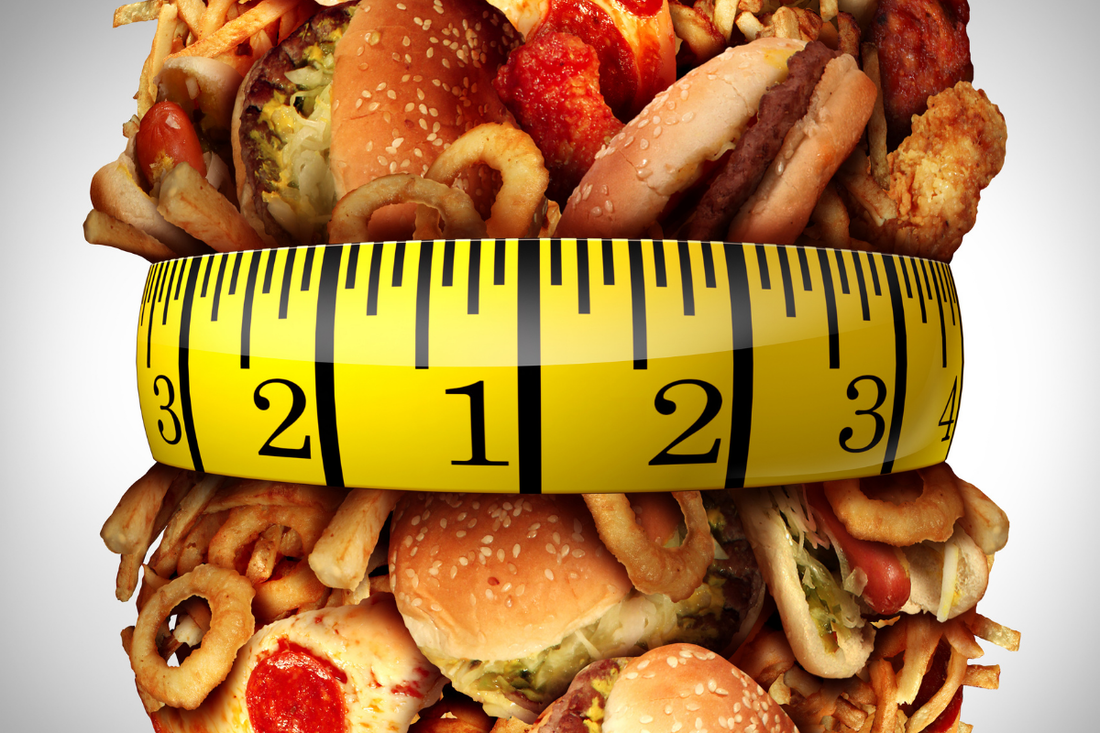
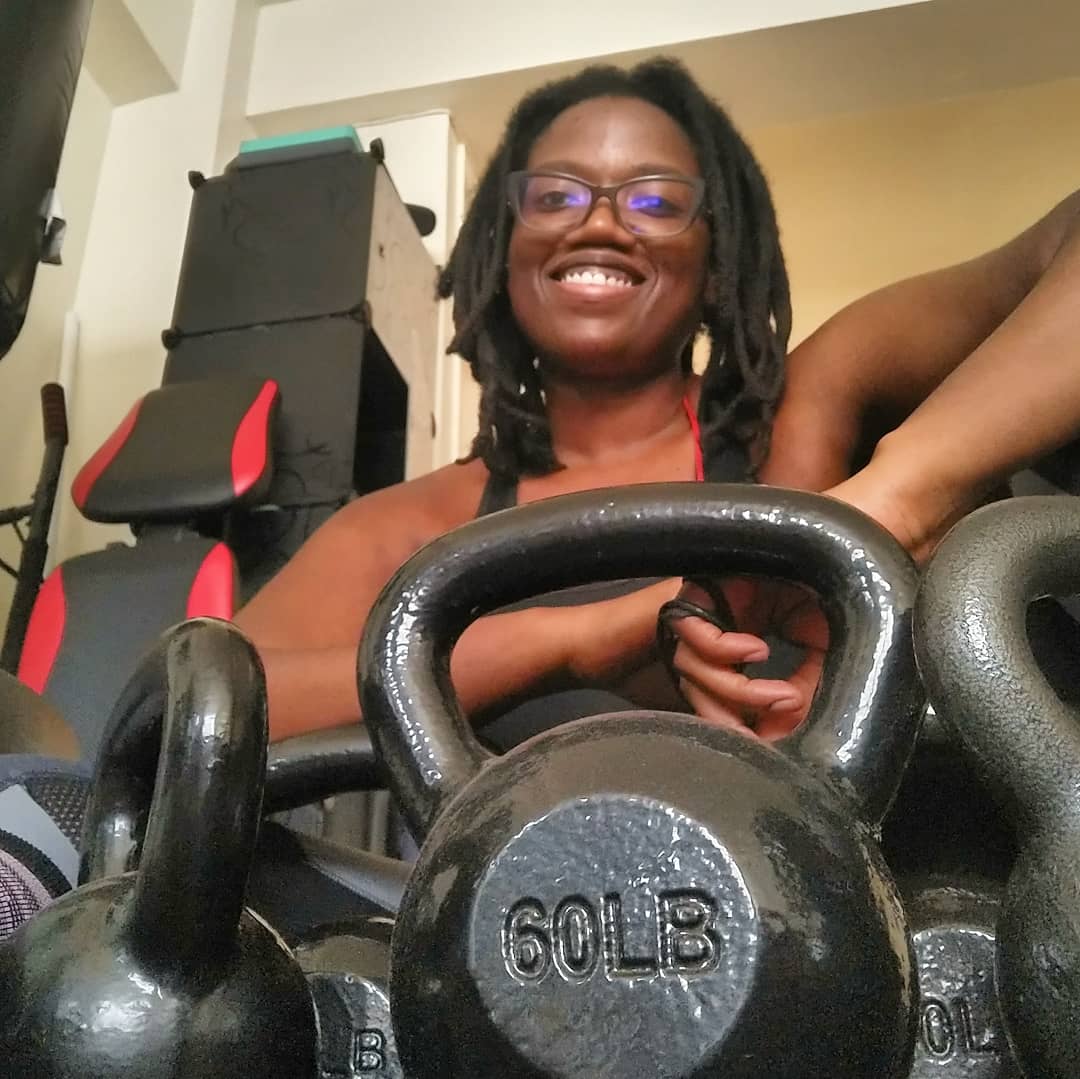
 RSS Feed
RSS Feed
